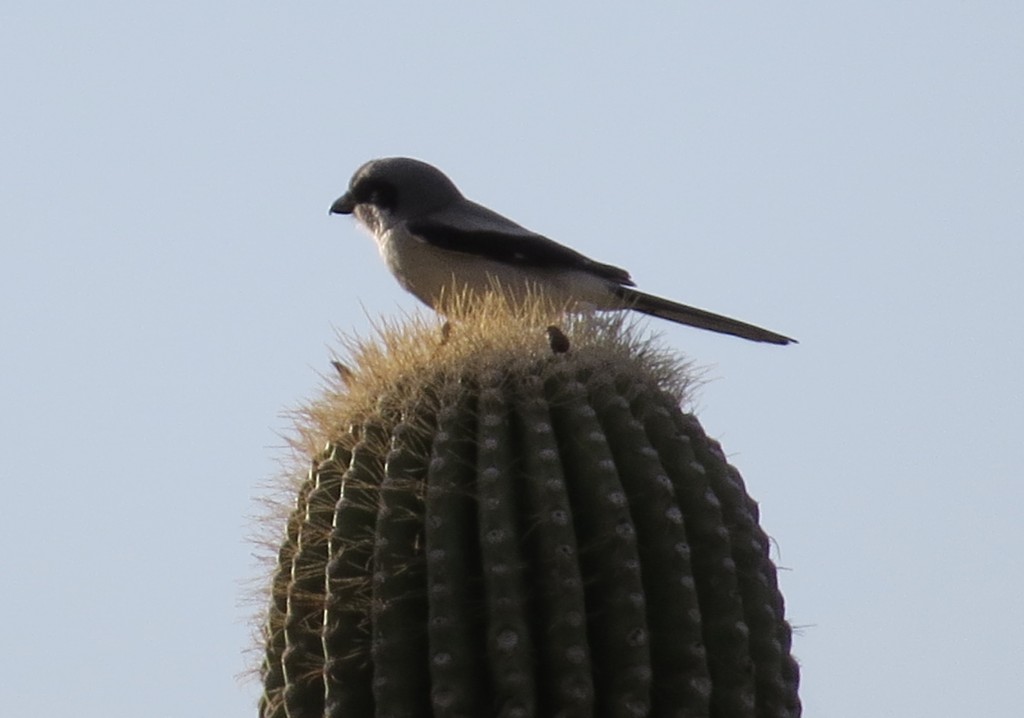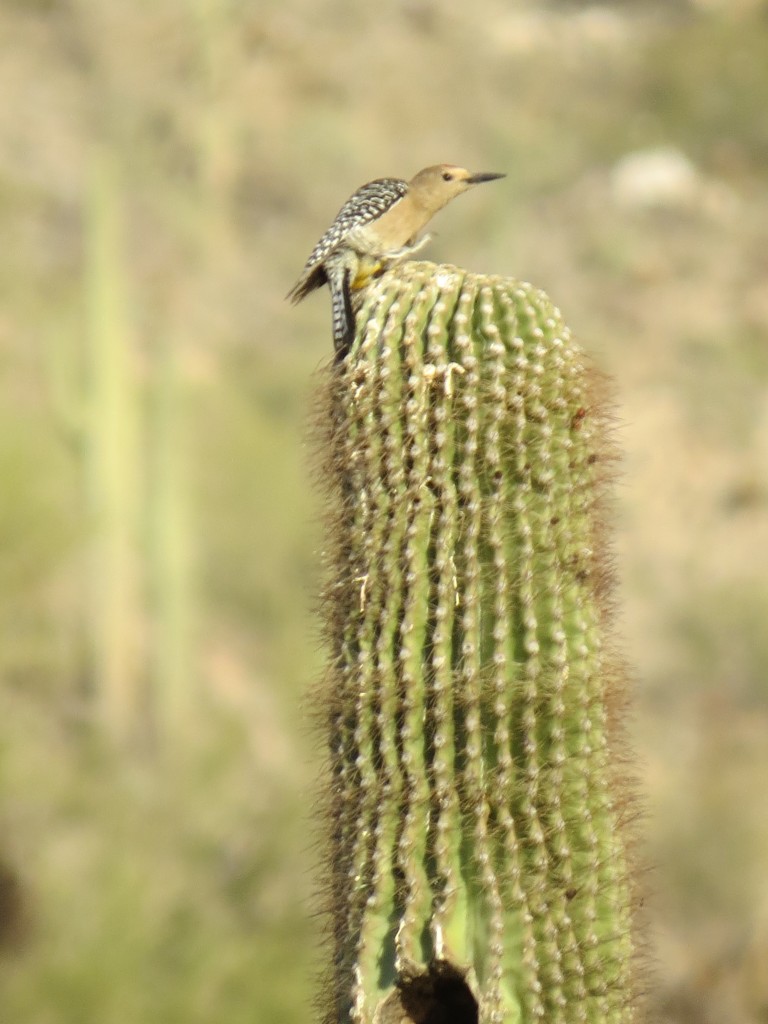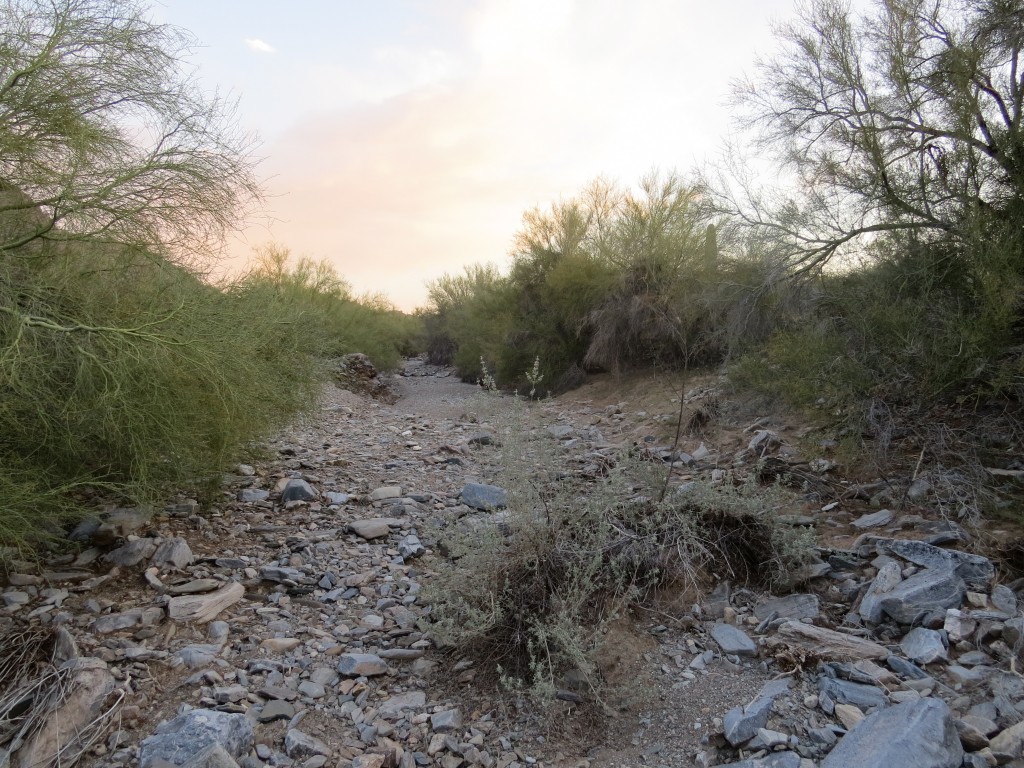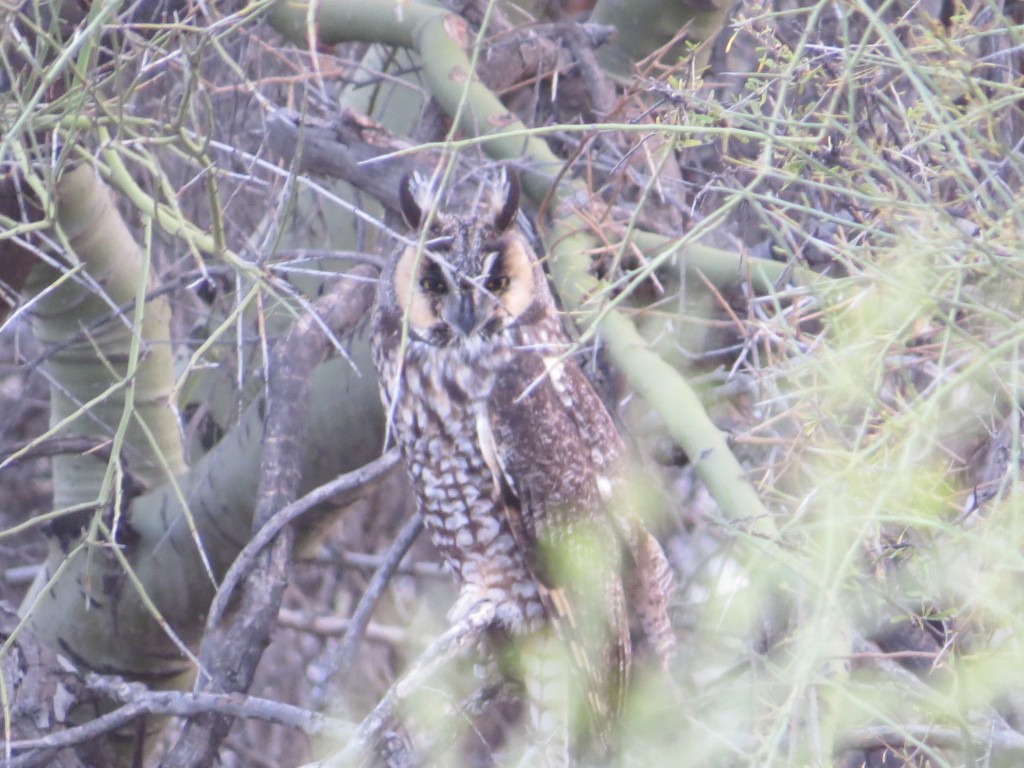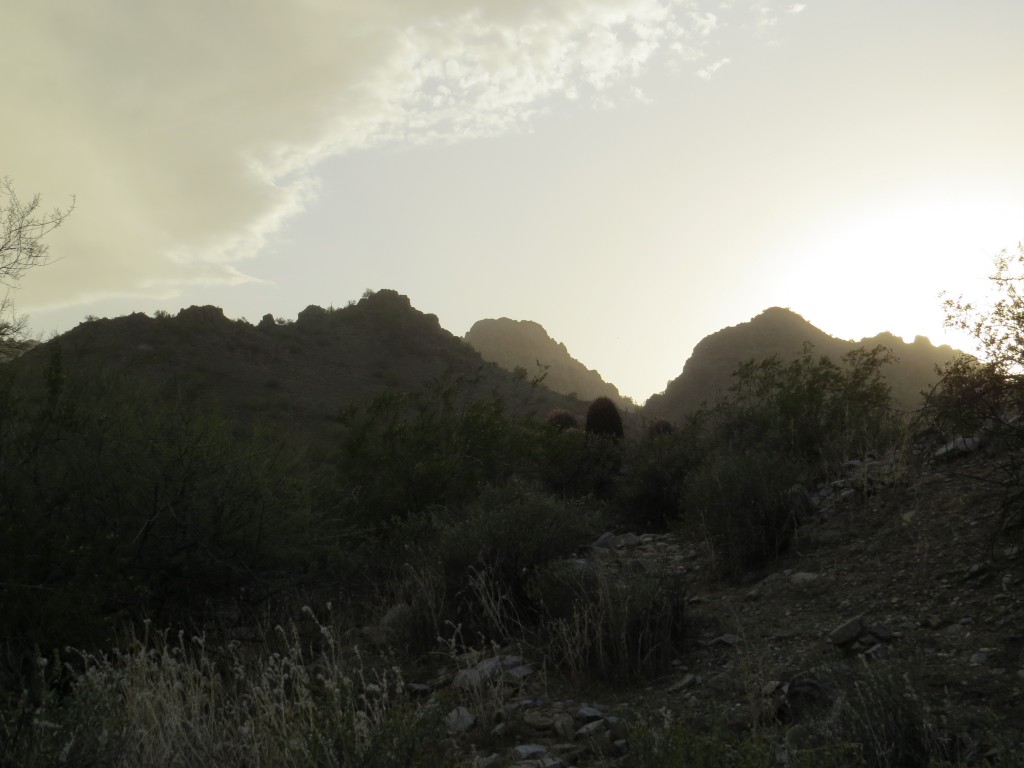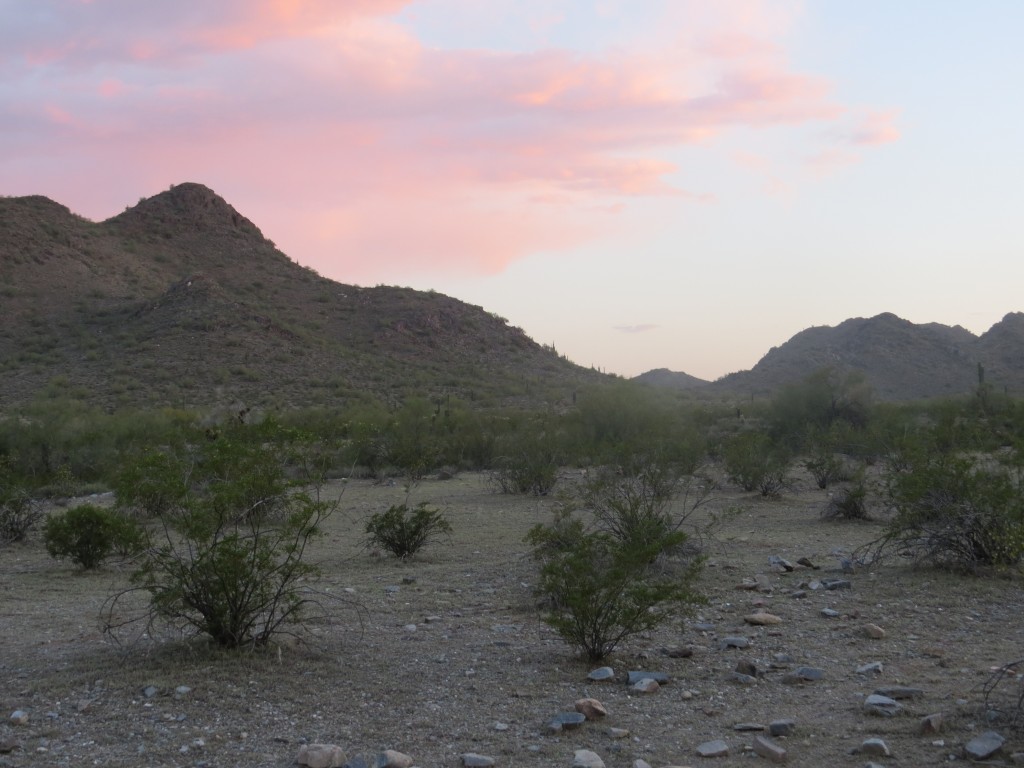As I packed the car that last morning in Colorado, the Western Tanager was weighing heavily on my mind. Yes, I had seen it earlier in the week, but the quick looks and obscured photos were unsatisfactory. Additionally Evan wanted it too. There would be time for one last play. But I doubted that play and felt that Custer County was going to defeat us as it had us surrounded with Western Tanager-less mountains (or so it seemed). Custer was the last option to see WETA as we’d be heading east out of Colorado into lower elevations and windswept grasslands.
I had been debating two options for that play – back to Forest Service Road 383 by Bishop’s Castle where six WETA had been reported or back to Greenwood Road where two had been reported. I got skunked on 383 earlier, and it just didn’t give me a good vibe overall. I finally settled on Greenwood Road; it wasn’t as much of a detour, and I had previous success there. Statistically speaking it was the worse bet, but sometimes a birder has to follow his gut.
With that decision made, we said our goodbyes and began descending the mountain to the Wet Mountain Valley below. As I drove away, fear of not seeing the bird mixed with doubt about my decision. All this was churning inside when I spotted a larger bird at the top of a Ponderosa while that mountain home was still visible and looming large up on the mountain behind us. I had quickly become acclimated to the new species at Jon and Carol’s house and this one didn’t fit any of the profiles. Even as I reached for my binoculars on the floor of my car I had a strong suspicion of what I was about to see and could hardly get those bins up fast enough. And my suspicion was right for I was looking at a Clark’s Nutcracker! Oh yeah!
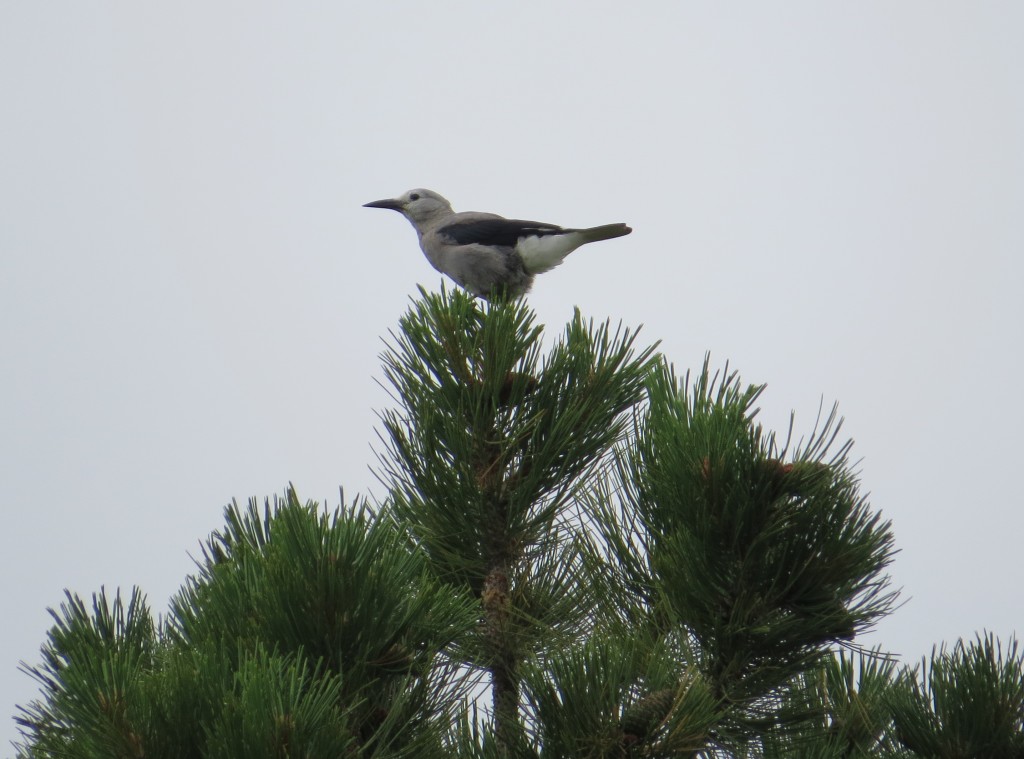
Clark’s Nutcracker
Evan looked up to get his check mark while I hopped out to follow this bird around a bit and get some photos. I had hoped I would get this bird in Colorado, but I had read it’s a high elevation bird near the timberline. Needless to say I was quite surprised and delighted to find one at 8,300 feet. The whole time I observed it, it made this rasping, croaking sound. I had heard that sound the past couple days but didn’t know what was making it.
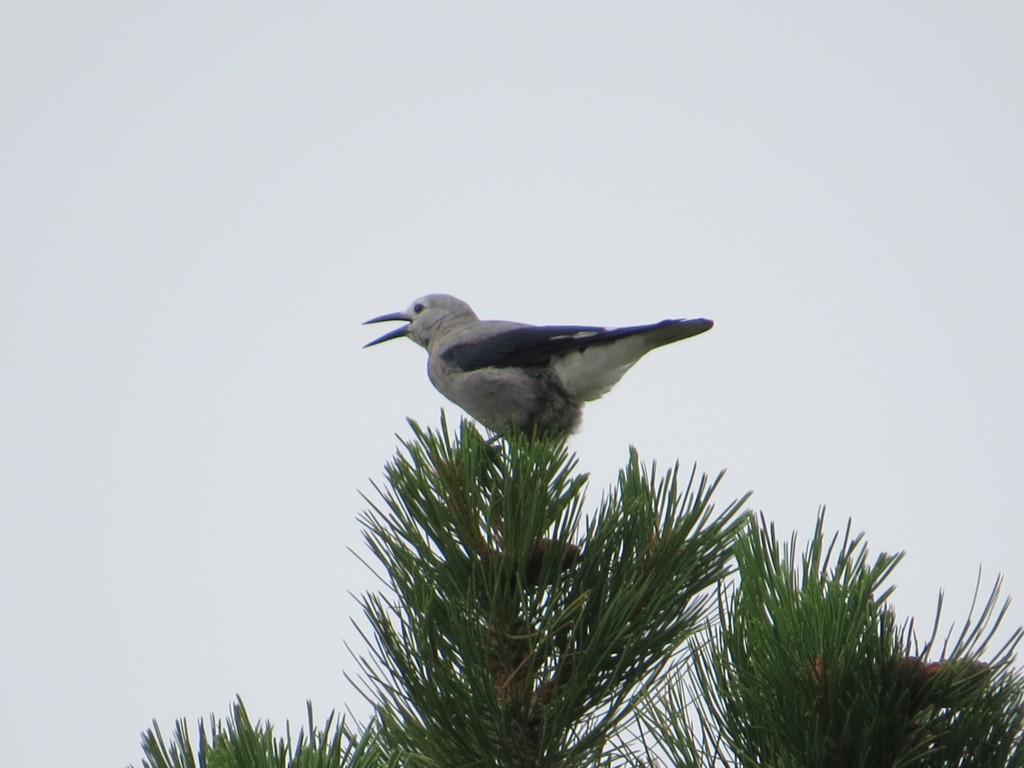
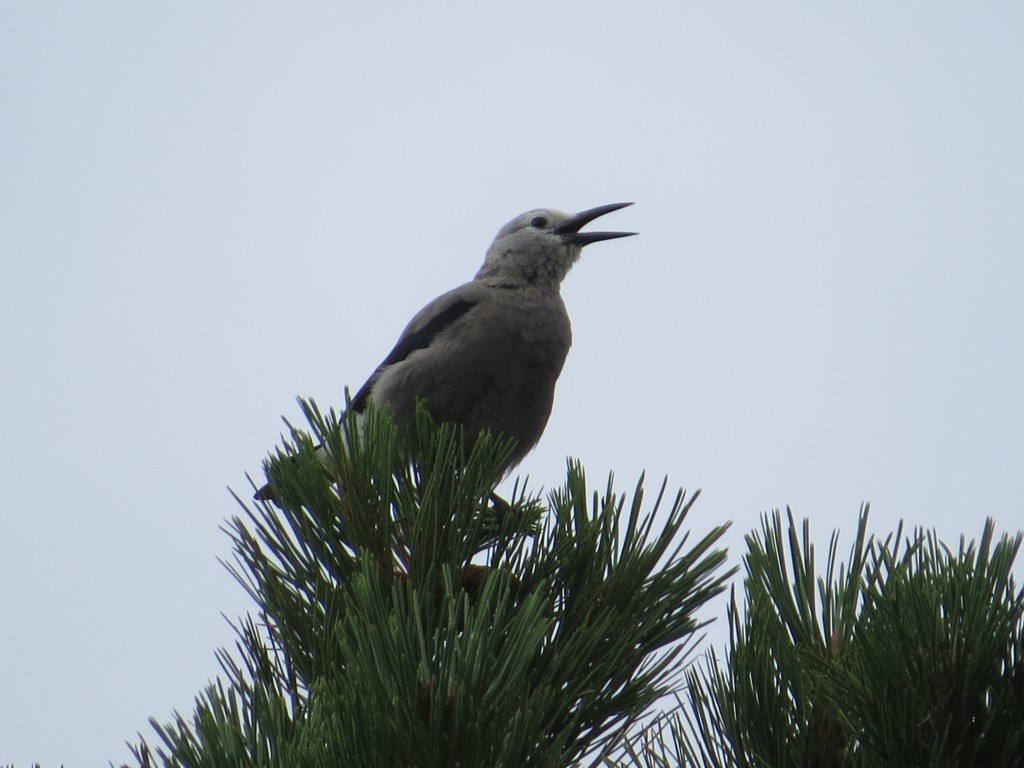 This was quite the thrill seeing this cool bird. Every new western species I find is a double bonus – it is one more for the life list and one less vagrant to chase in Minnesota. I missed out on a Clark’s in Minnesota just before I really got serious about birding.
This was quite the thrill seeing this cool bird. Every new western species I find is a double bonus – it is one more for the life list and one less vagrant to chase in Minnesota. I missed out on a Clark’s in Minnesota just before I really got serious about birding.
Now the prospect of potentially losing out on Western Tanager was easier to stomach. We eventually left the Clark’s to do his croaking and eating in peace, and we later arrived at the Greenwood Road for the moment of truth. This road is a few miles long with very few inhabitants. It was a nice, quiet, birdy-kind-of-road. Not wanting to make this trip agonizingly long for the family, I was traveling around 25 mph – slow enough to bird but not too slow to keep us from making decent progress on our way home. Melissa then told me I’d never see anything going that fast. (Isn’t she great?) Ok, then, so I dropped it down to 5 mph. Melissa asked me what we were looking for so she could help. Some of you may remember that she found all five of those Aitkin County Great Gray Owls and that bevy of Burrowing Owls in Arizona. Anyhow, I explained the red, yellow, and black pattern to her of the tanager. I no sooner said it and she pointed and said there was a bright yellow and black bird in the pine just ahead of us. No binoculars were needed to see we already found the Western Tanager! Of course, Evan couldn’t see it and the pressure or exhaustion was getting to him and the tears started coming. I hopped out to grab a photo while Melissa was able to get him on the bird. But that sneaky WETA was using his best goldfinch disguise. I only got this shot before it flew across the road and down to the ground.
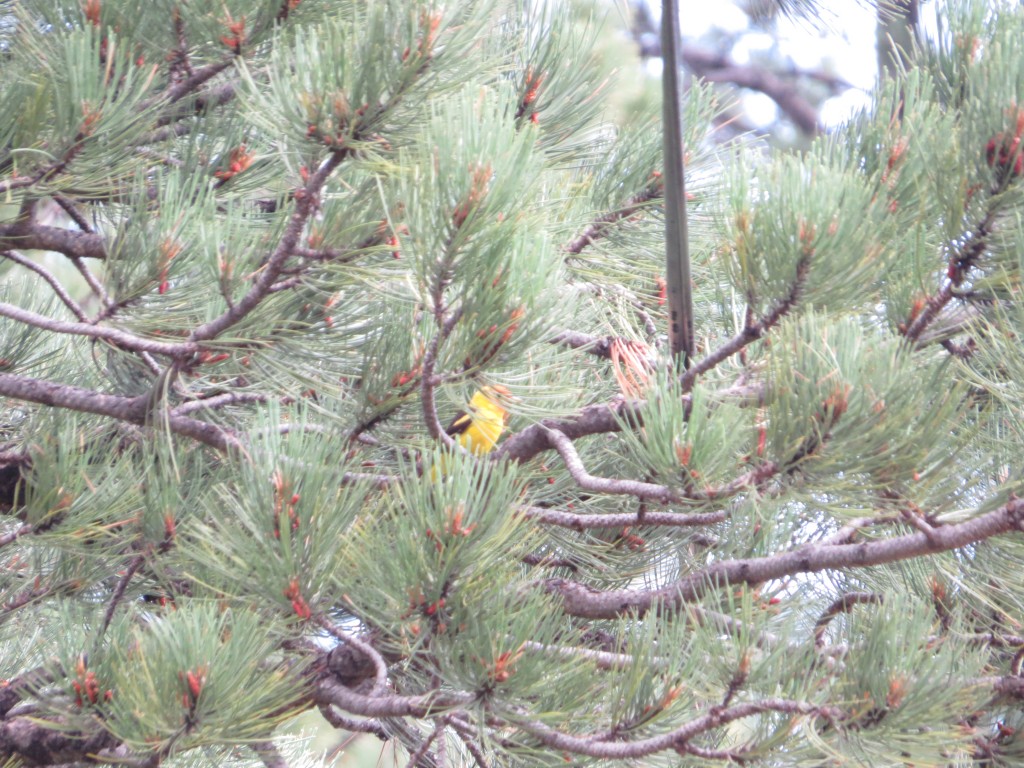
I watched and watched the spot where it flew to the ground. What in the world? They’re supposed to be birds who prefer the tops of conifers. Eventually I figured it out as the now soggy Western Tanager flew up to a bush after bathing in the quiet mountain stream that was running alongside the road.
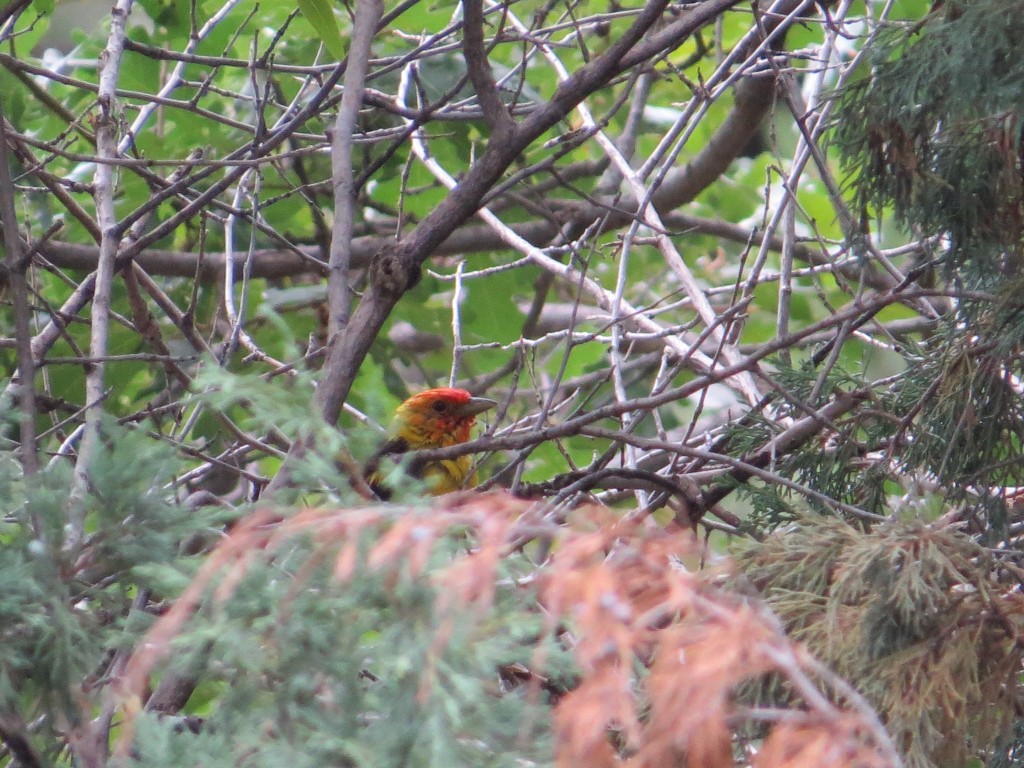
The bird continued to sit in one spot, preening itself. Even though it was still, the distance was too great and the bird too wet for any remarkable photo.
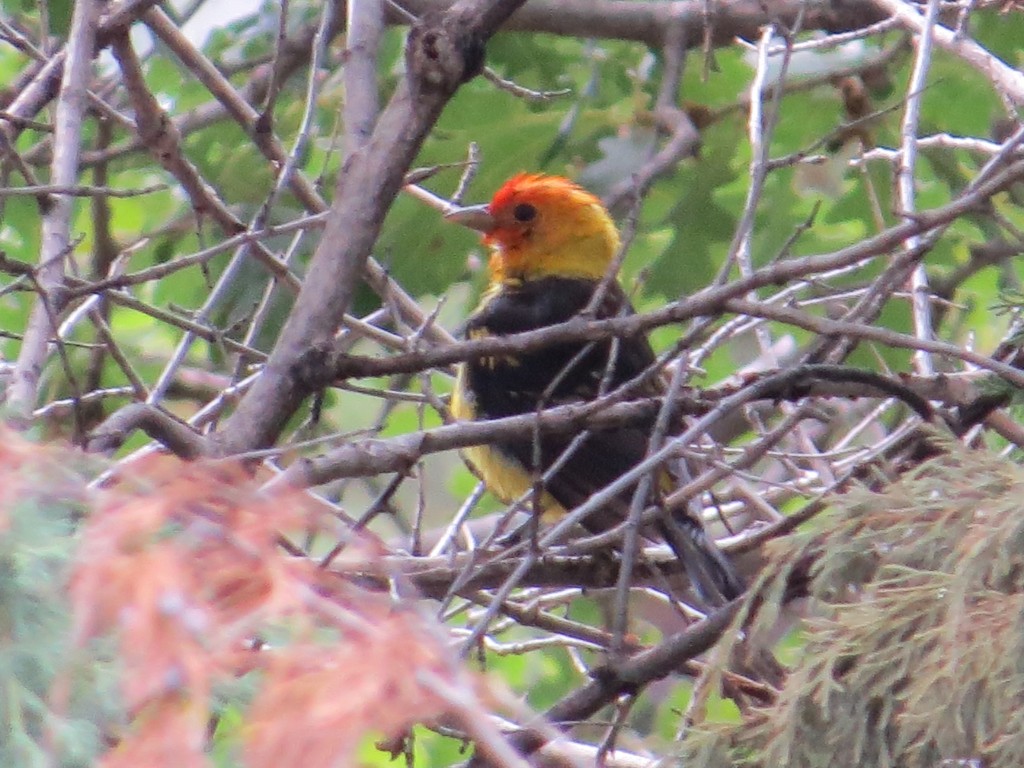
Eventually it flew, and I couldn’t relocate it. It was nice to get this one for Evan. I was also able to improve my photo of the bird just a little, so I was content. Even still, we kept birding. There could be more Western Tanagers around. We saw some empids, and based on eBird reports they were probably new birds for us. I didn’t care though. I will fight the empid identification battle in retirement when I have more time. Time was precious right now, and I wanted to see more Western Tanagers with our last remaining minutes in the mountains.
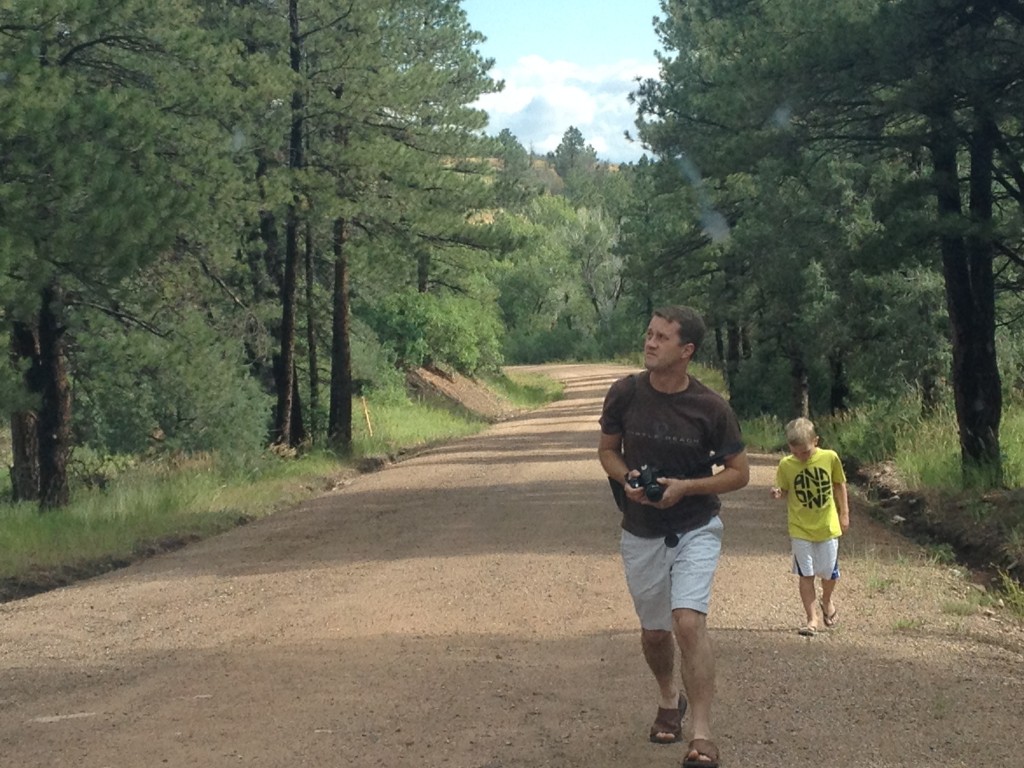
Evan and I searching for Western Tanagers along Greenwood Road, Custer County, Colorado
Reaching the end of the short Greenwood Road, we turned around to drive down it and back one more time. Good thing we did because I saw another(?) Western Tanager fly across the road. I got one photo before it was gone for good. Not a crush, but it was enough to defeat Custer.
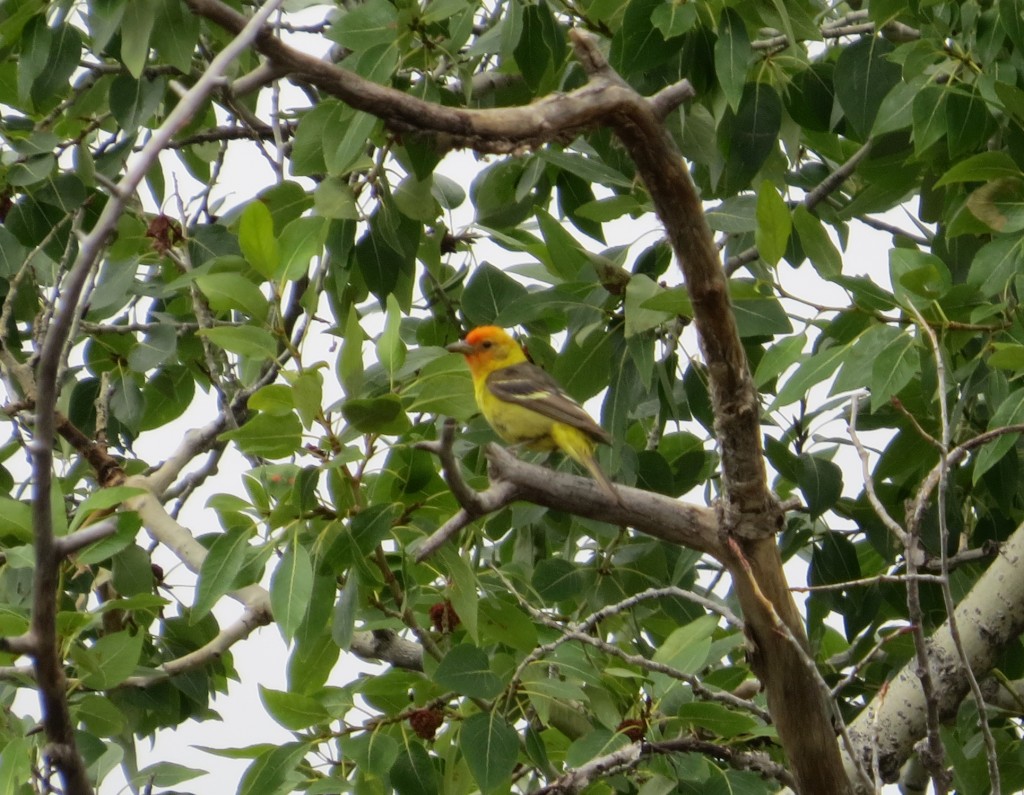
Western Tanager
Though I was still ignoring empids and the like, there was a bird I couldn’t ignore because its size, its numbers, and its awesomeness wouldn’t allow it. From a streamside Willow Tree, a half dozen big birds flushed high into the pines above. From the same eBird report I had read earlier, I knew these were Band-tailed Pigeons! And they kept pouring out of that tree. We must have seen 20.
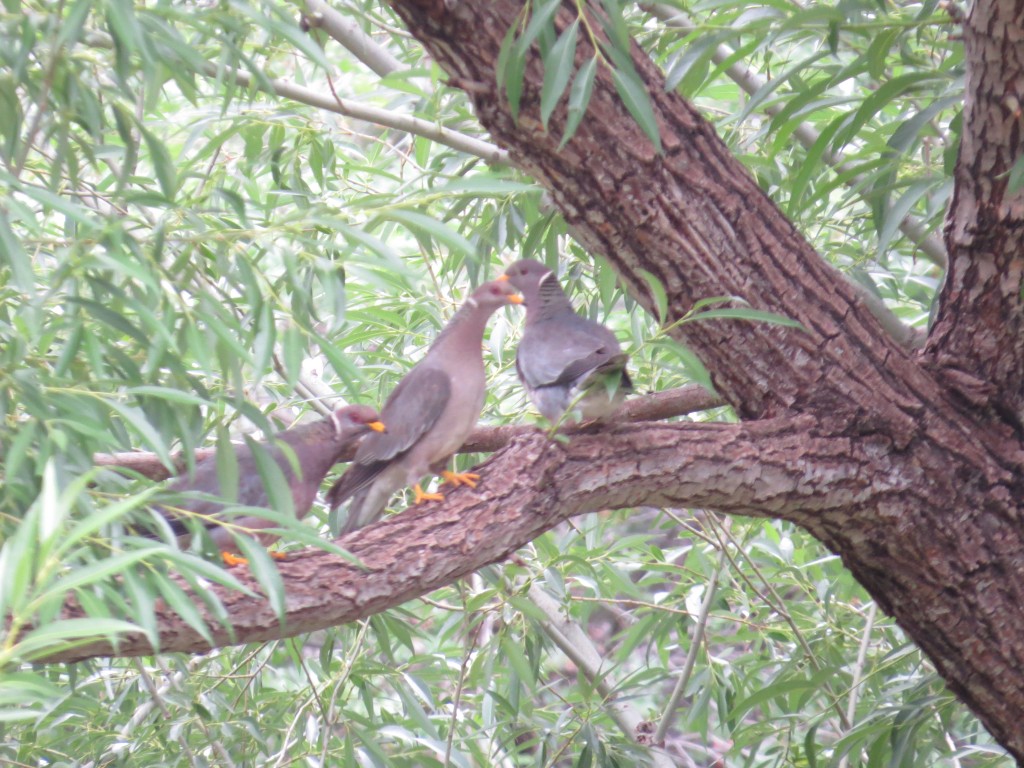
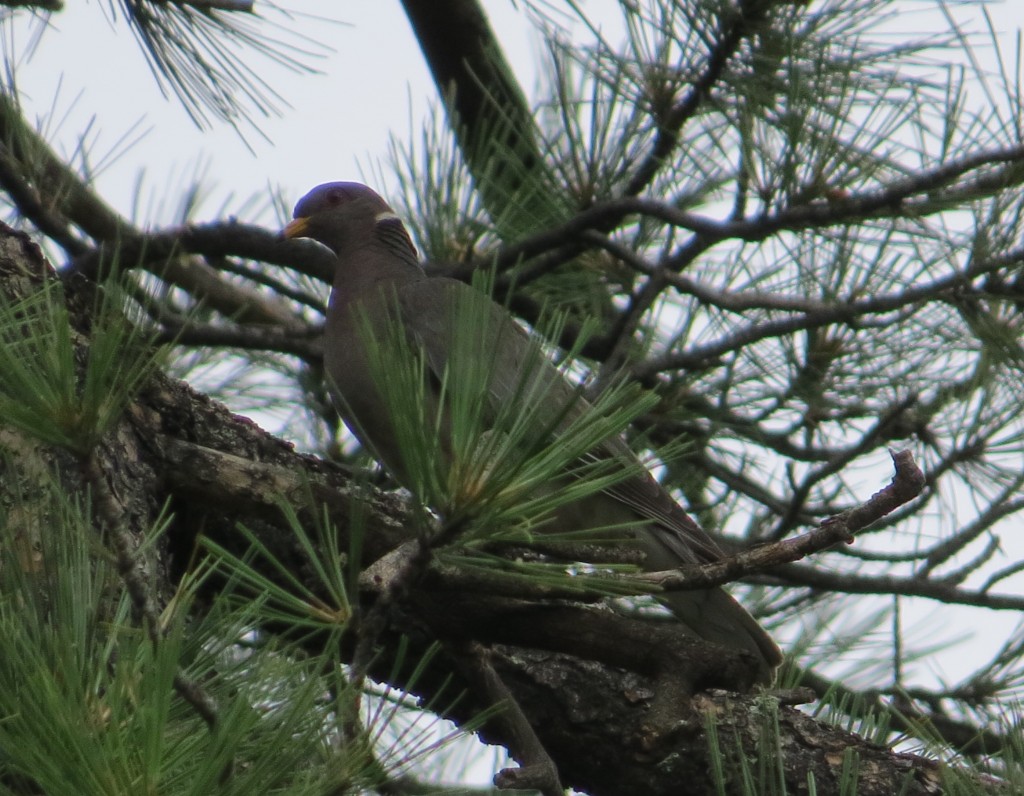
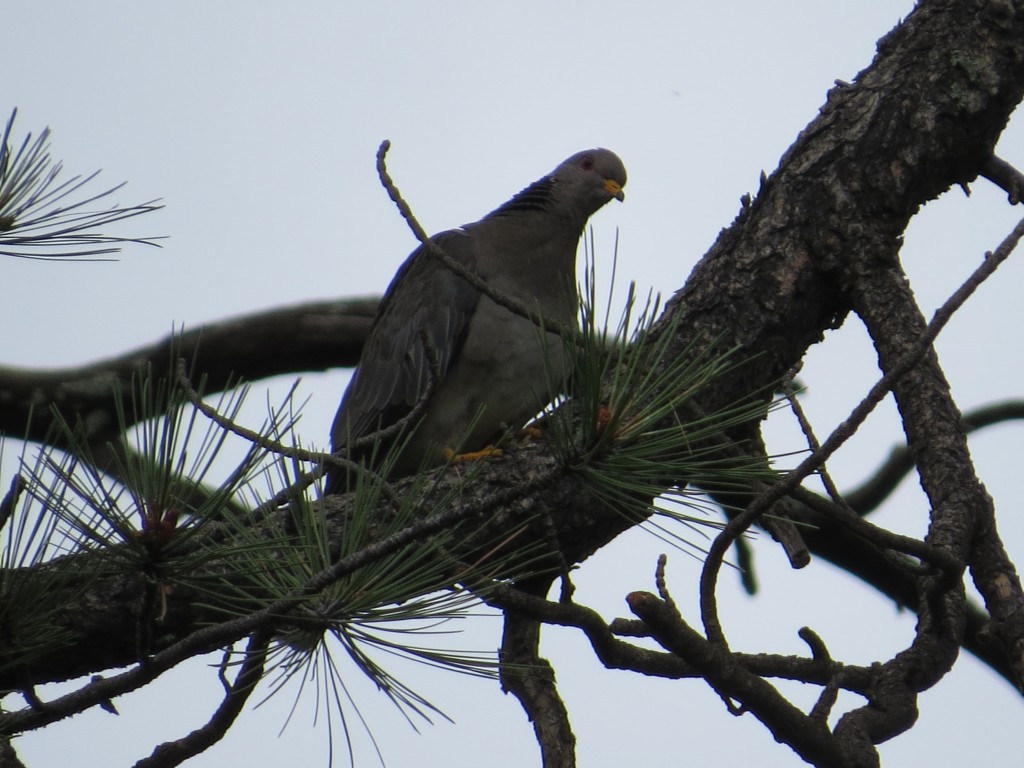
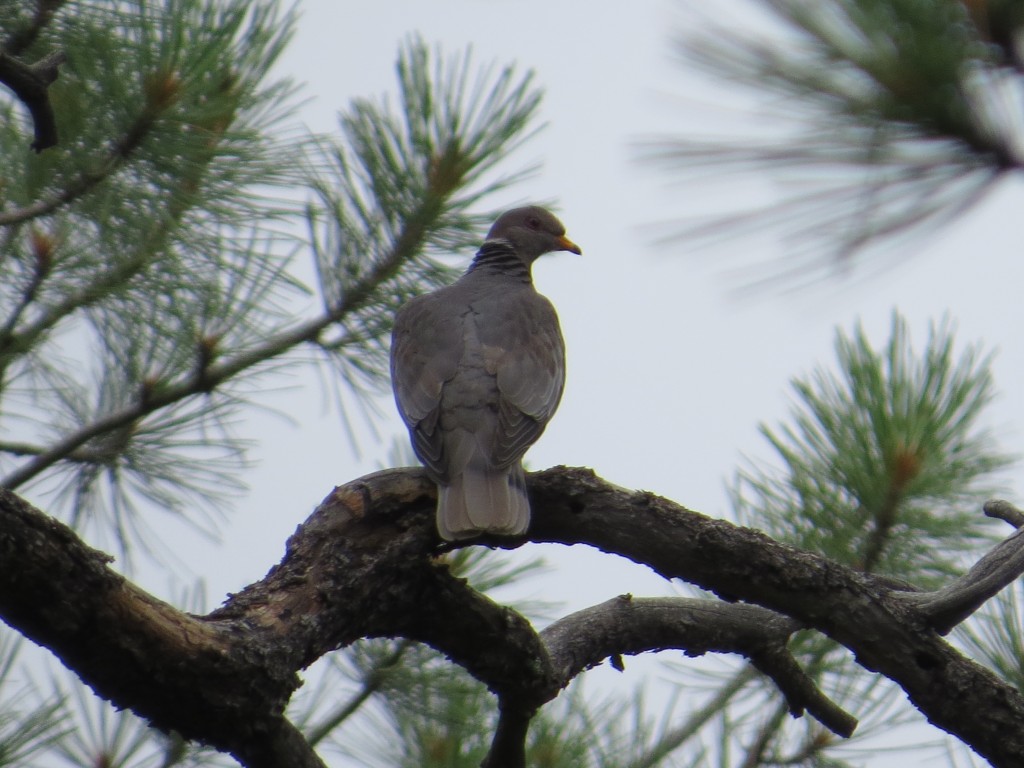
Two big bonus lifers (three for Evan) and the number one target nailed – I think we beat you, Custer. In the last post I had said this would be the final Colorado post, but leaving the mountains is a natural break in the story and a good place to stop. The story of the rest of the journey home will be a short and sweet post and will truly be the last one. Colorado had one more big gift for Evan, and Nebraska surprised us.

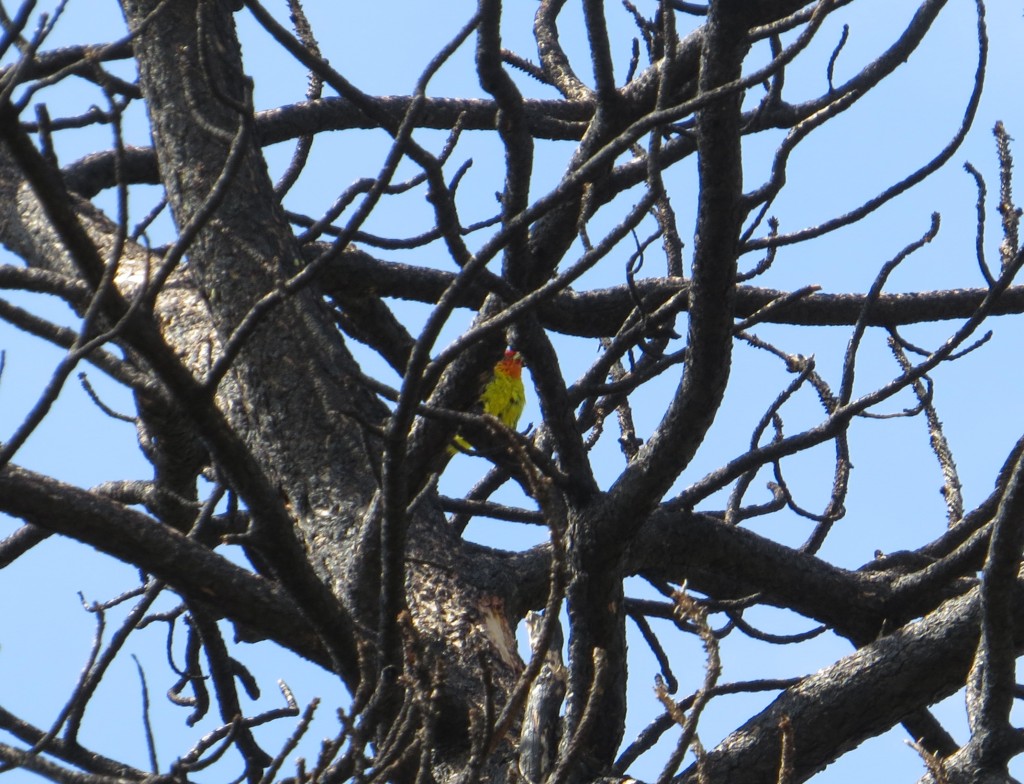
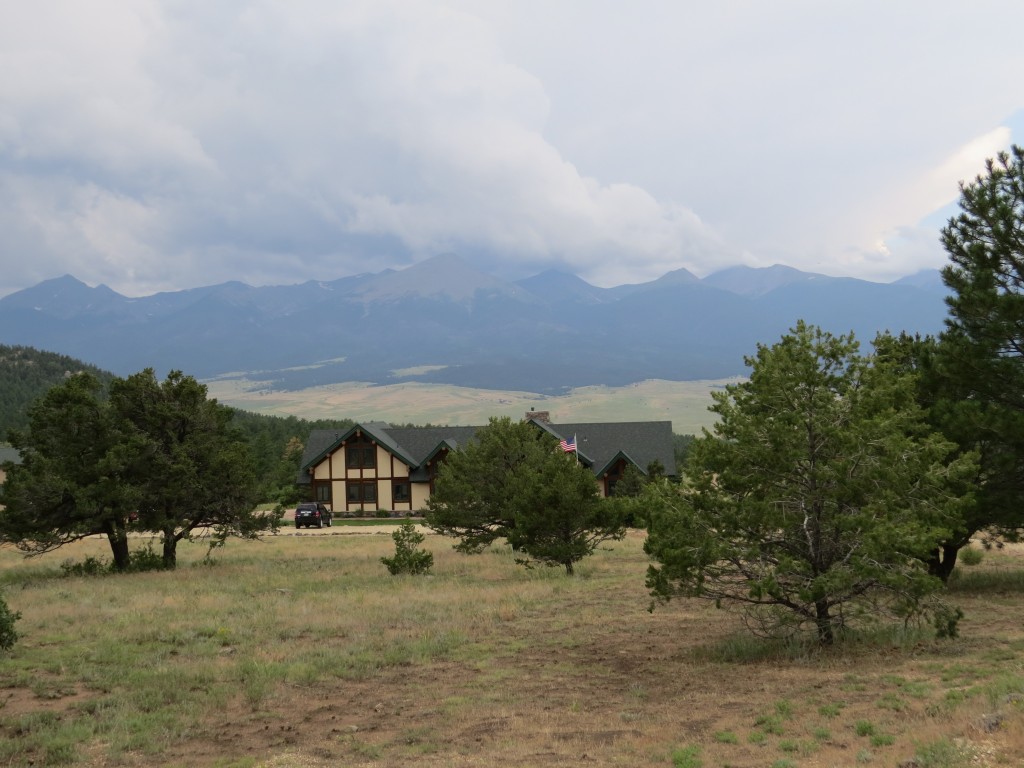 The yard-birding was fantastic here. I smiled as I heard and saw more Spotted Towhees than I could count, many of them cheerfully hopping just a few feet from me. Broad-tailed Hummingbirds were heard more often than seen as their metallic buzzing would alert you to their presence.
The yard-birding was fantastic here. I smiled as I heard and saw more Spotted Towhees than I could count, many of them cheerfully hopping just a few feet from me. Broad-tailed Hummingbirds were heard more often than seen as their metallic buzzing would alert you to their presence.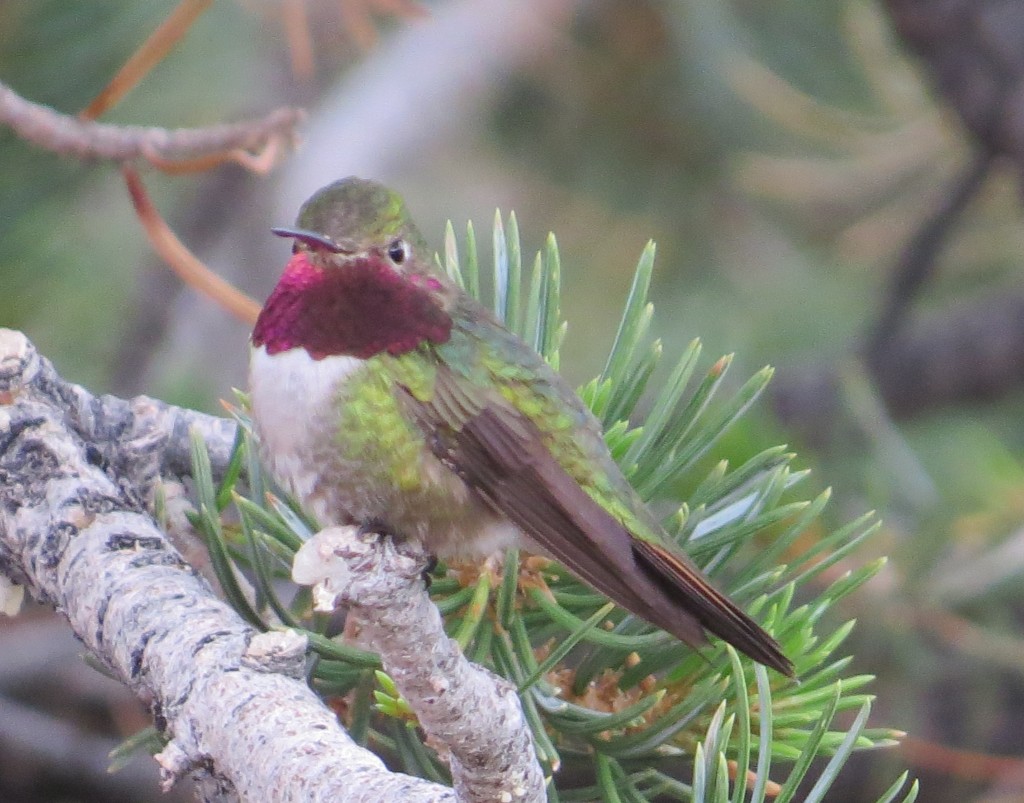
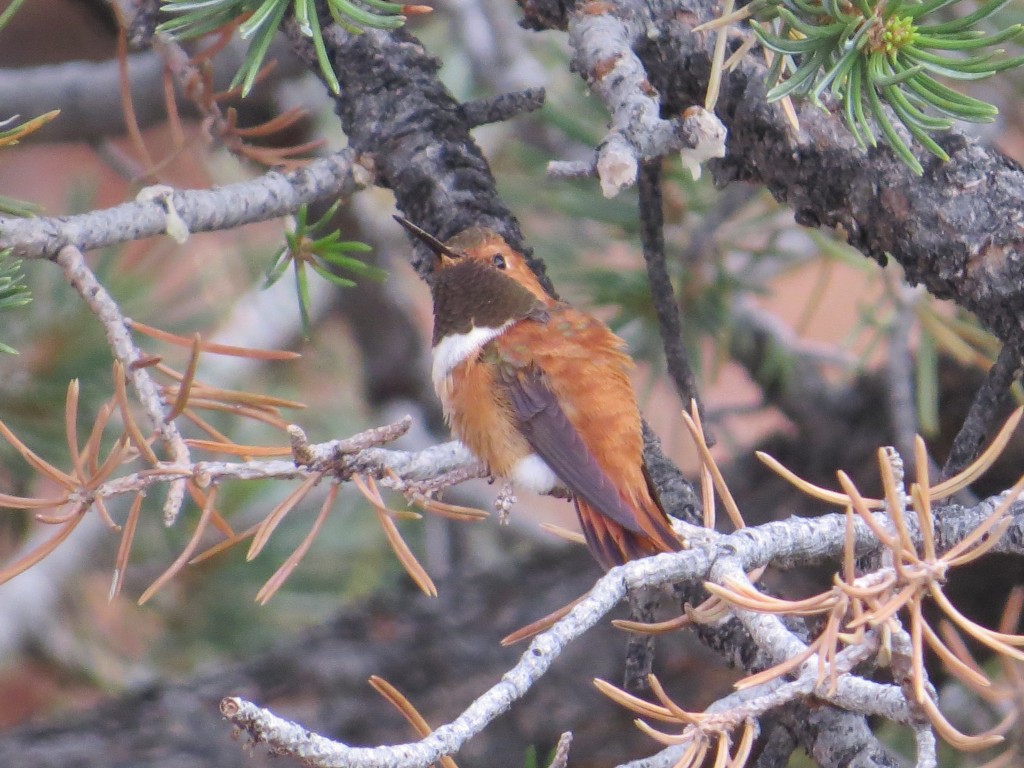
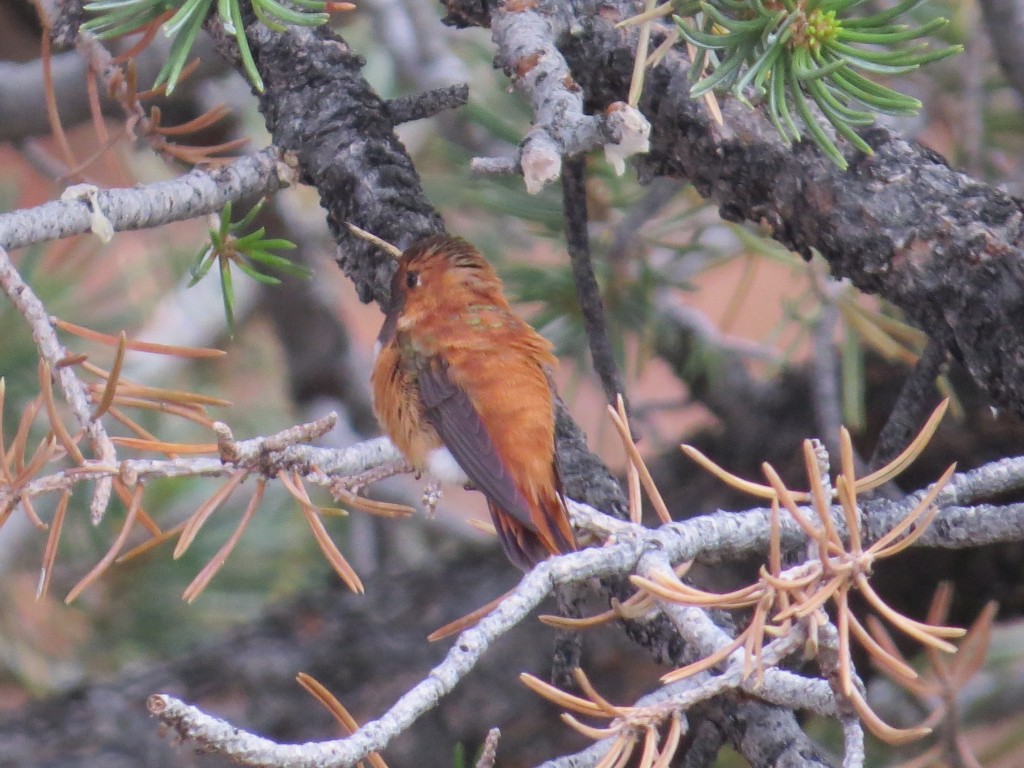 Its throat is really not black. To show you what I mean, here is another shot of that same Broad-tailed pictured above. It looks black here, but you can see above how red it really is when the sun hits it.
Its throat is really not black. To show you what I mean, here is another shot of that same Broad-tailed pictured above. It looks black here, but you can see above how red it really is when the sun hits it.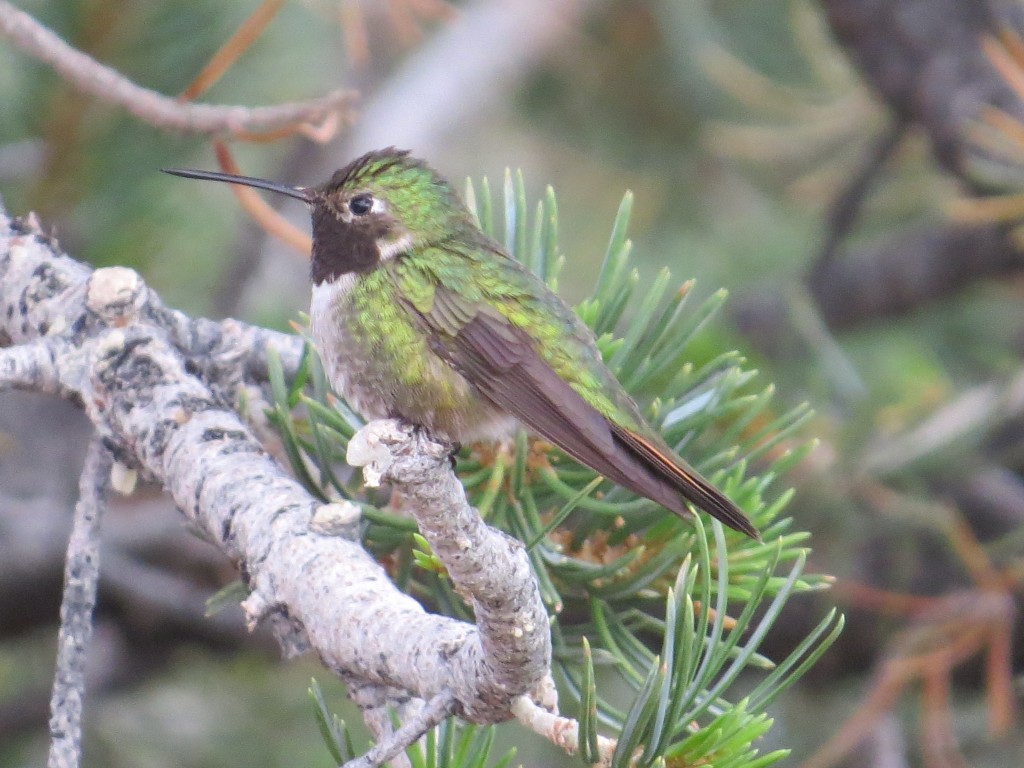

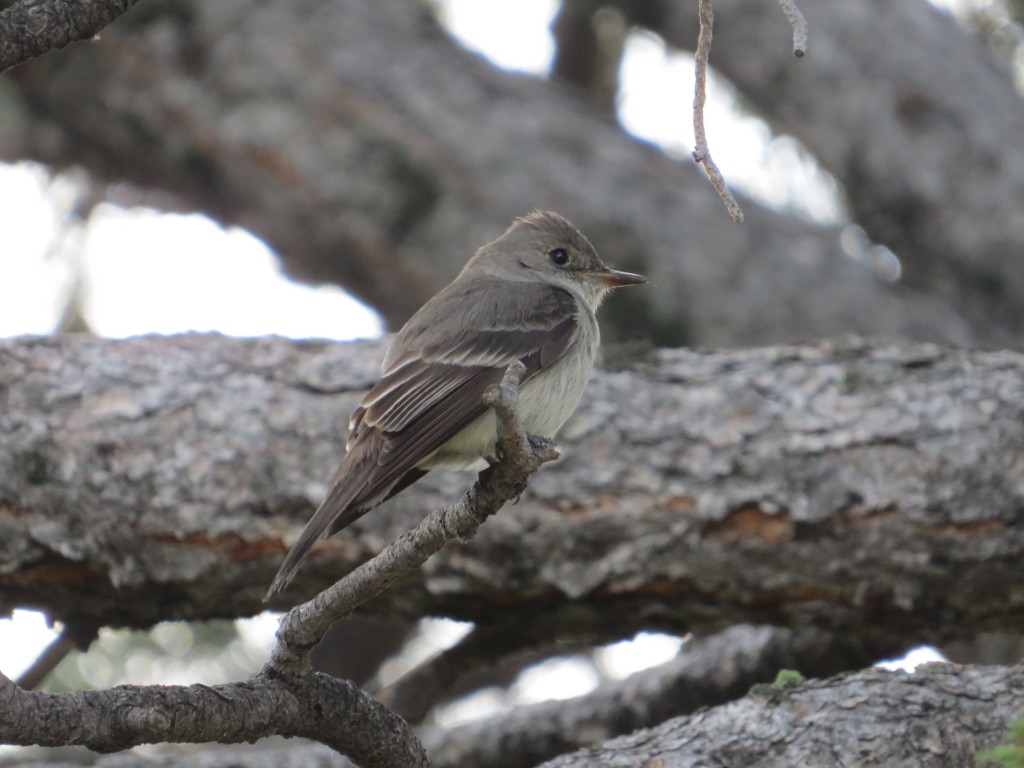 I did get an empid that I felt was a pretty solid ID with that yellow tinge and tear-drop eye-ring. This one is a Cordilleran Flycatcher. Life bird.
I did get an empid that I felt was a pretty solid ID with that yellow tinge and tear-drop eye-ring. This one is a Cordilleran Flycatcher. Life bird.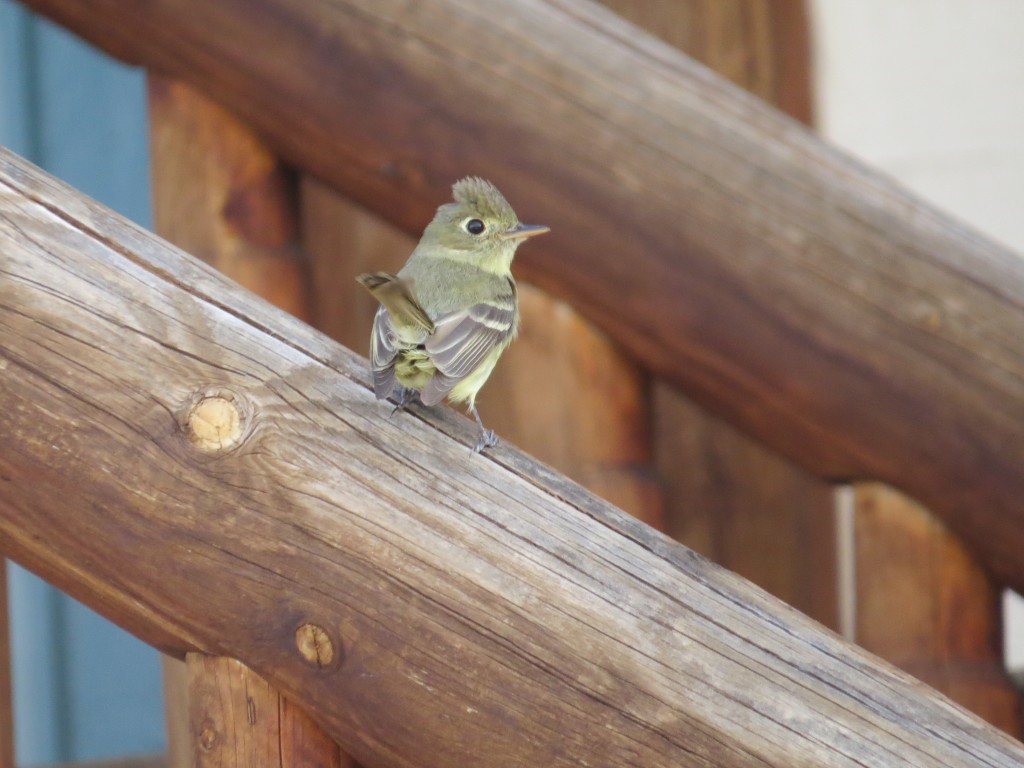
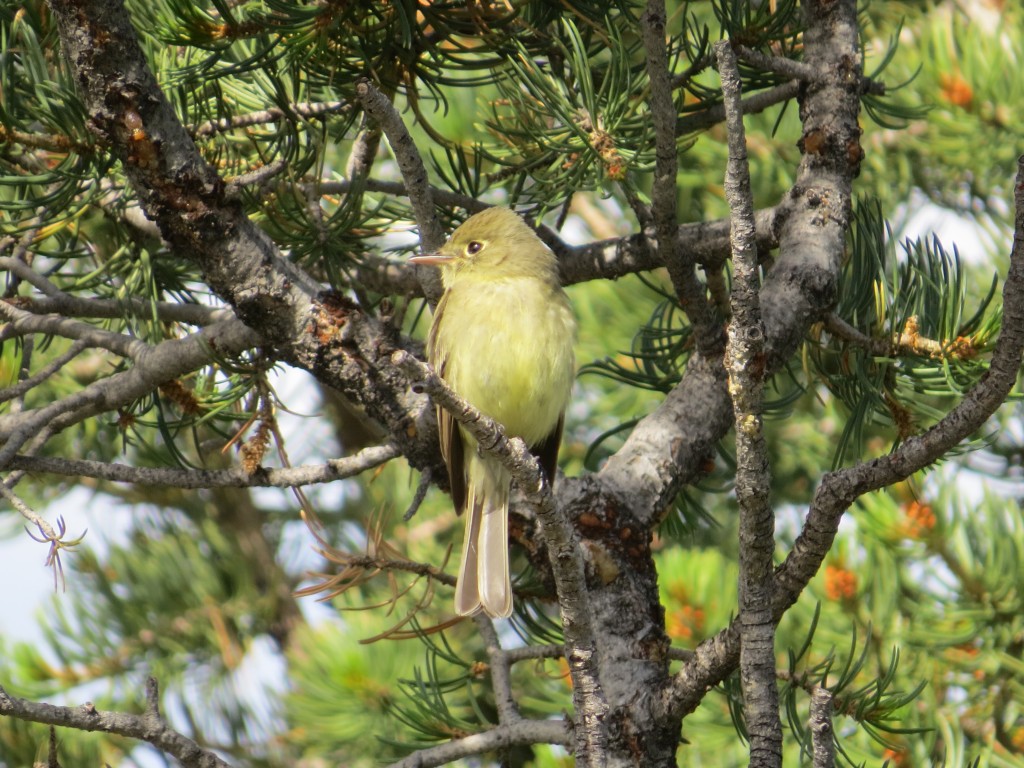 Then there was a life bird that was not hard to ID and whose name is not soon forgotten by birders or non-birders alike – the Bushtit! And the bushes, or Pinyon Pines rather, were hopping with these tiny Bushtits.
Then there was a life bird that was not hard to ID and whose name is not soon forgotten by birders or non-birders alike – the Bushtit! And the bushes, or Pinyon Pines rather, were hopping with these tiny Bushtits.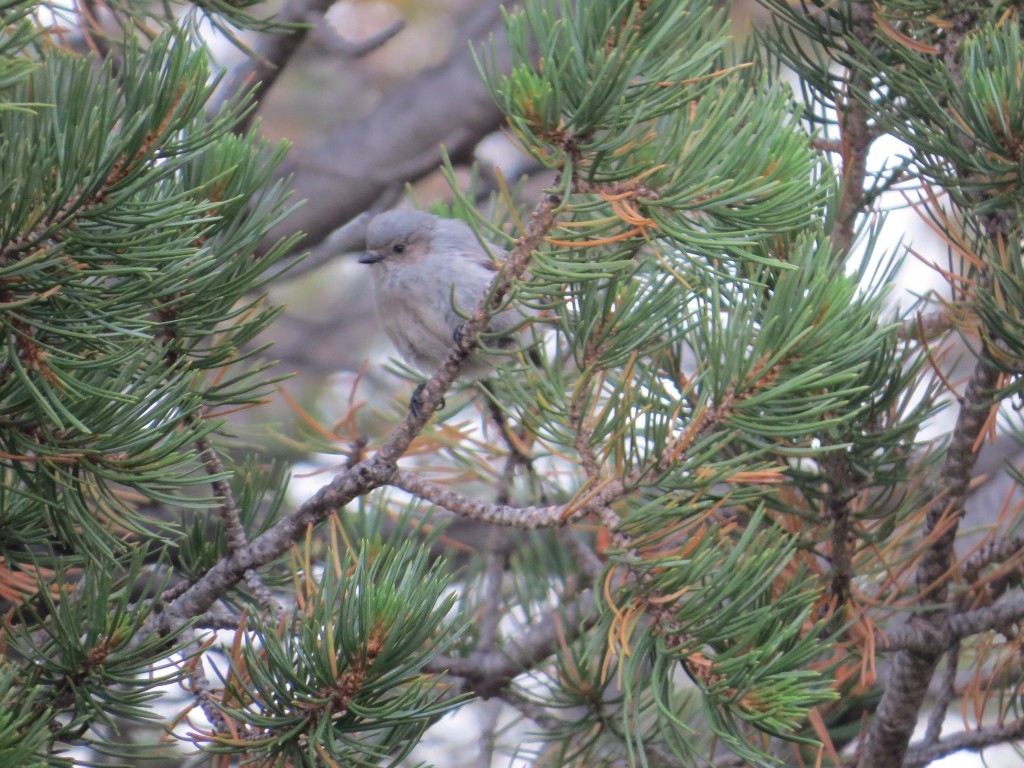
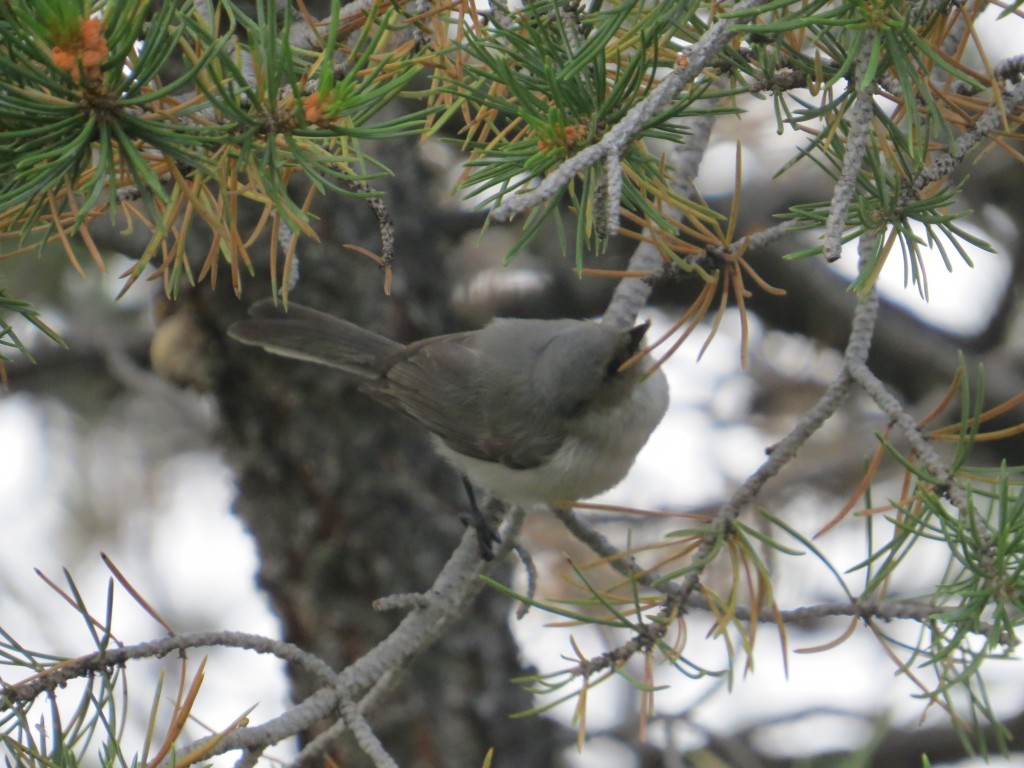
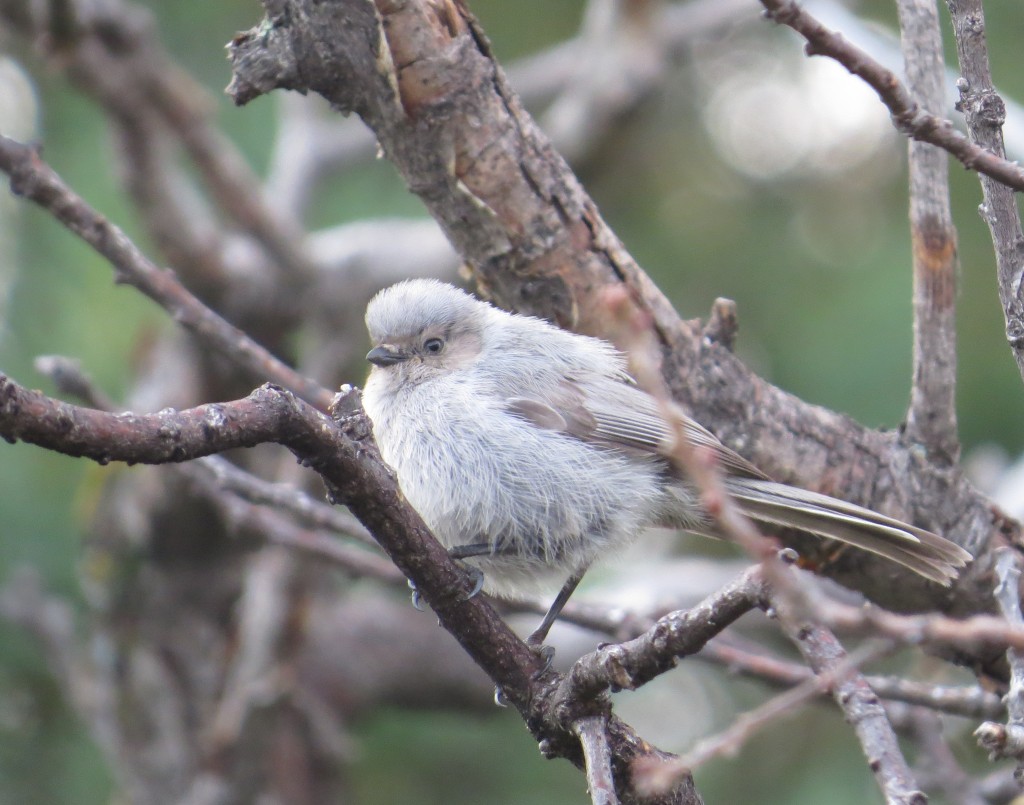 Aunt Carol kept giggling over the name when she asked what birds I saw. She even said she wanted to see some Bushtits for herself. At this point I’d like to take an aside to say that I’m glad Evan is learning all the “dirty” bird names now before he hits upper elementary. Names like Bushtits, Blue-footed Boobies, Brown Boobies, and some others are just bird names to him, no different than Northern Cardinal or Pine Siskin. Some day the dam will break, and he will soon be giggling too. But for now it’s just science to him. I’d like to take a second aside to say that I’ve never seen such Boobies, just Dickcissels. Sad, no?
Aunt Carol kept giggling over the name when she asked what birds I saw. She even said she wanted to see some Bushtits for herself. At this point I’d like to take an aside to say that I’m glad Evan is learning all the “dirty” bird names now before he hits upper elementary. Names like Bushtits, Blue-footed Boobies, Brown Boobies, and some others are just bird names to him, no different than Northern Cardinal or Pine Siskin. Some day the dam will break, and he will soon be giggling too. But for now it’s just science to him. I’d like to take a second aside to say that I’ve never seen such Boobies, just Dickcissels. Sad, no?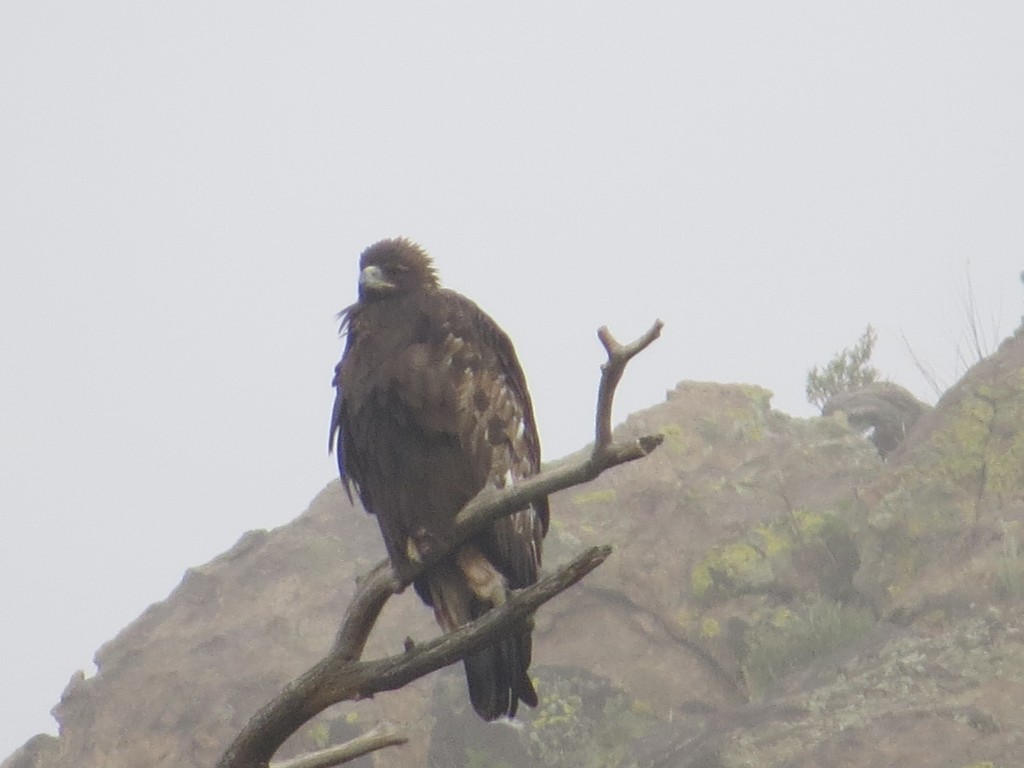
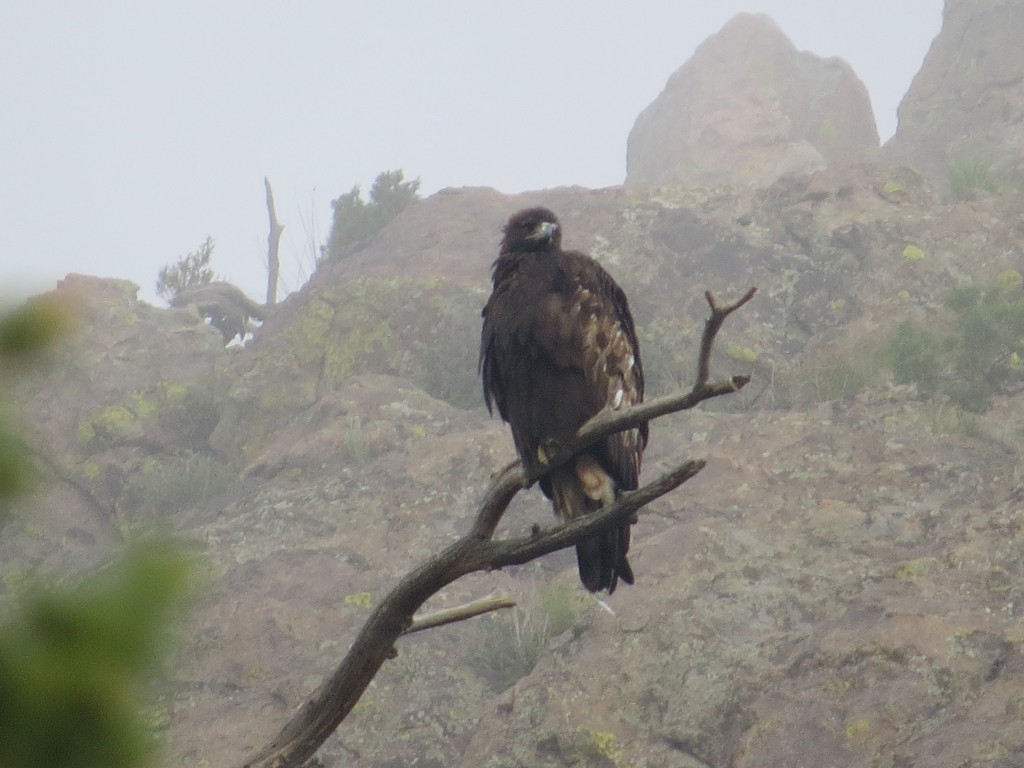
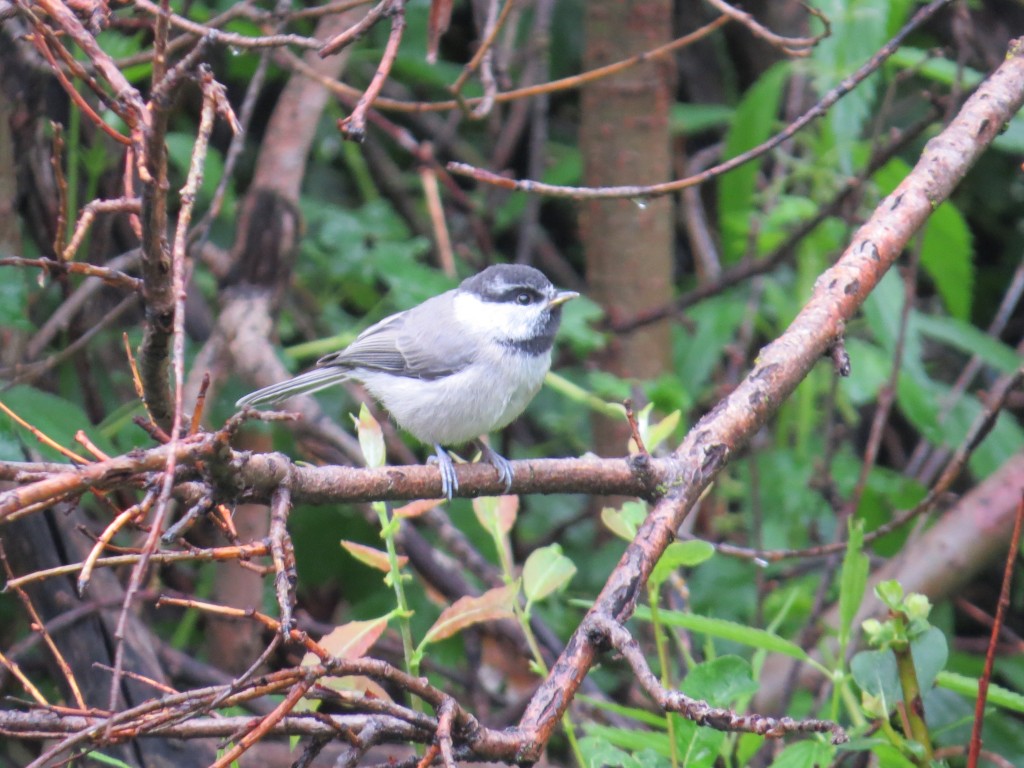
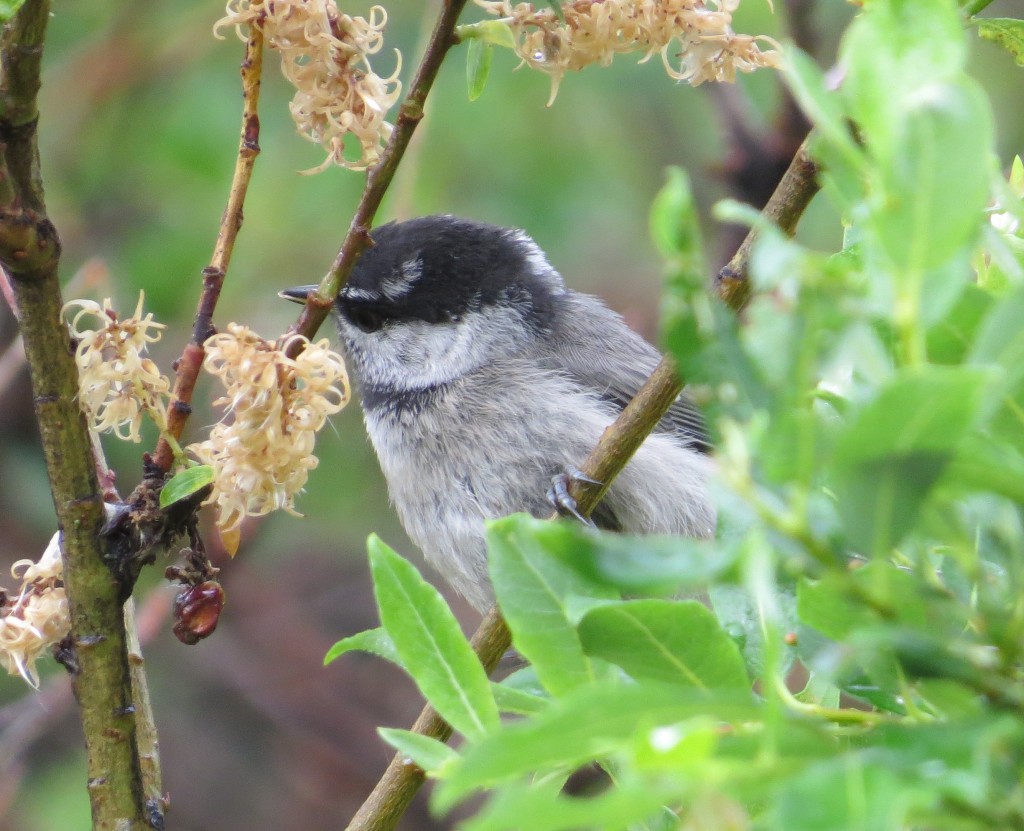 Moving on from this spot I kept up hope that we would see the tanagers on the way out. One bird I stopped to check out was interesting for me to see here in Colorado even though I’ve seen hundreds in northern Minnesota, a female Evening Grosbeak.
Moving on from this spot I kept up hope that we would see the tanagers on the way out. One bird I stopped to check out was interesting for me to see here in Colorado even though I’ve seen hundreds in northern Minnesota, a female Evening Grosbeak.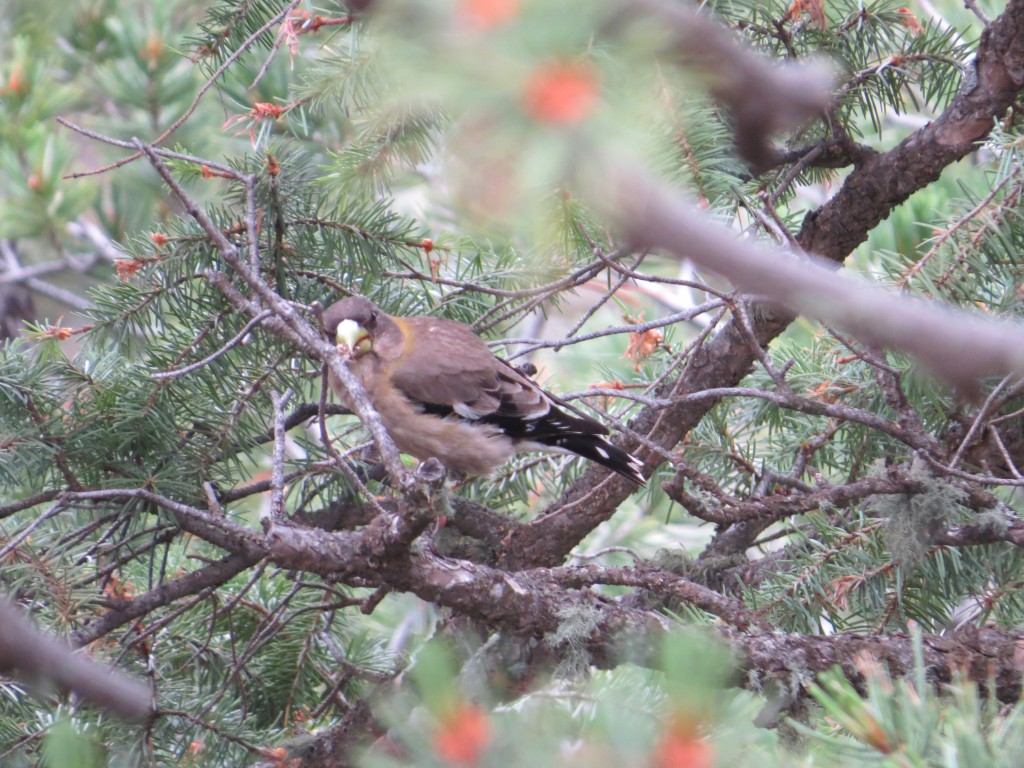
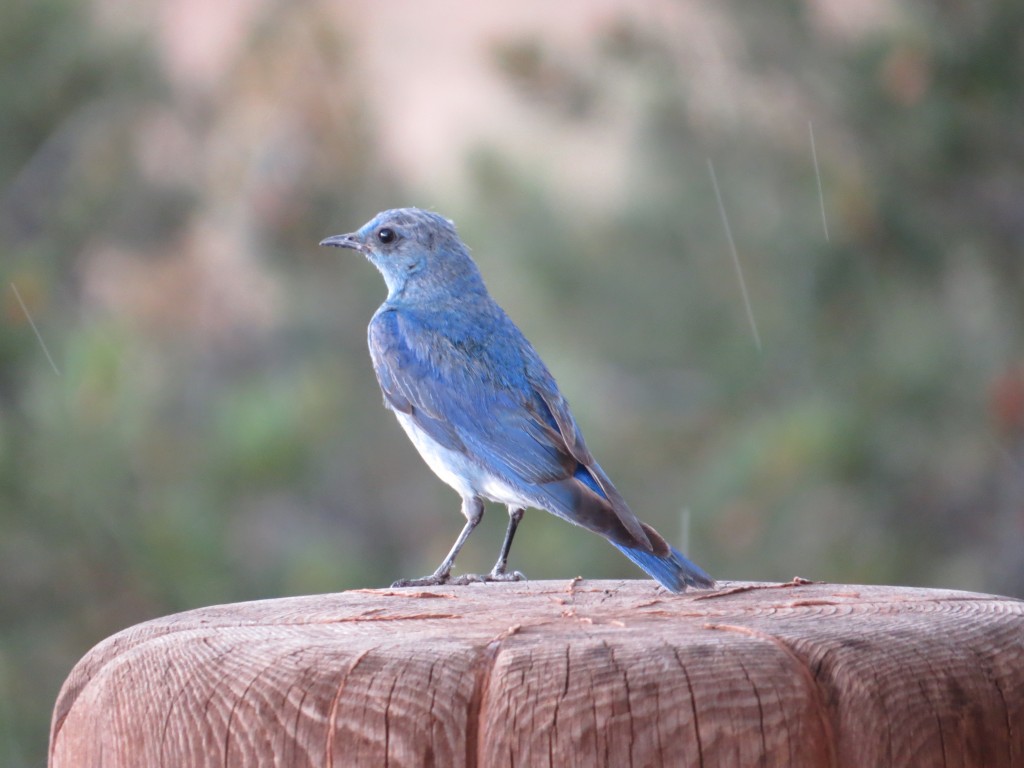
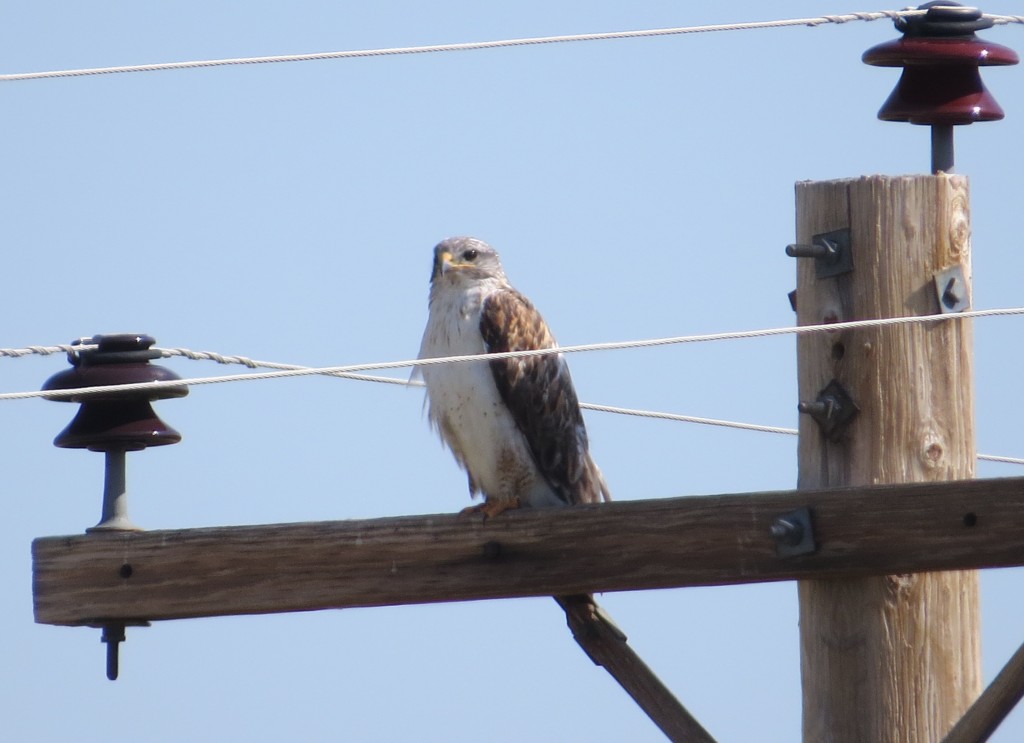
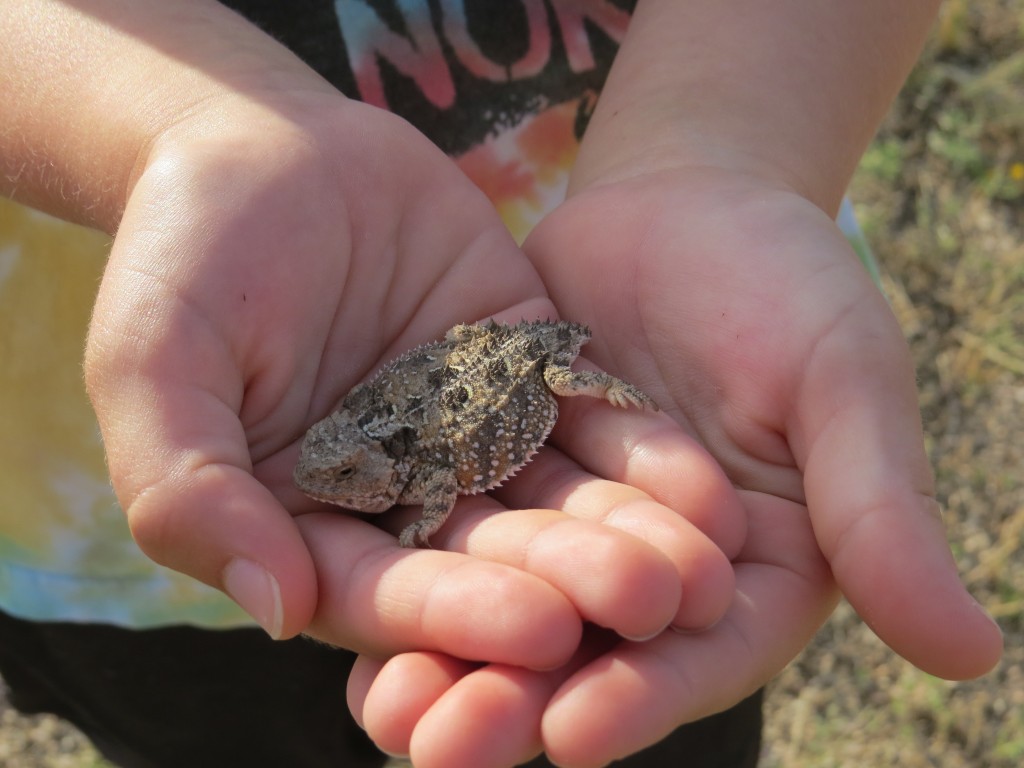 Evan’s cousin Andrew showed him the ropes for catching these cool lizards, and Evan caught this one all on his own. As someone who had cages full of lizards as a kid, I wanted to keep this one in the worst way. Even Melissa said it was cute. If Evan had asked, I couldn’t say no. But he didn’t ask, so there was no moral dilemma of the lizard variety.
Evan’s cousin Andrew showed him the ropes for catching these cool lizards, and Evan caught this one all on his own. As someone who had cages full of lizards as a kid, I wanted to keep this one in the worst way. Even Melissa said it was cute. If Evan had asked, I couldn’t say no. But he didn’t ask, so there was no moral dilemma of the lizard variety.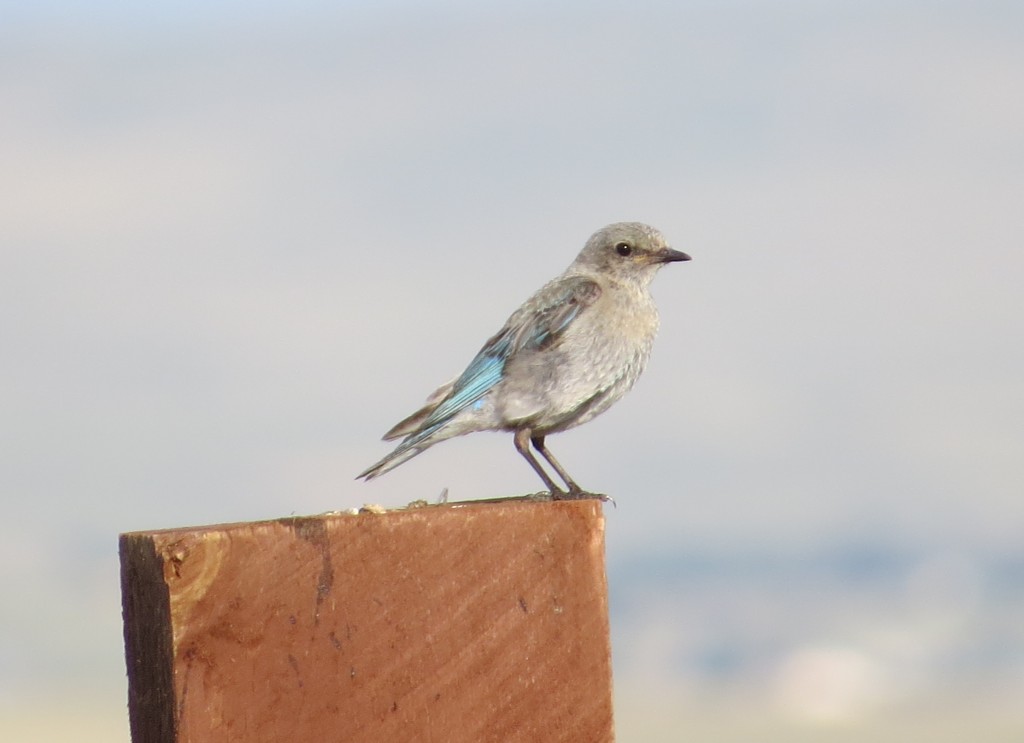
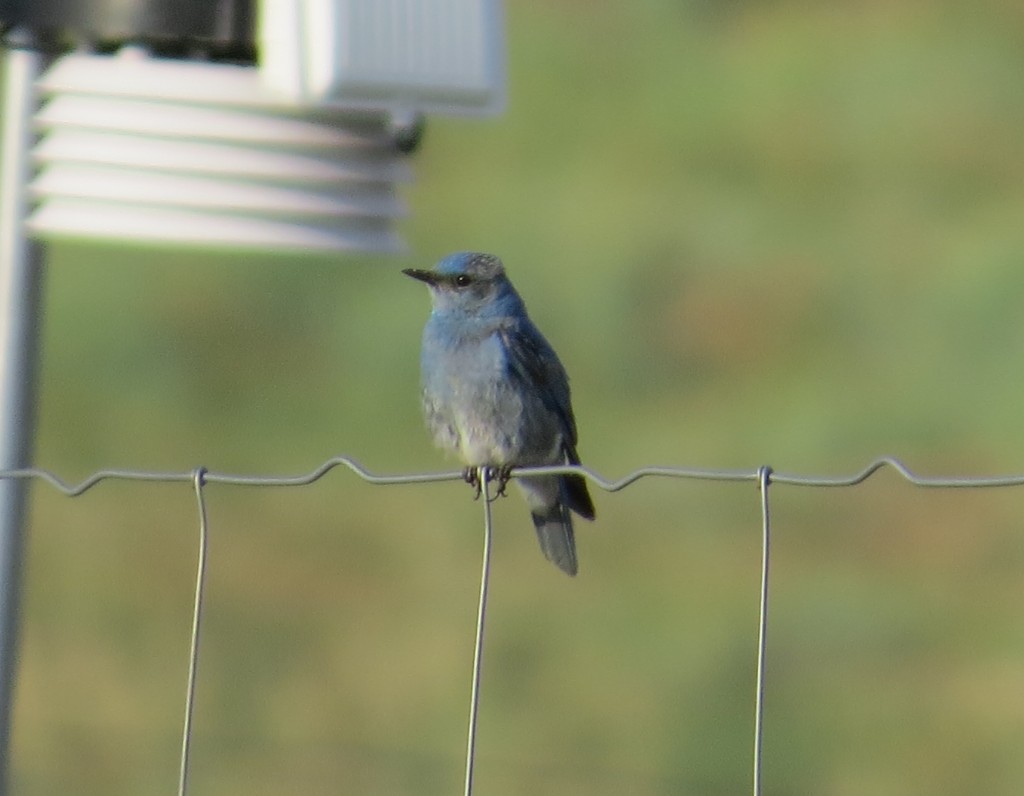
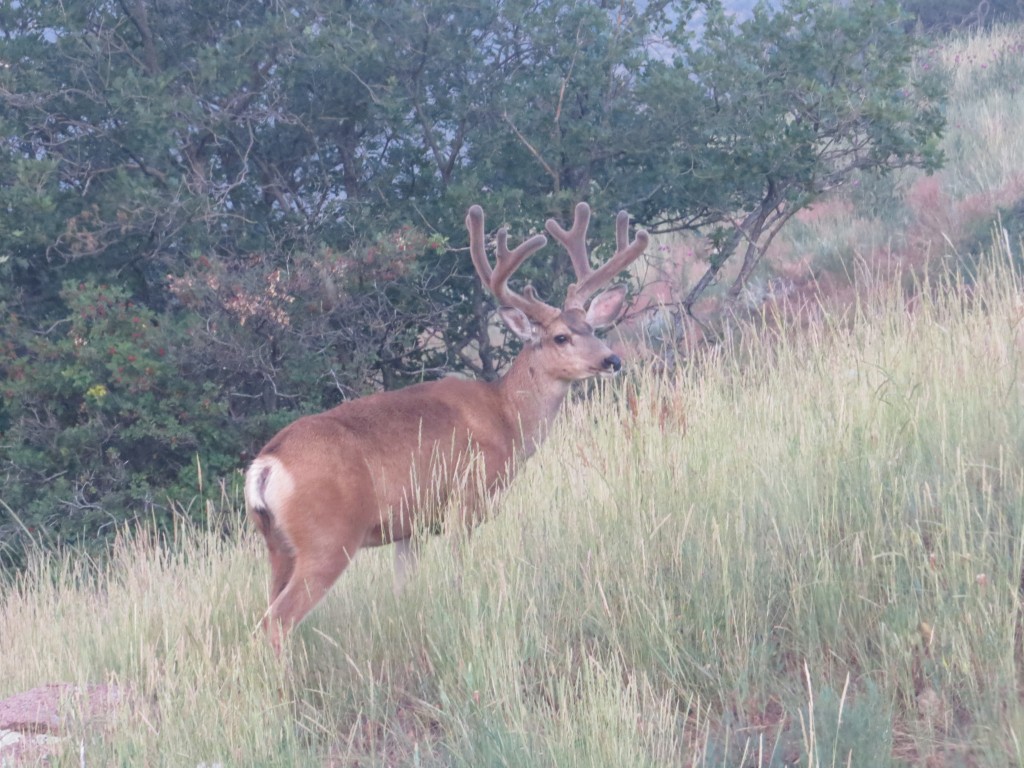
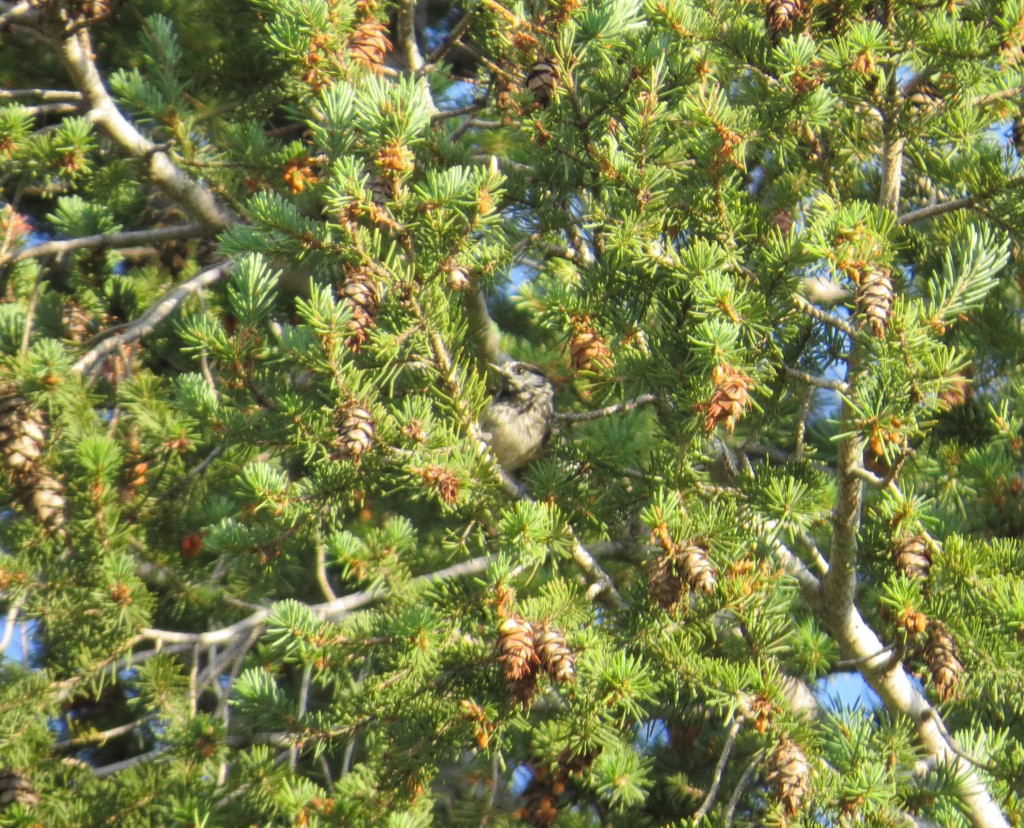
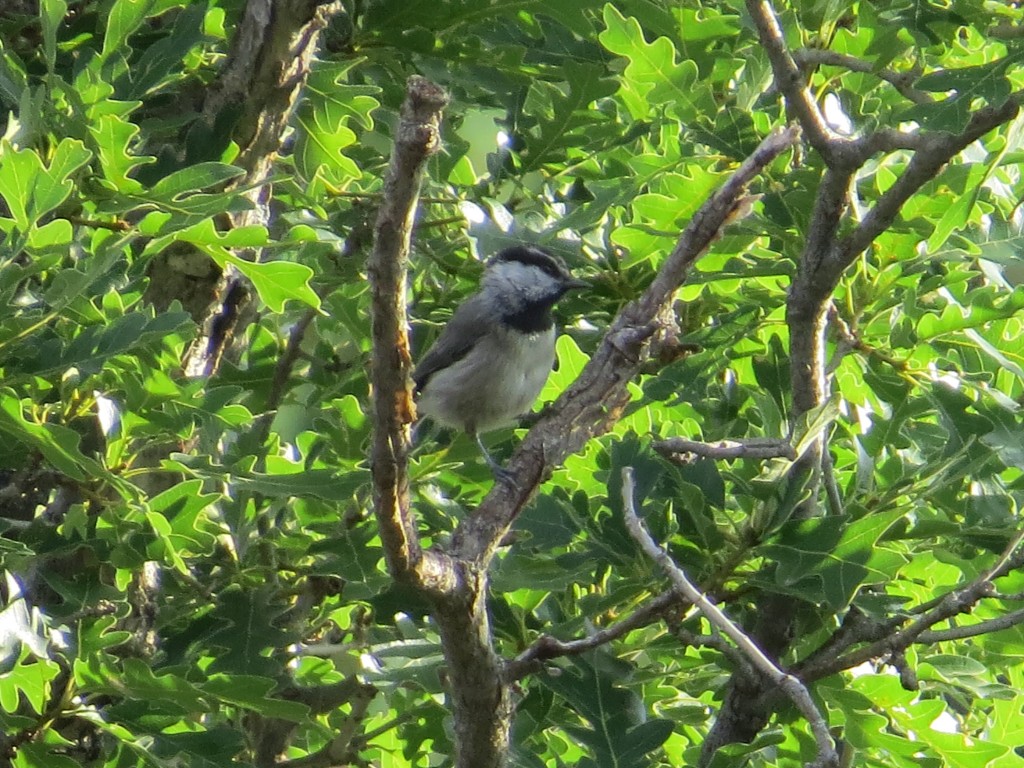 From reading the eBird reports I was expecting to find Western Scrub Jays. It took me awhile, but I found a couple of this life bird.
From reading the eBird reports I was expecting to find Western Scrub Jays. It took me awhile, but I found a couple of this life bird.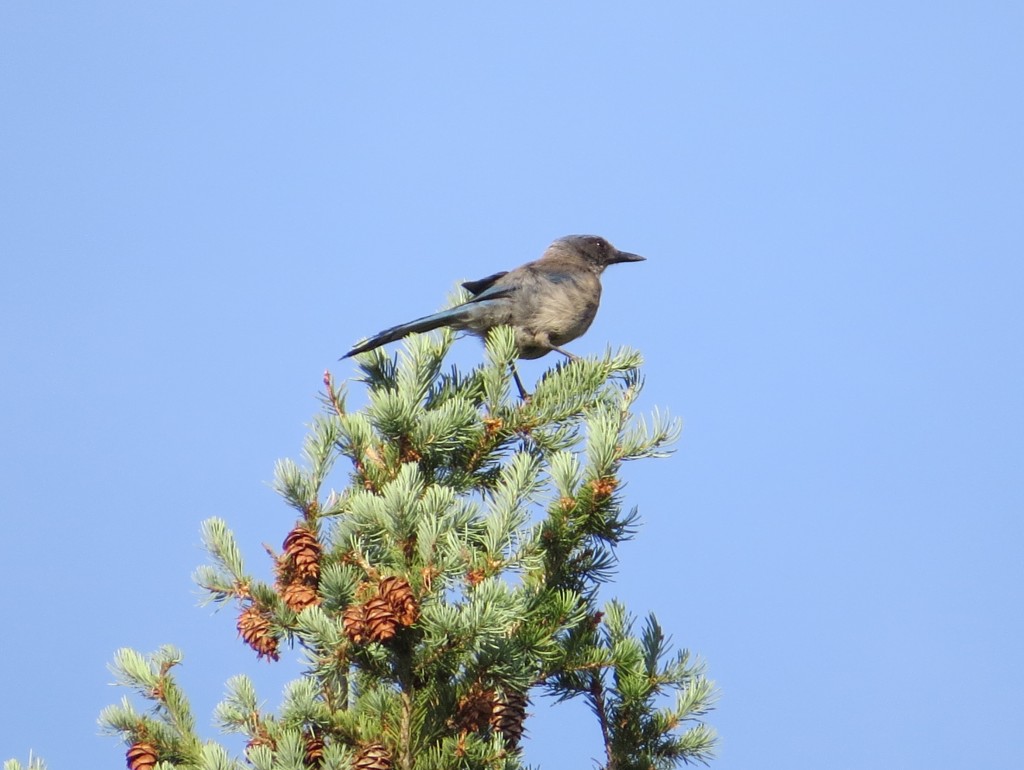
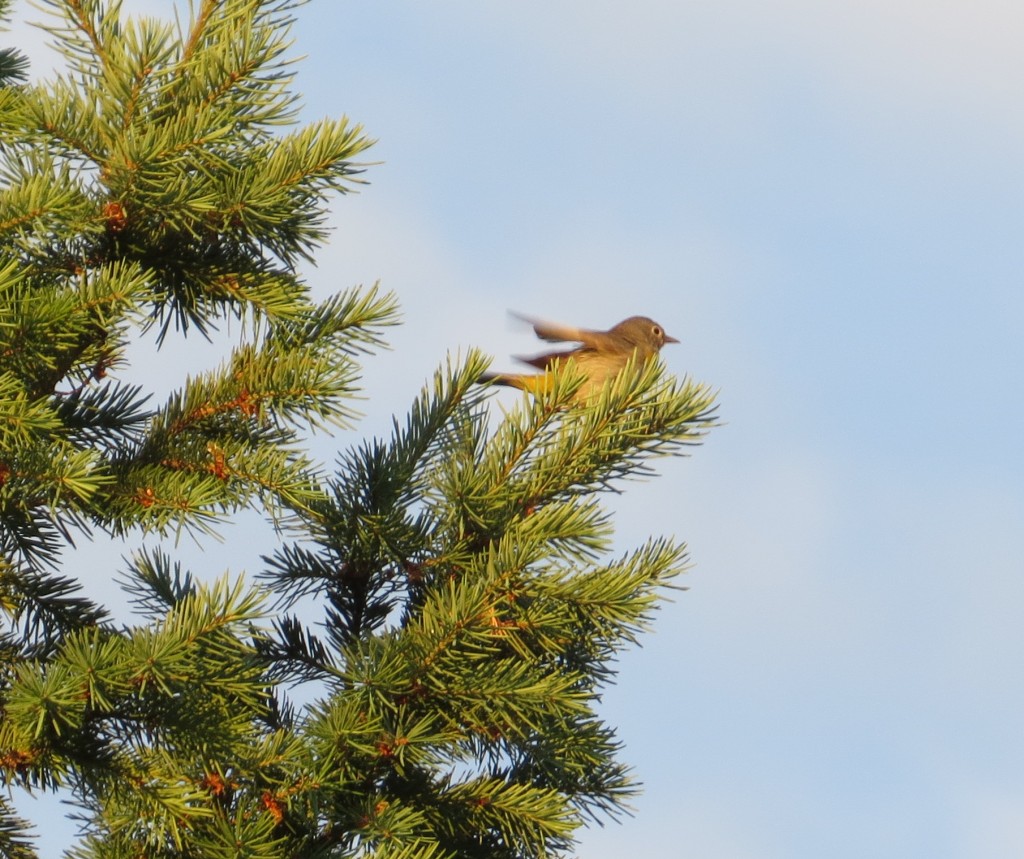
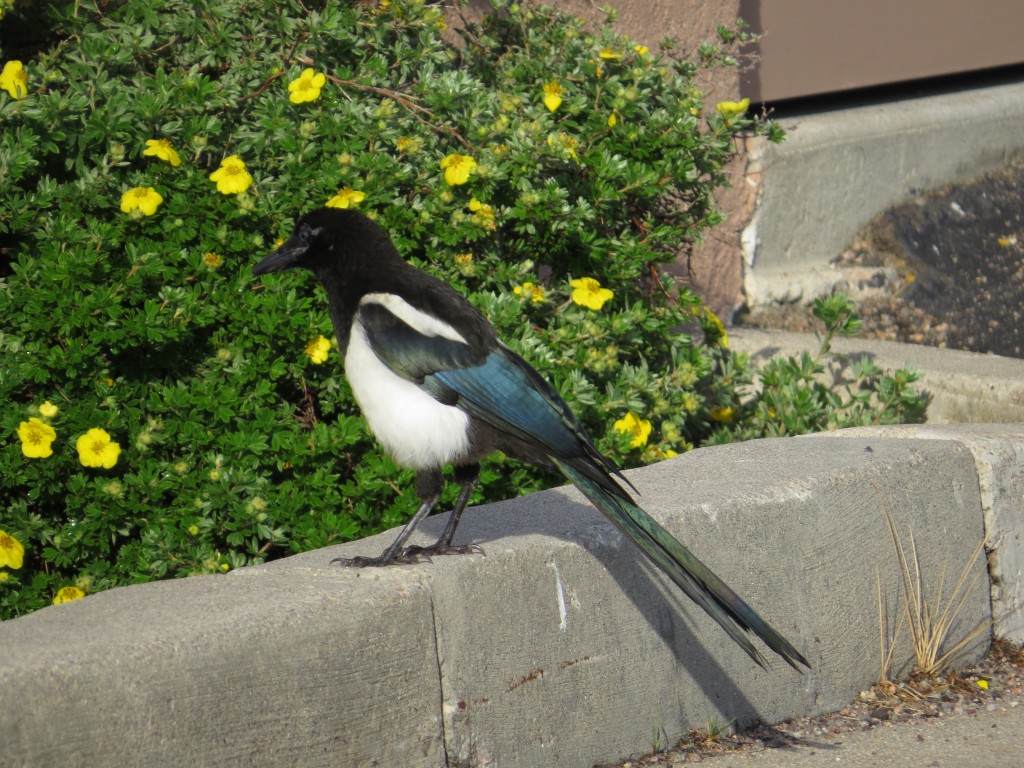
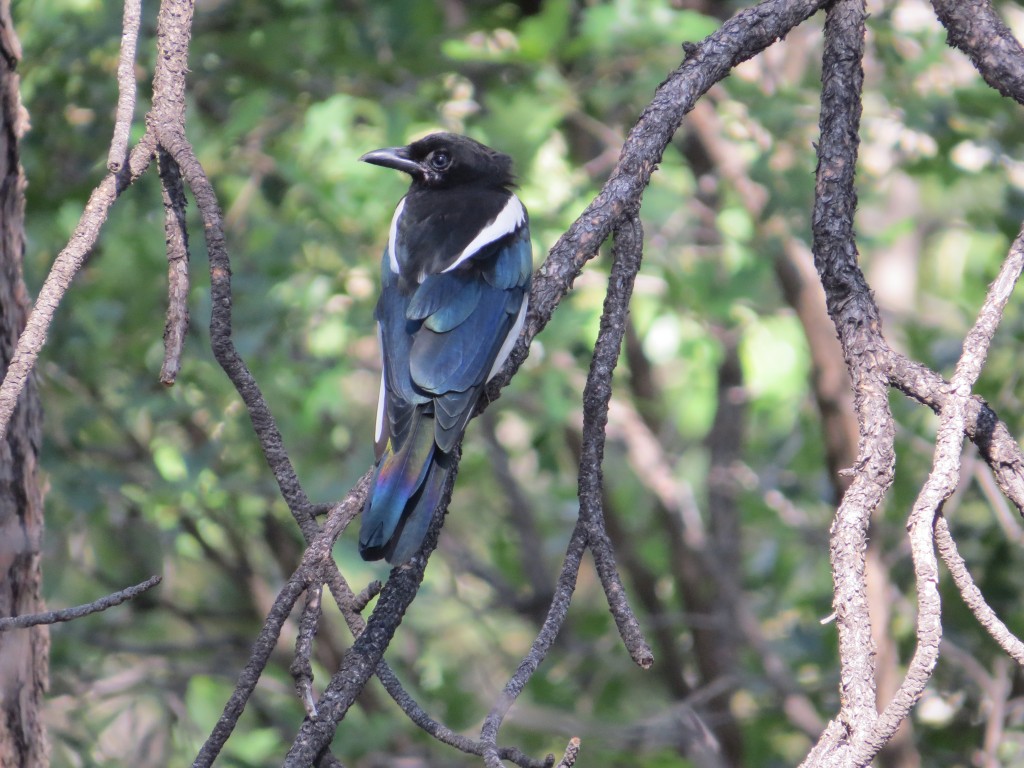
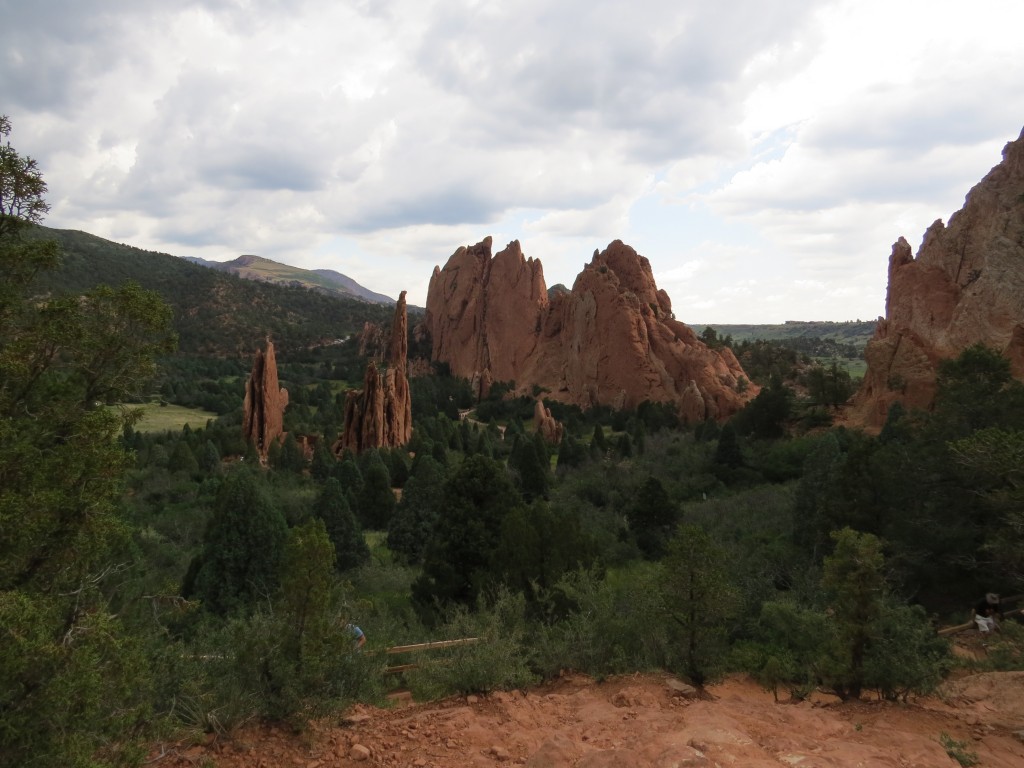
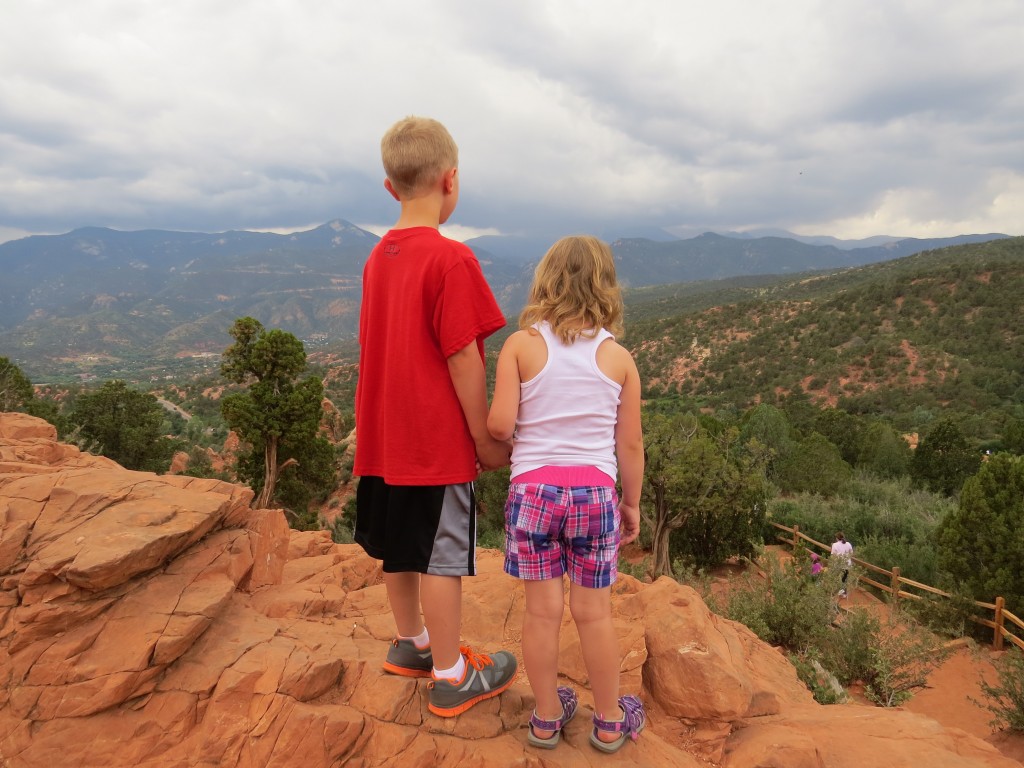
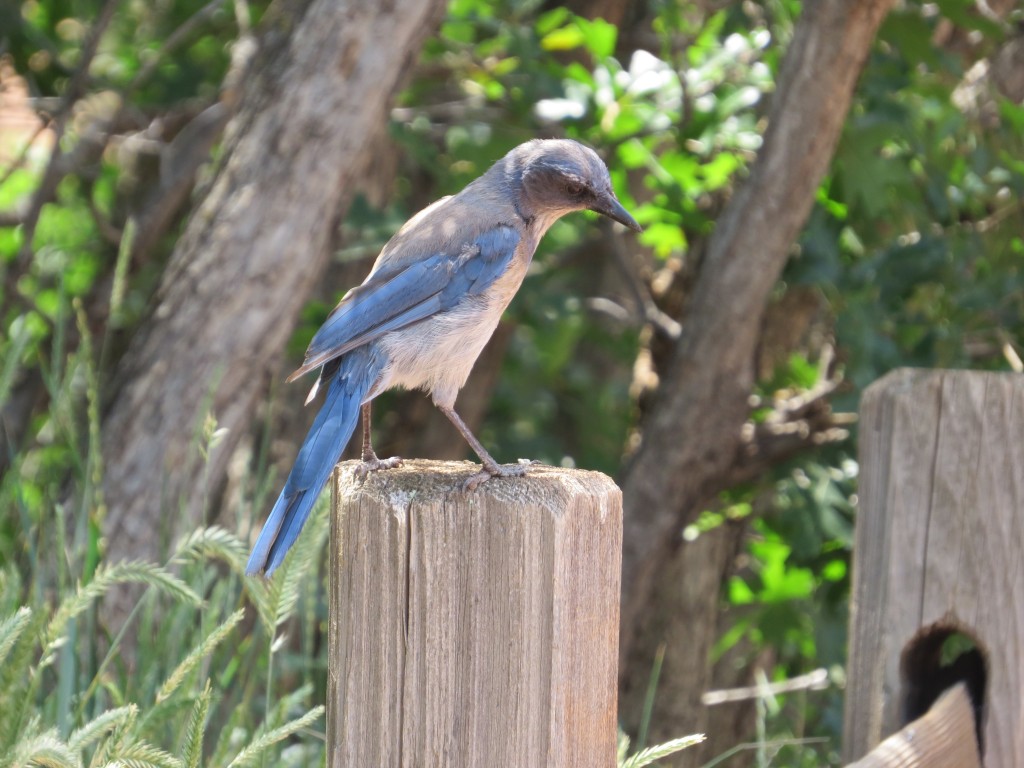
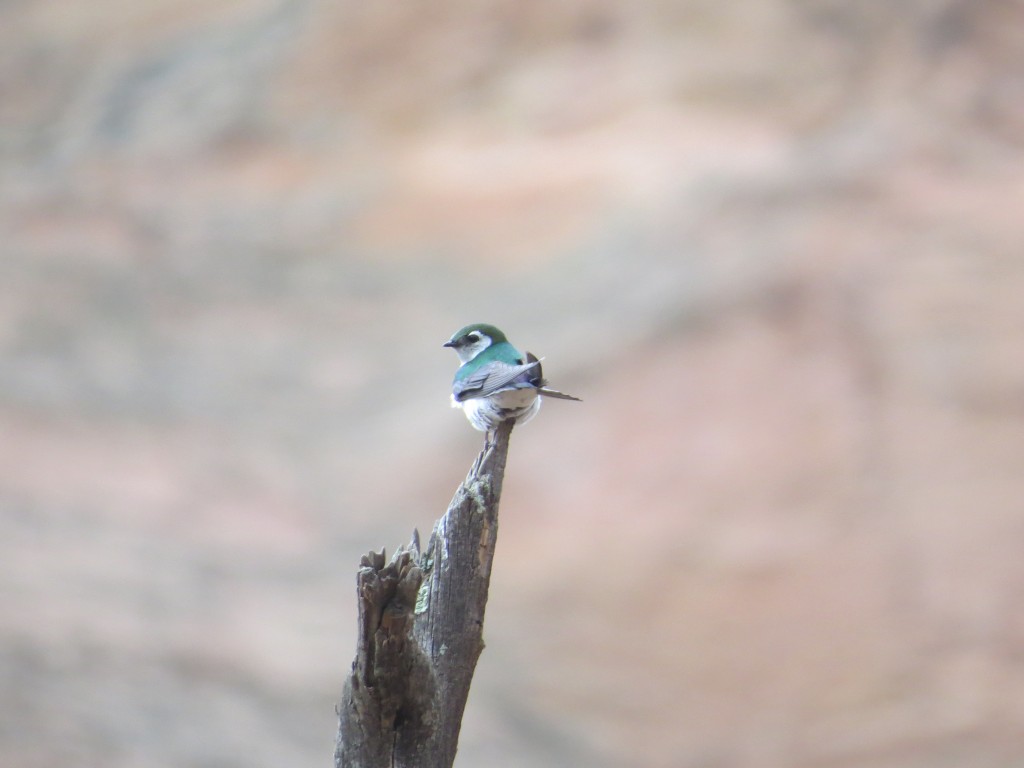
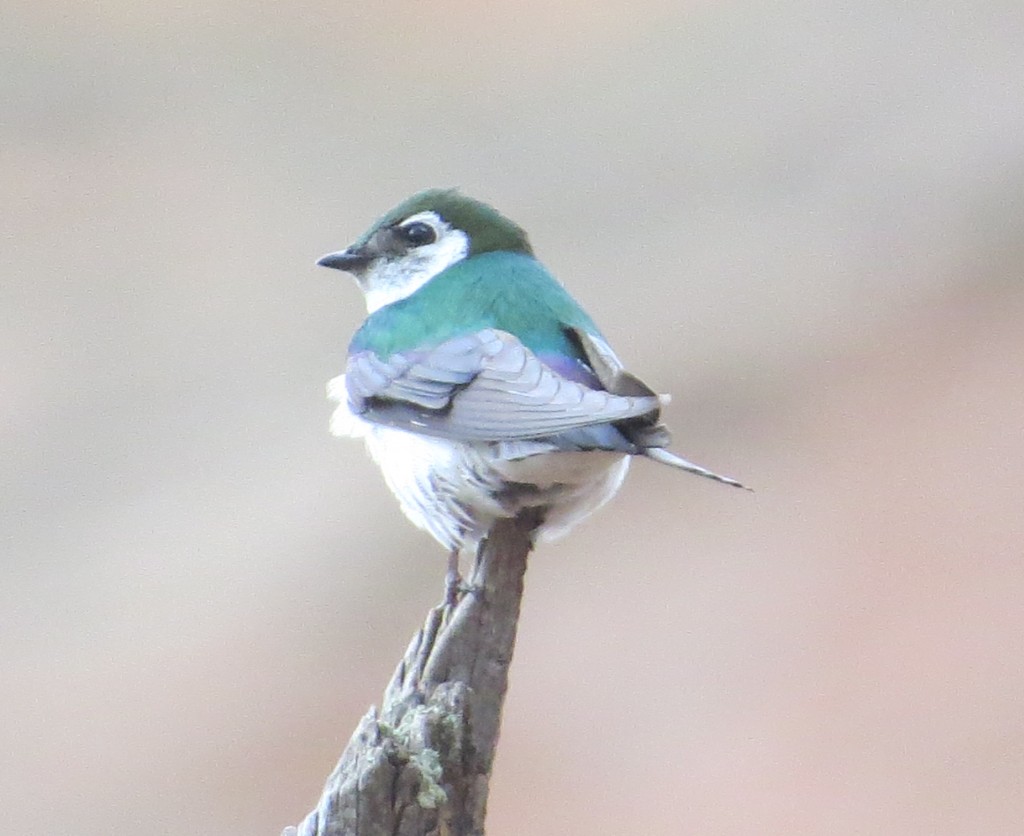
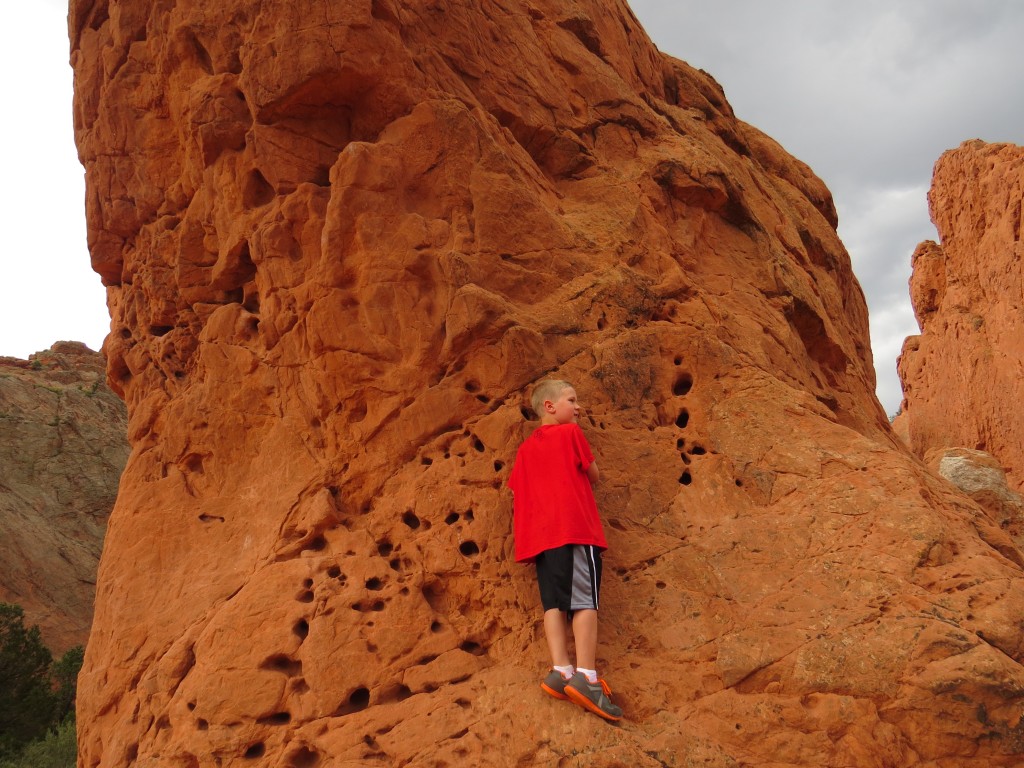
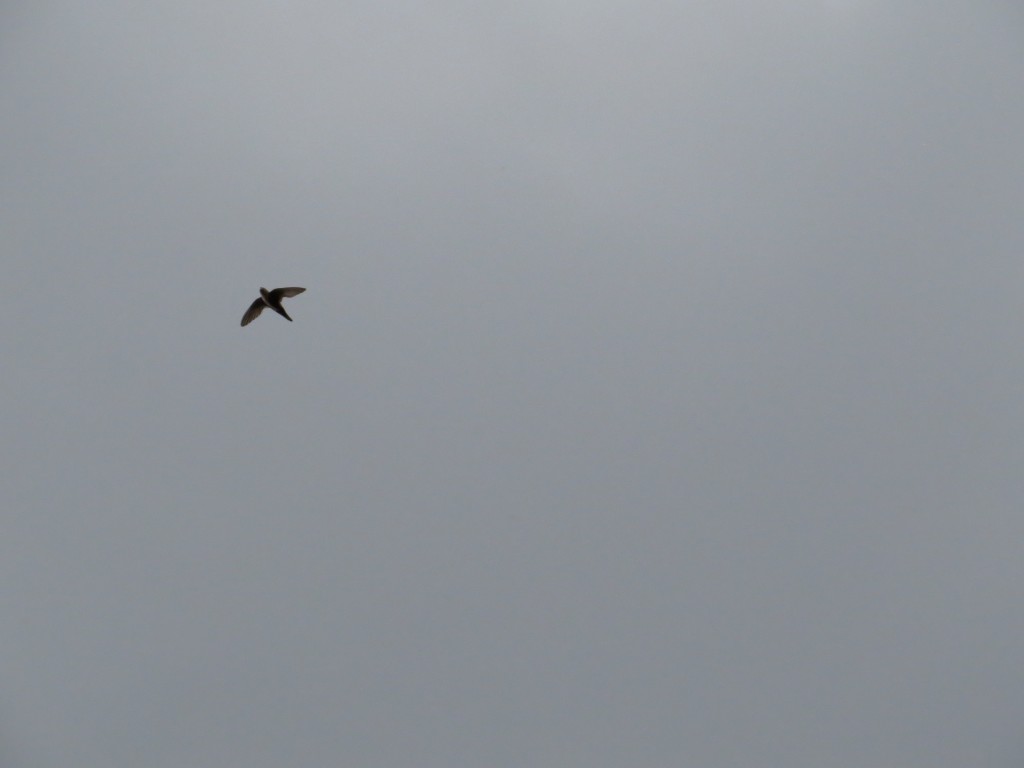
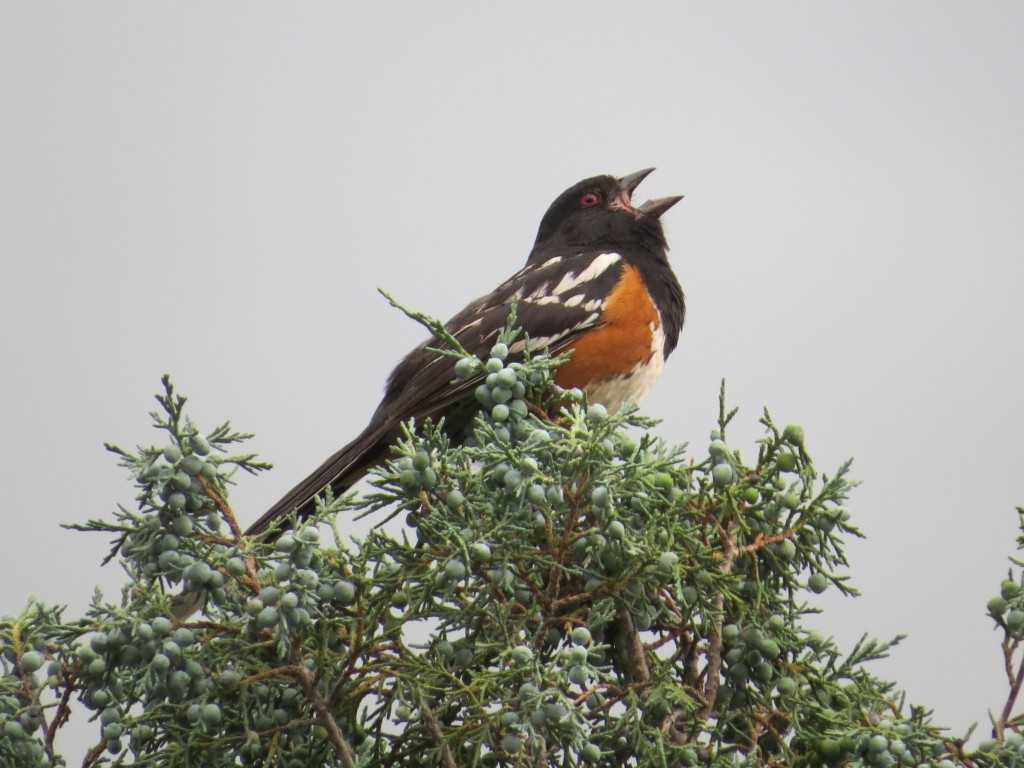
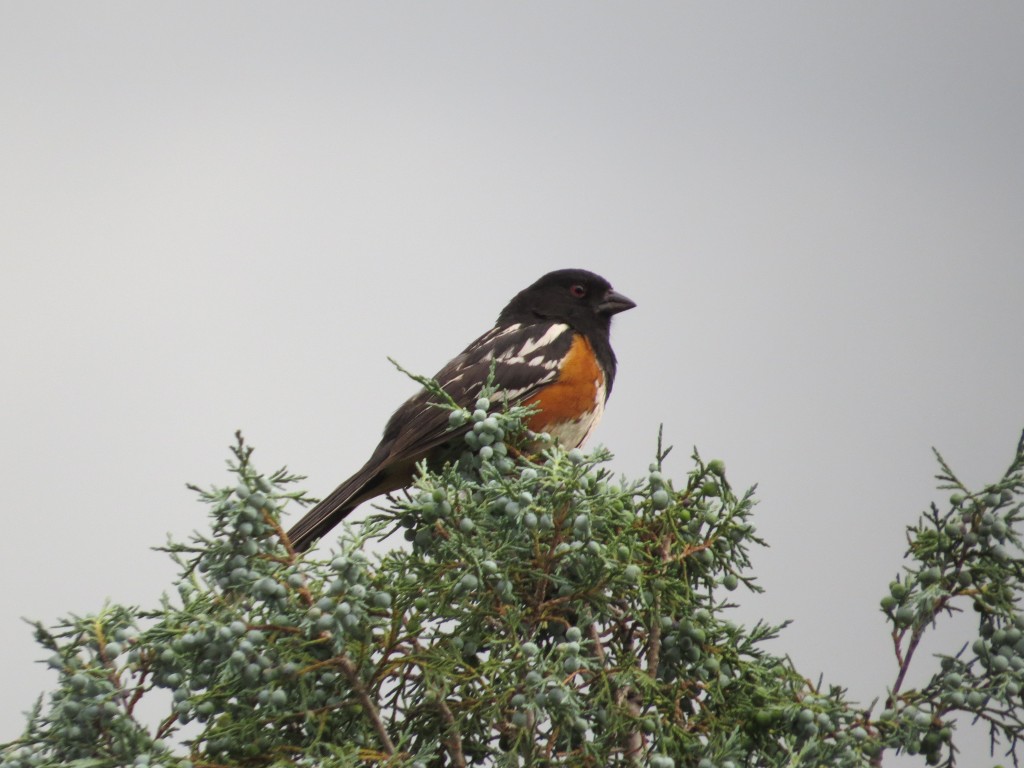
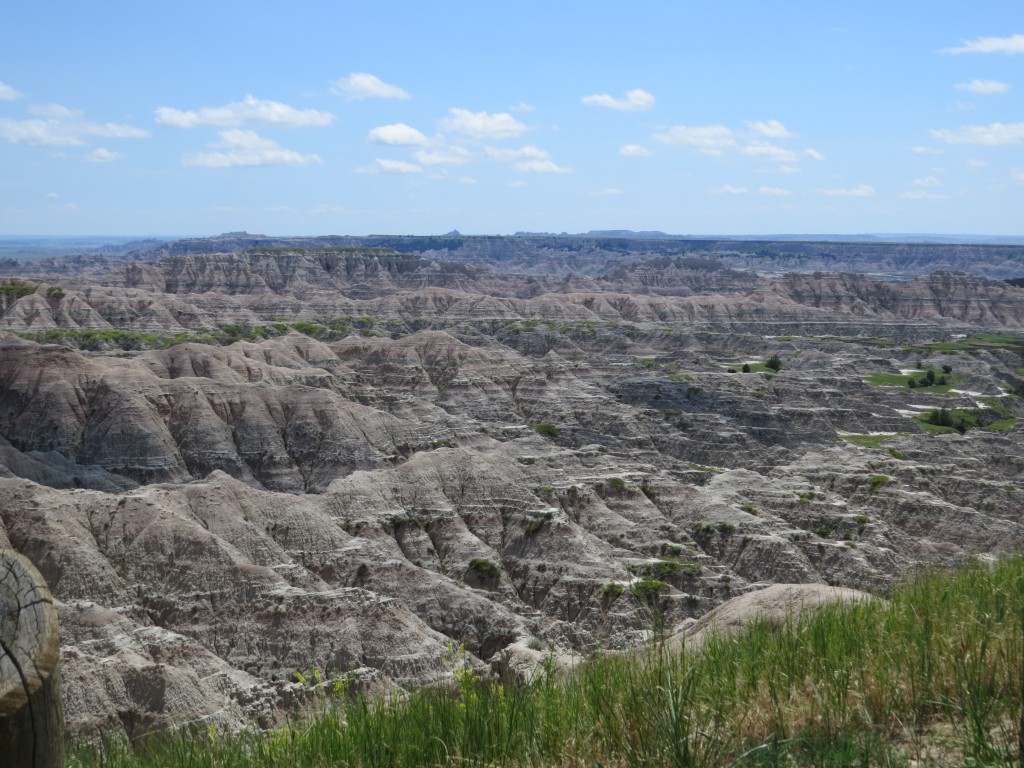 Finally. After an eight-year hiatus, the great American road-trip was reborn in our family. There’s something liberating about heading out on the open road putting hundreds of miles under our seats, crossing numerous state lines and seeing new sights. Our kids are to the age where they are now able to tolerate such intense travel and enjoy it too. This summer we were headed to the mountains of Colorado to visit my aunt and uncle in their beautiful mountain home.
Finally. After an eight-year hiatus, the great American road-trip was reborn in our family. There’s something liberating about heading out on the open road putting hundreds of miles under our seats, crossing numerous state lines and seeing new sights. Our kids are to the age where they are now able to tolerate such intense travel and enjoy it too. This summer we were headed to the mountains of Colorado to visit my aunt and uncle in their beautiful mountain home.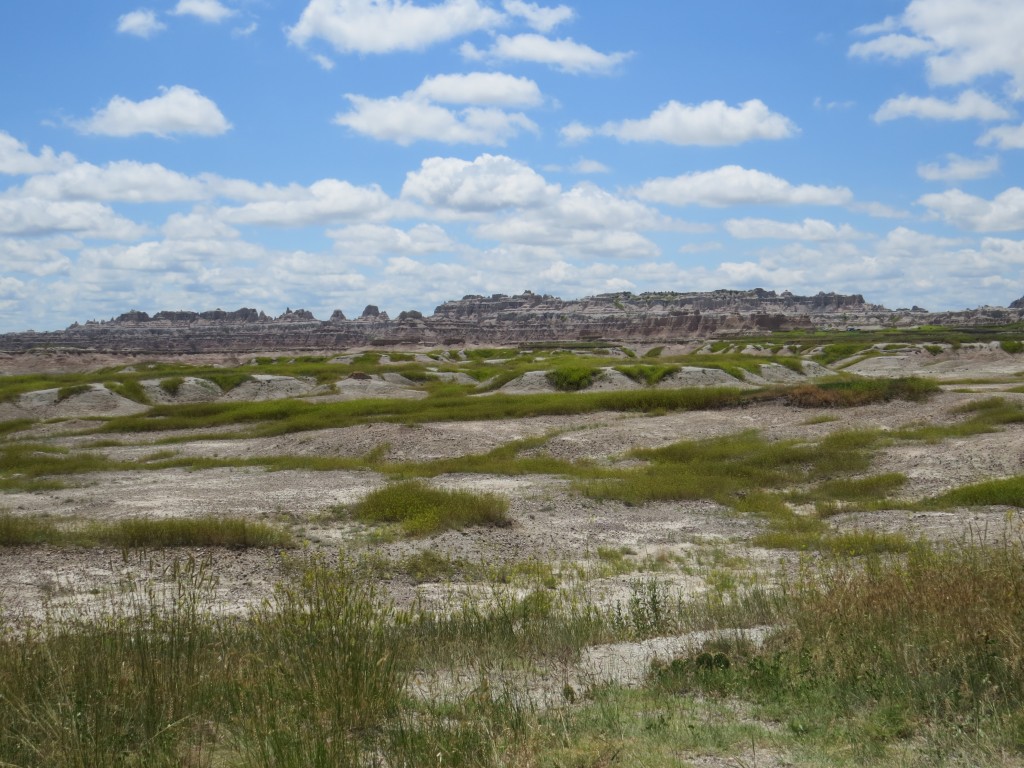
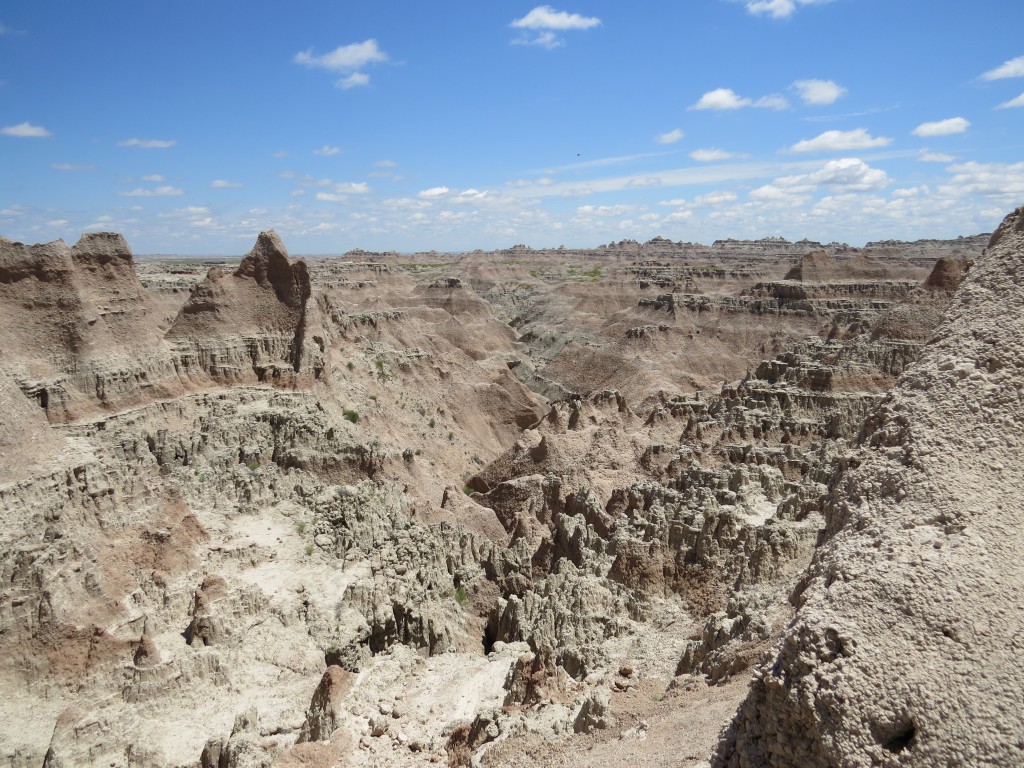 The expanse of the Badlands goes for miles, and I could have photographed them all day, but I was distracted by the birds. When we stopped at one of the first scenic overlooks I caught sight of a blue bird. It turned out to be our Mountain Bluebird lifer.
The expanse of the Badlands goes for miles, and I could have photographed them all day, but I was distracted by the birds. When we stopped at one of the first scenic overlooks I caught sight of a blue bird. It turned out to be our Mountain Bluebird lifer.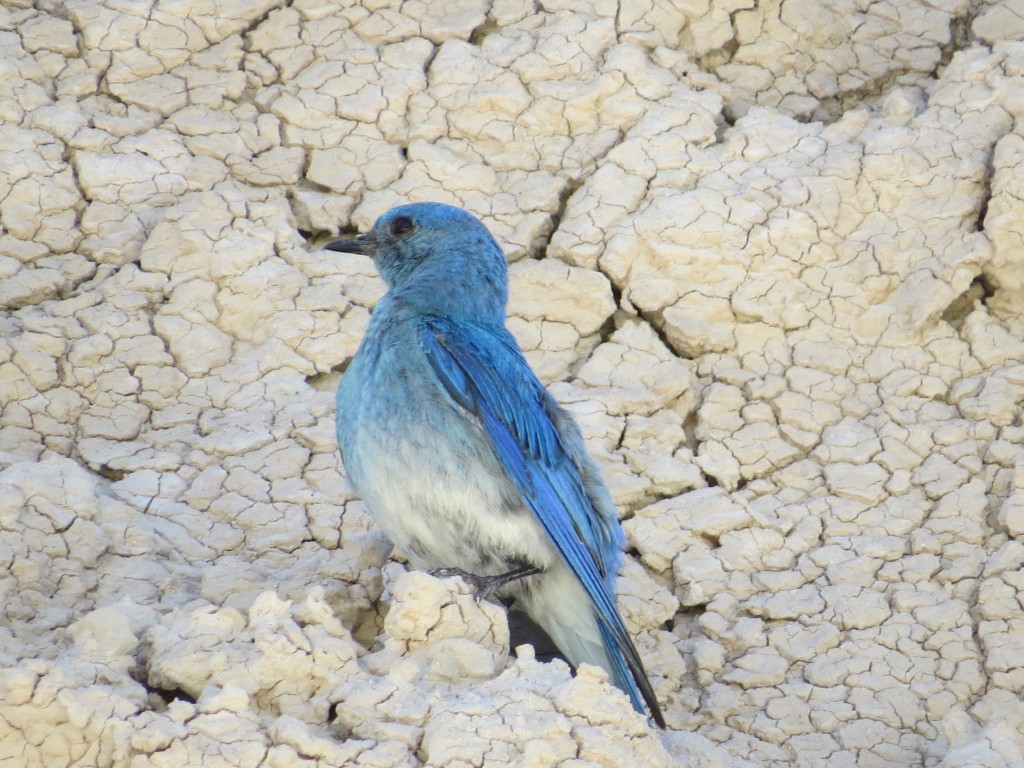
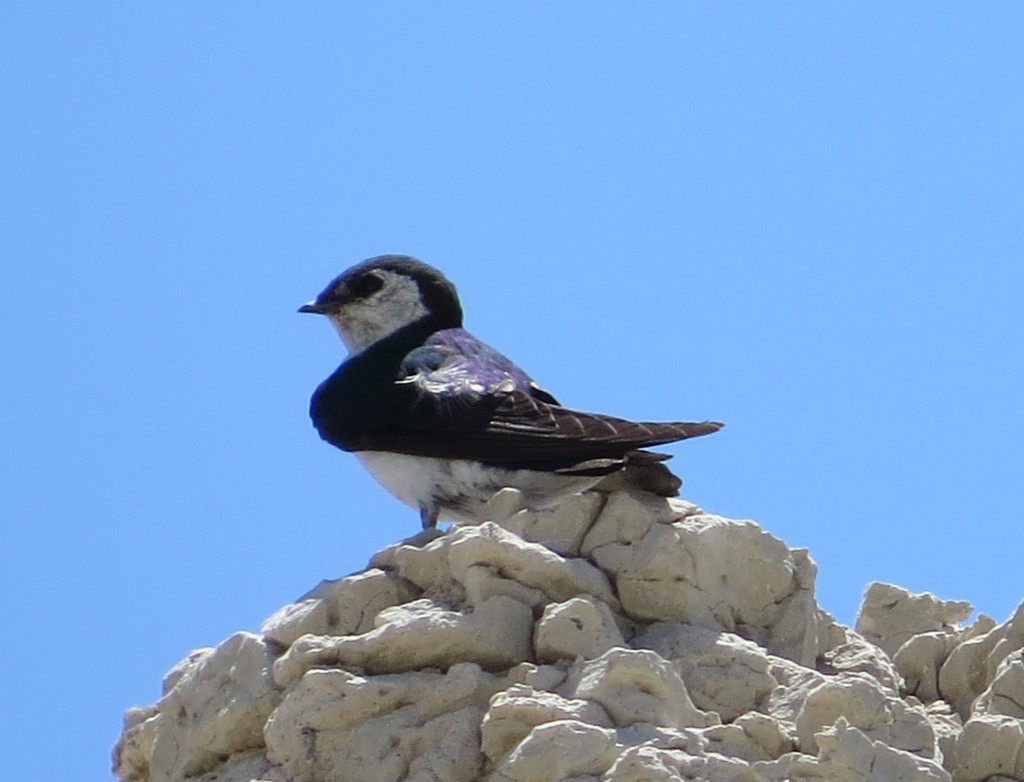
 I could not believe how accessible death was at this place. Sure there are fun hills to climb like pictured above, but the other side is a doozy. This canyon was well over 100 feet down.
I could not believe how accessible death was at this place. Sure there are fun hills to climb like pictured above, but the other side is a doozy. This canyon was well over 100 feet down.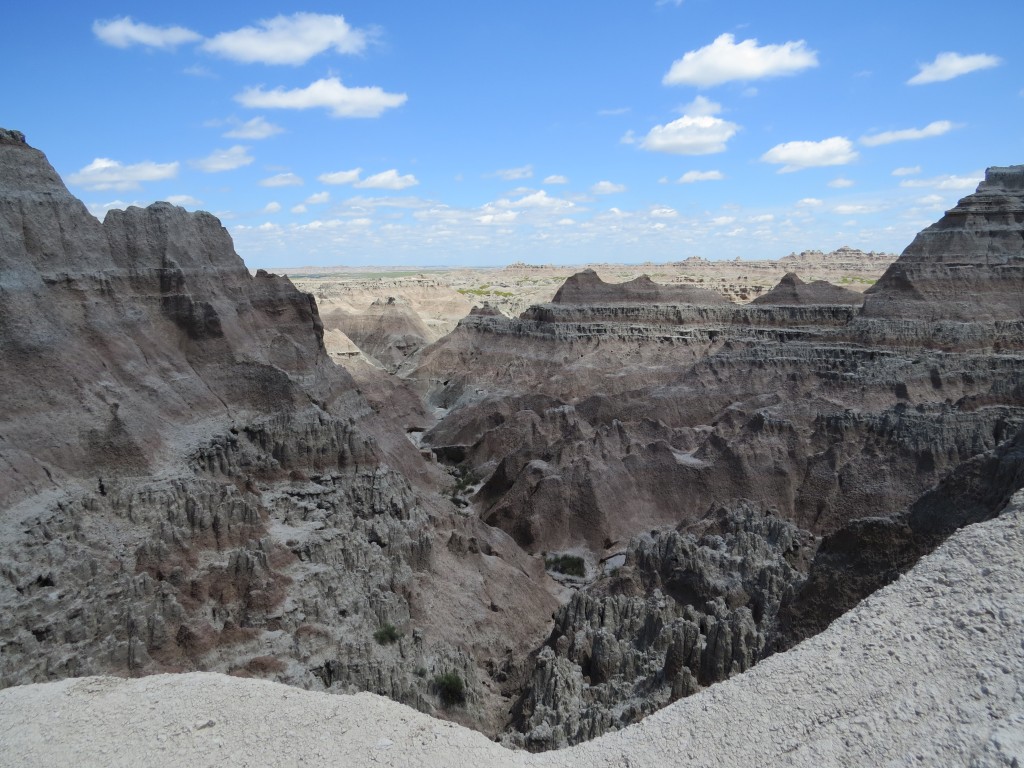 It was fun to look at the bottom of this barren piece of earth and see a family of Say’s Phoebes, another good western bird.
It was fun to look at the bottom of this barren piece of earth and see a family of Say’s Phoebes, another good western bird.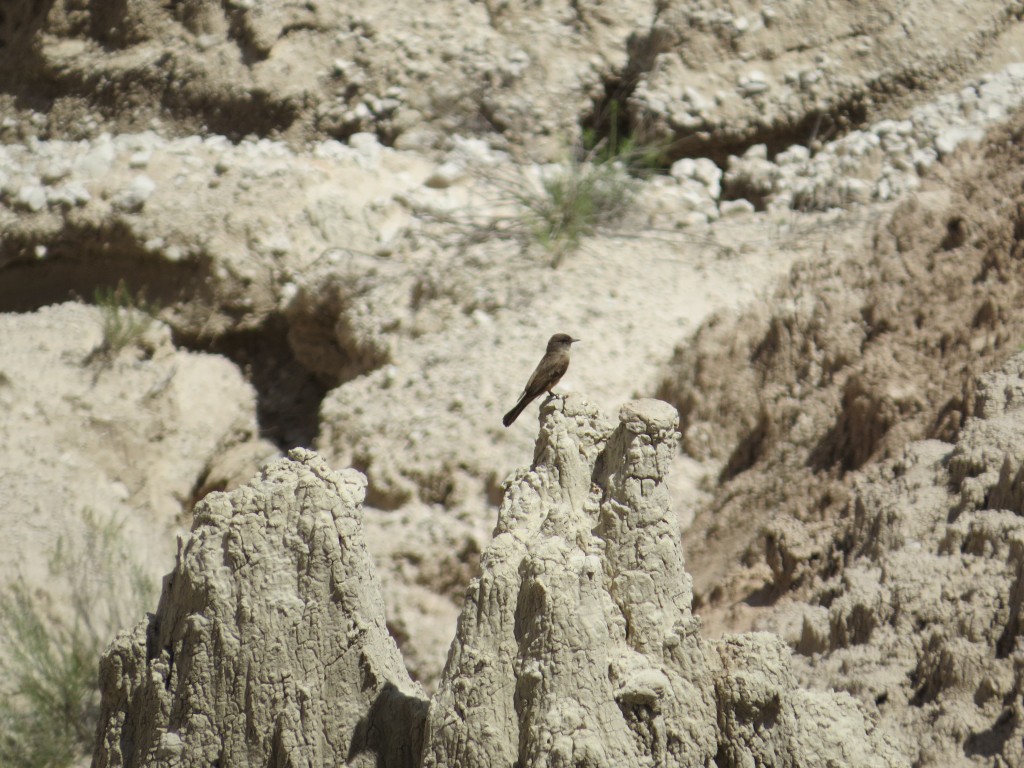 What a good little stop this was – three quick lifers and a fun place to stretch the legs after a long drive. But we had more Badlands to see and hopefully more birds too, so we continued on our drive through the park. We spied Western Kingbirds wherever there were trees on which they could perch. Such a fun bird.
What a good little stop this was – three quick lifers and a fun place to stretch the legs after a long drive. But we had more Badlands to see and hopefully more birds too, so we continued on our drive through the park. We spied Western Kingbirds wherever there were trees on which they could perch. Such a fun bird.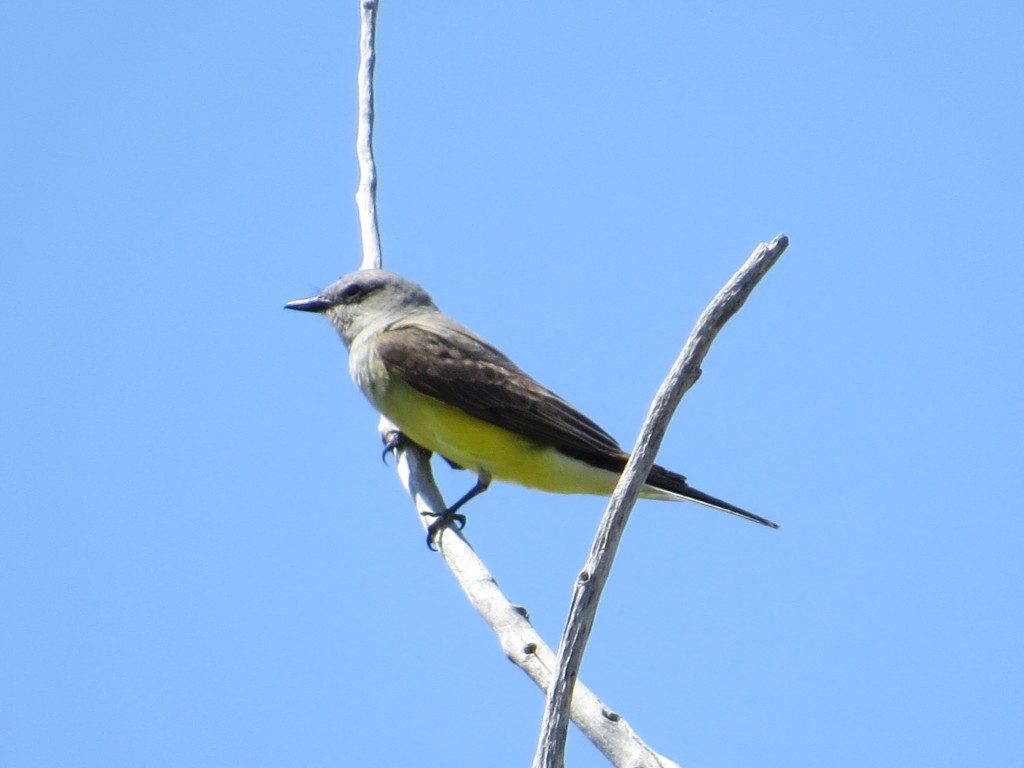
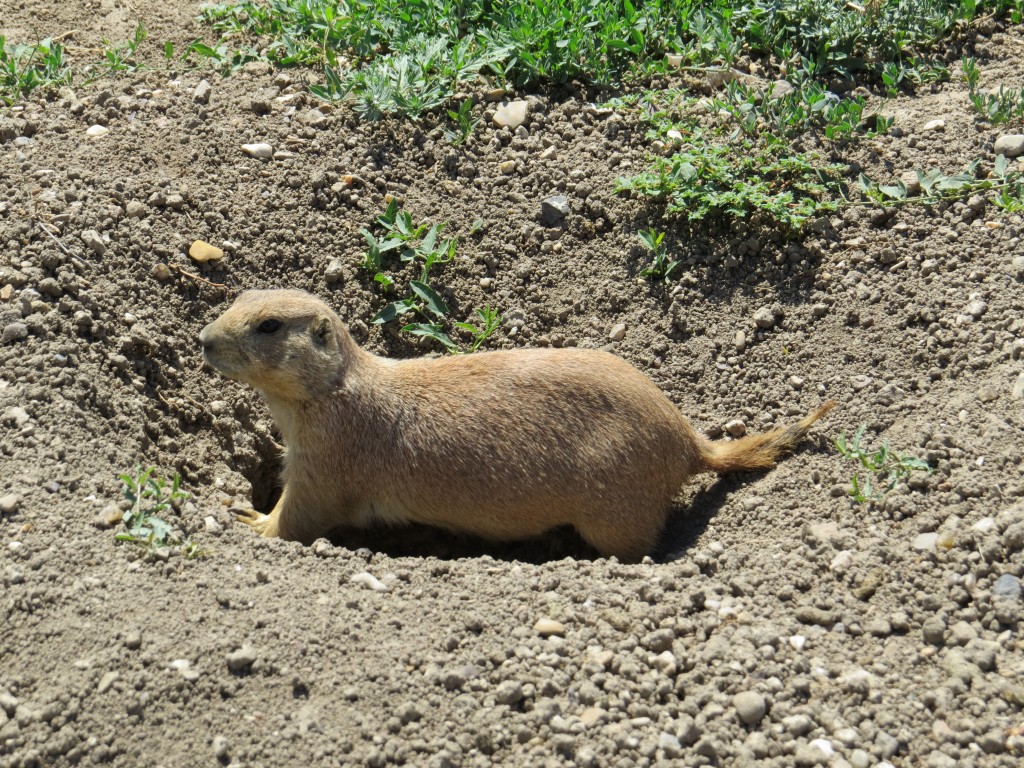
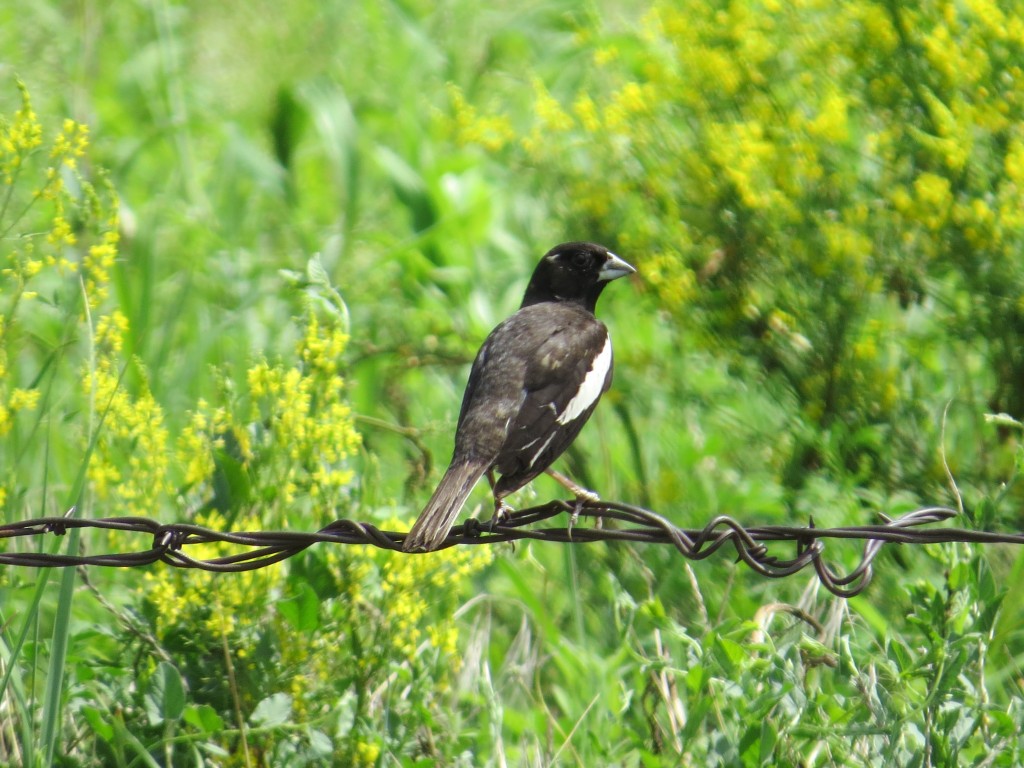
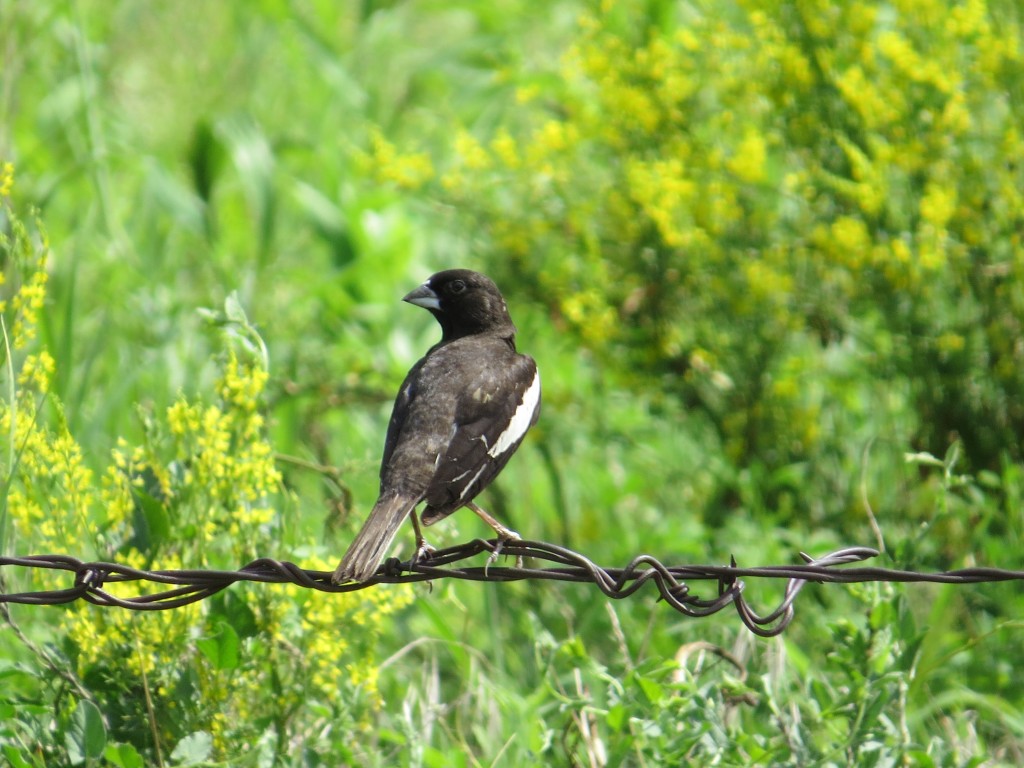
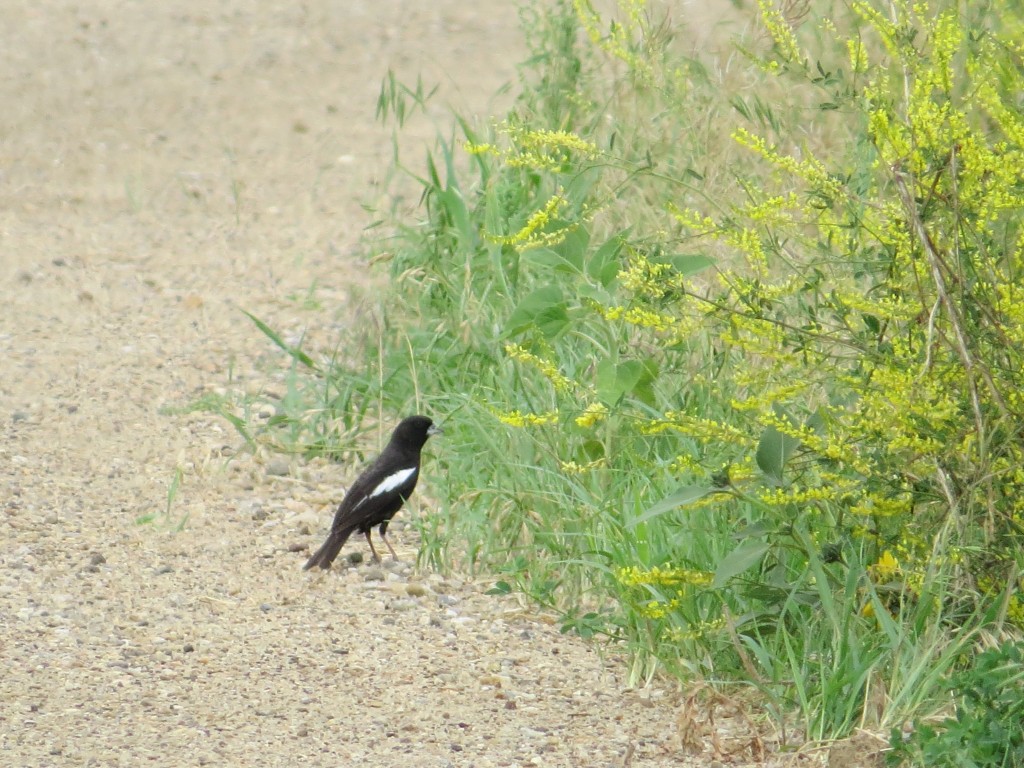 After securing a tidy haul of life birds and enjoying the scenery, it was time to make our way to the Black Hills of South Dakota to meet up with the presidents at Keystone. The most notable bird seen along the way was a Red-headed Woodpecker – always a treat to find.
After securing a tidy haul of life birds and enjoying the scenery, it was time to make our way to the Black Hills of South Dakota to meet up with the presidents at Keystone. The most notable bird seen along the way was a Red-headed Woodpecker – always a treat to find.
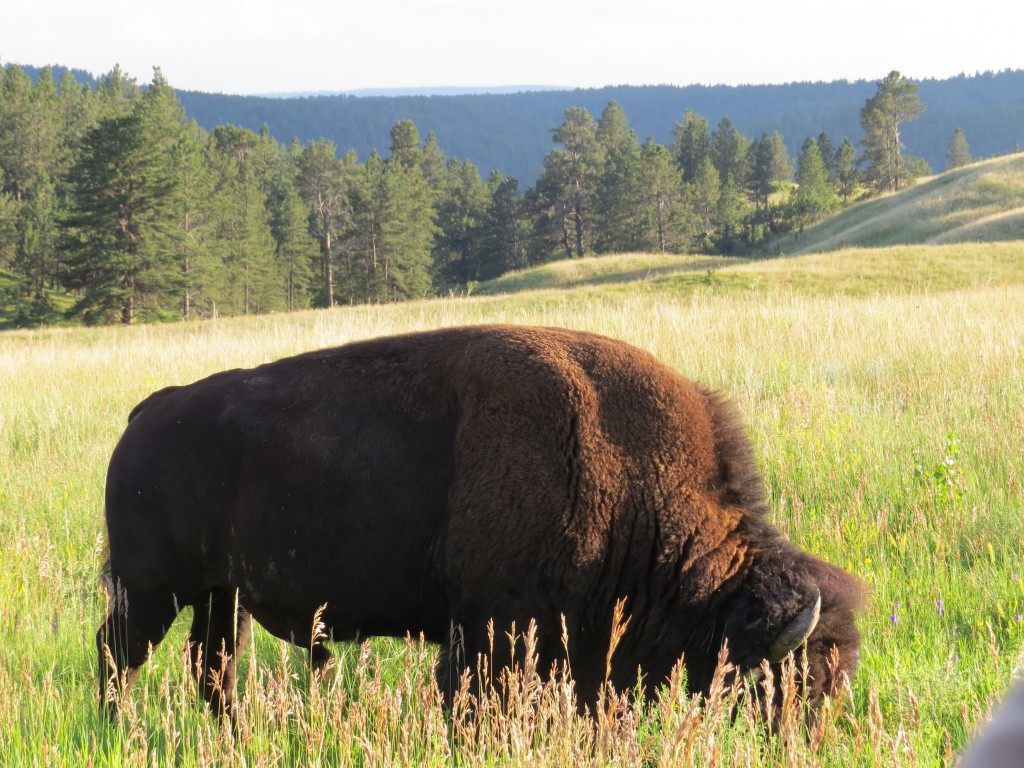
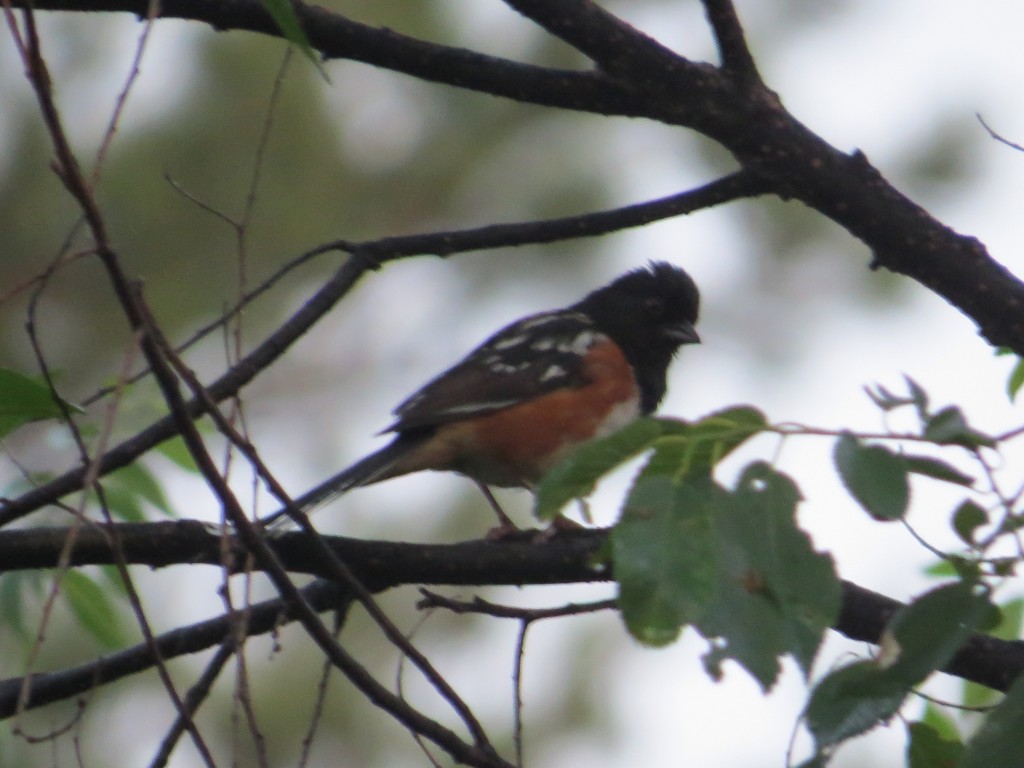
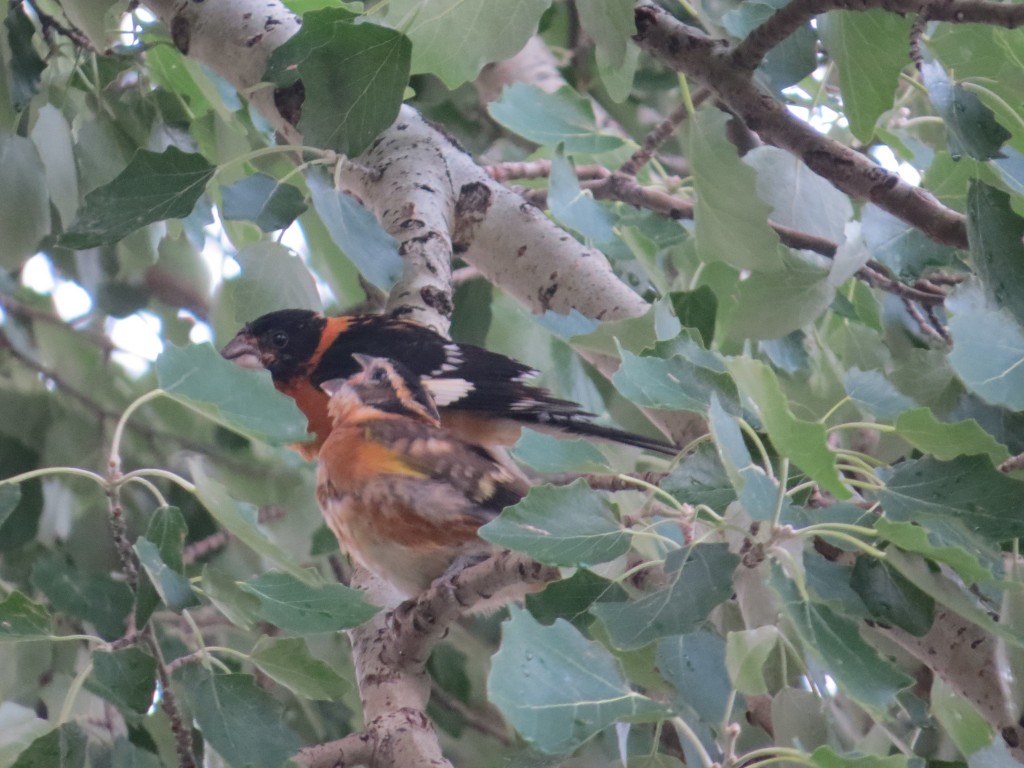
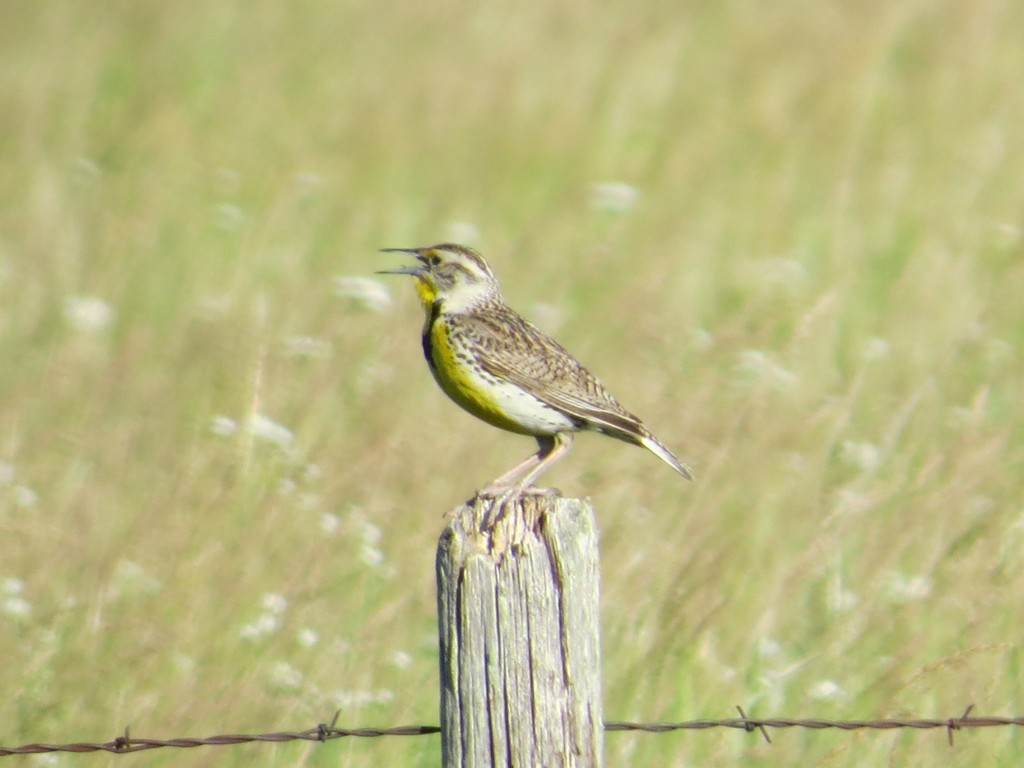
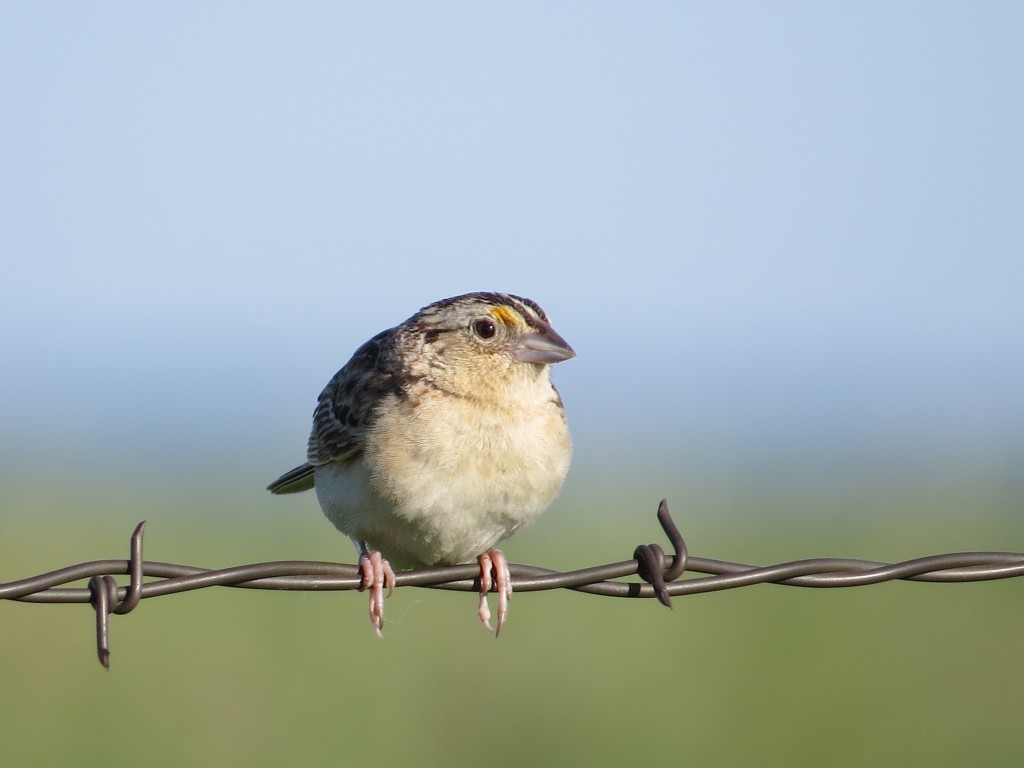
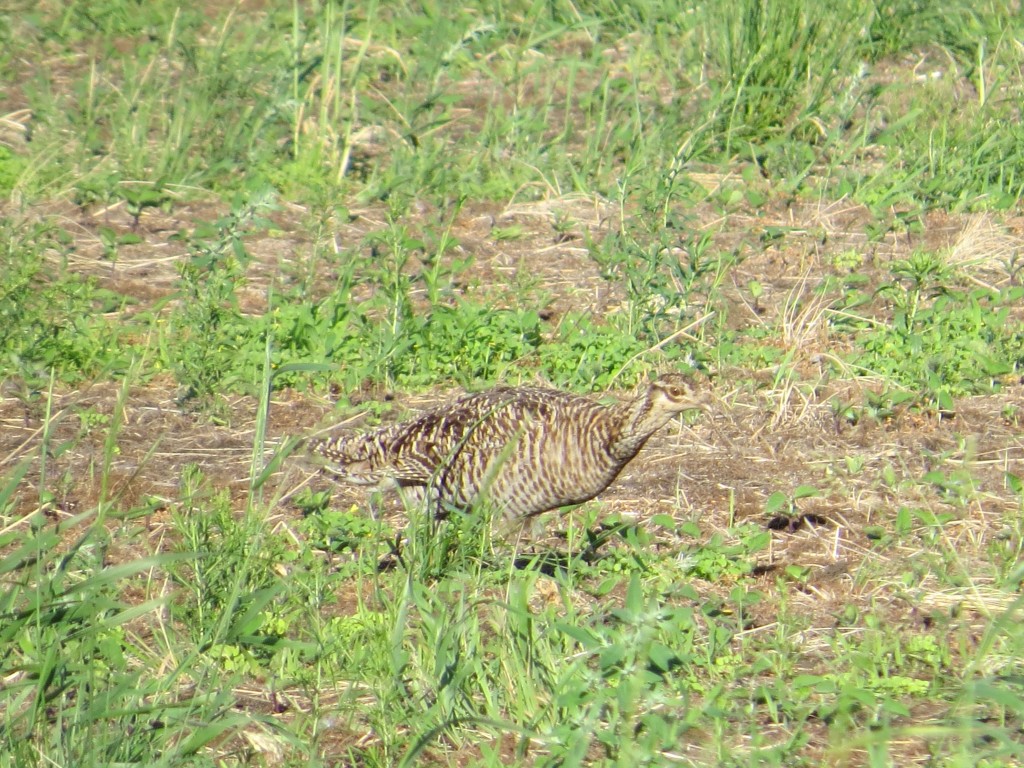
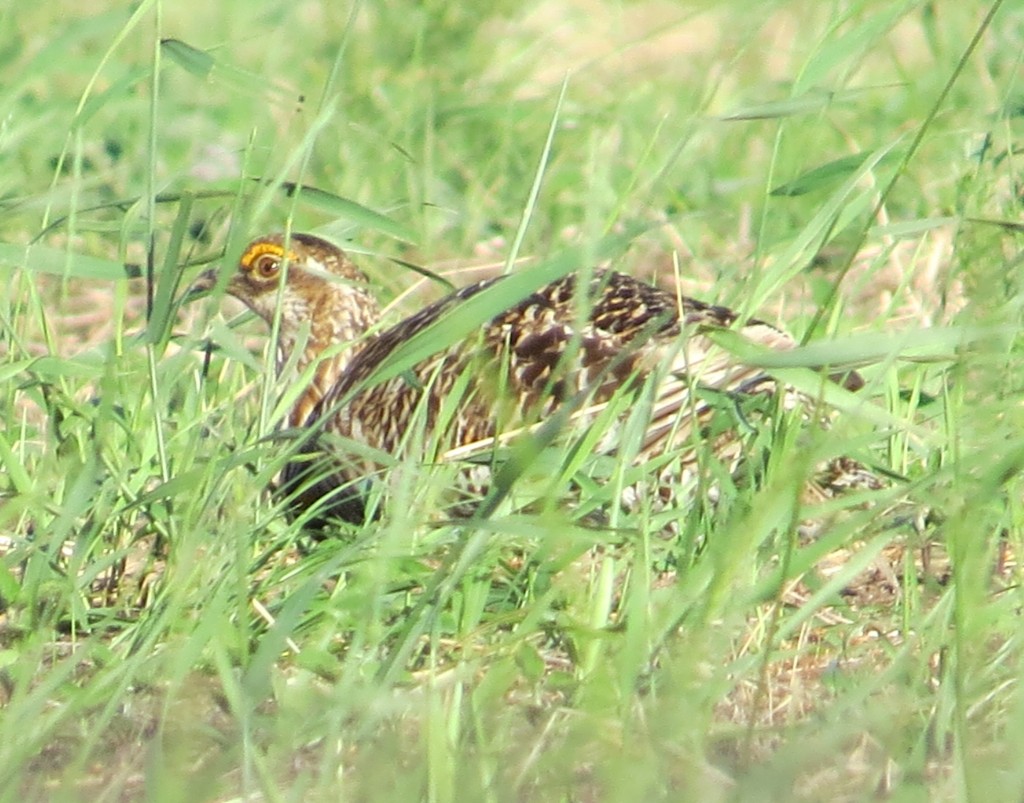
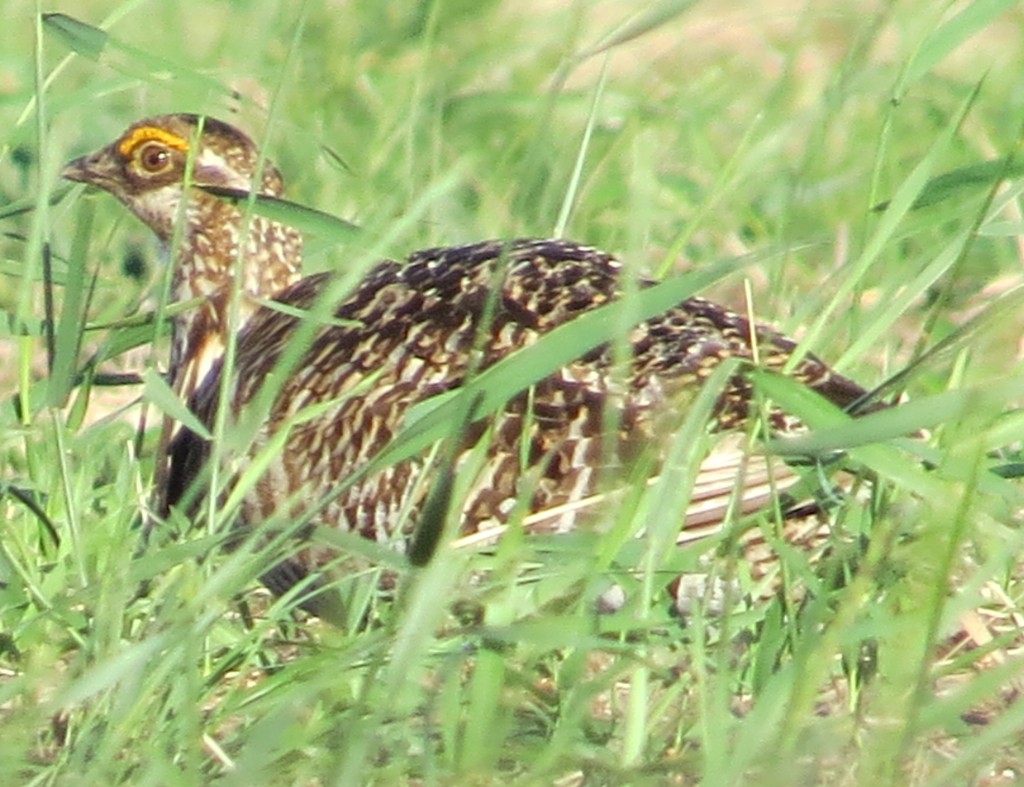
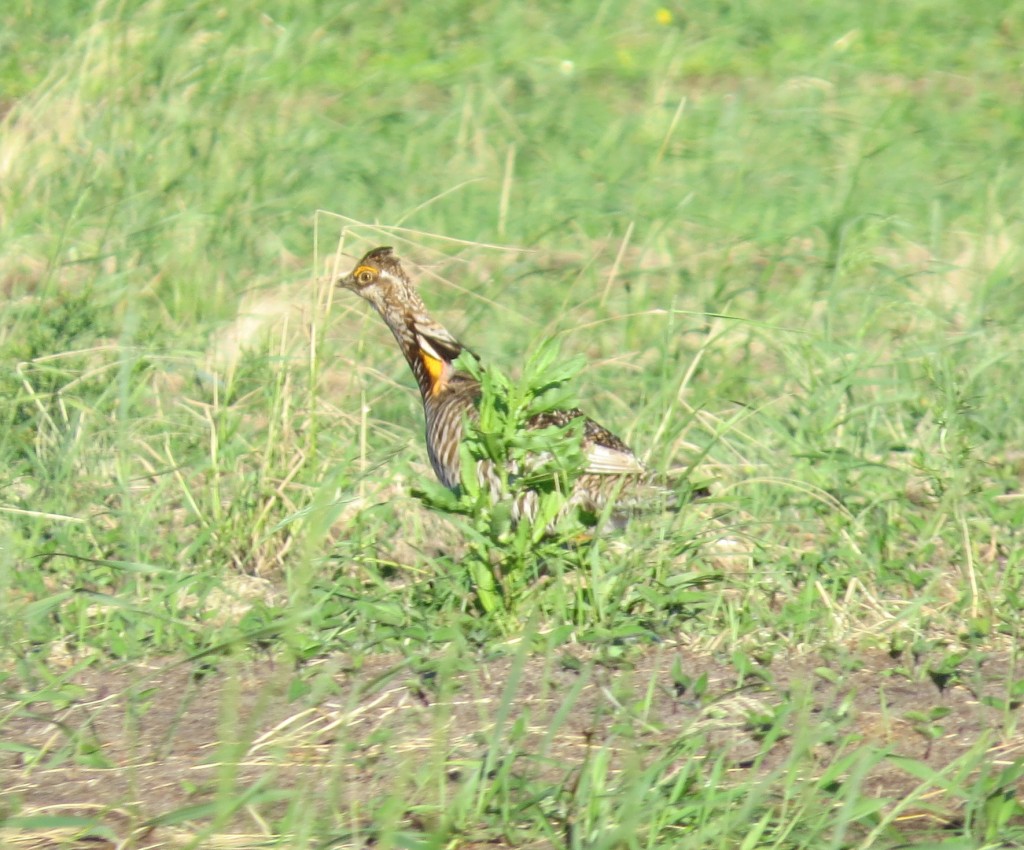 It was a satisfying life bird but not the one we were after. It alone would have made a solid trip. It was also fun to see Marbled Godwits. At first. Then they were everywhere and noisy. Very noisy. It souned like we were at a beach with a bunch of gulls.
It was a satisfying life bird but not the one we were after. It alone would have made a solid trip. It was also fun to see Marbled Godwits. At first. Then they were everywhere and noisy. Very noisy. It souned like we were at a beach with a bunch of gulls.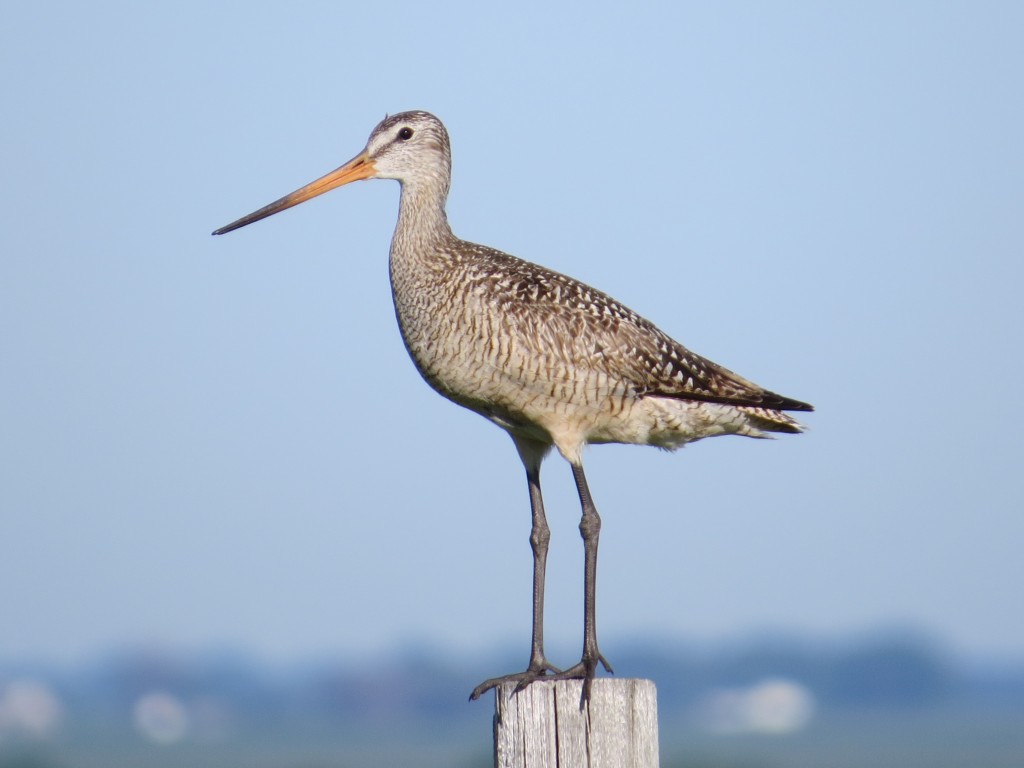
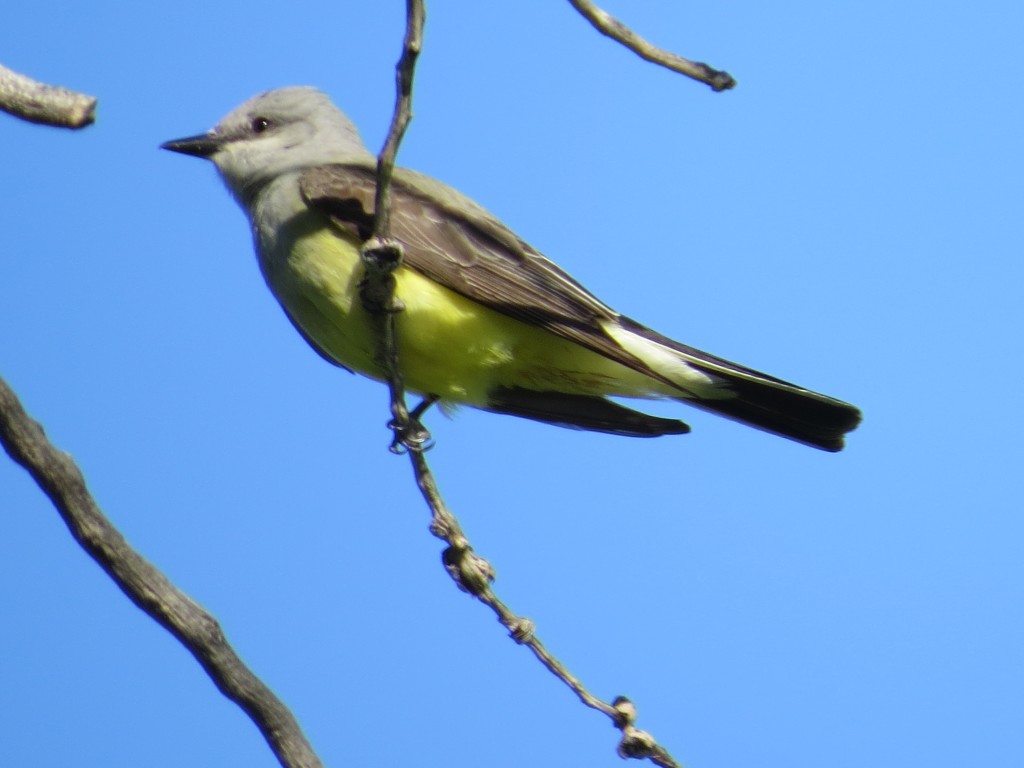
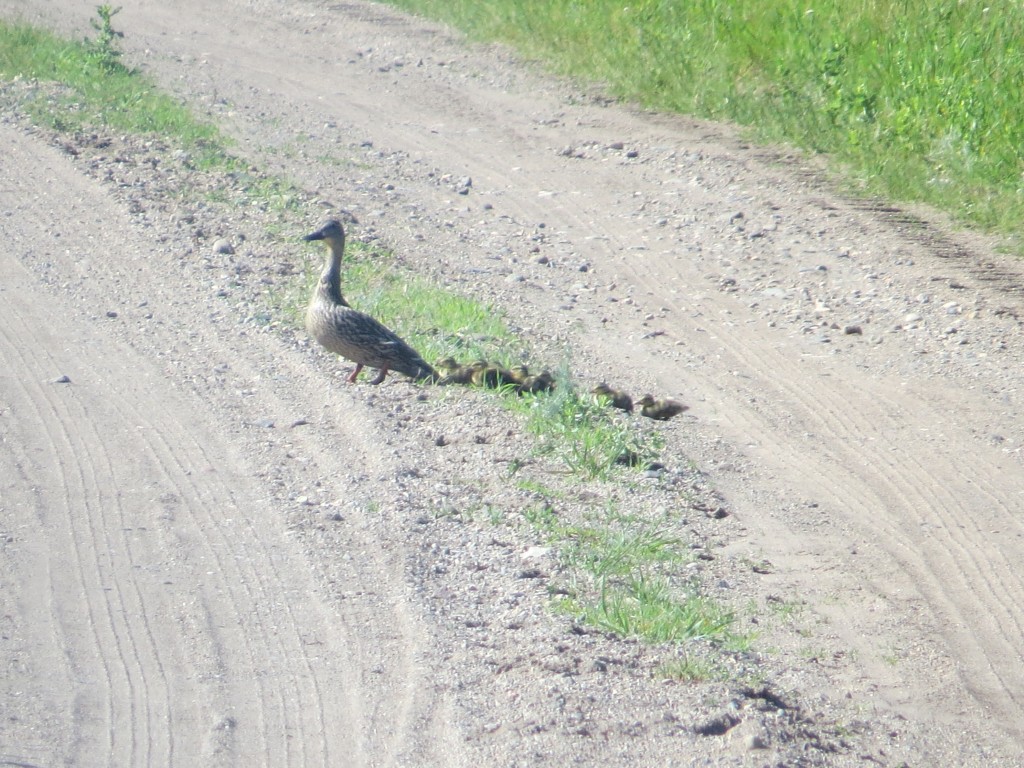
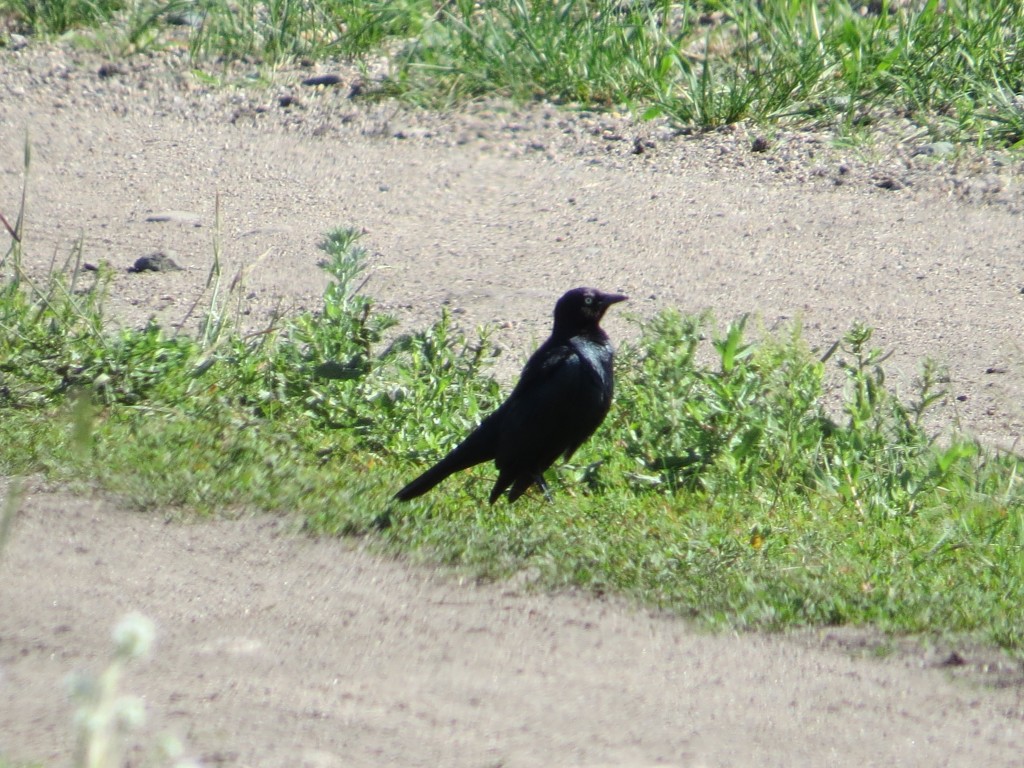
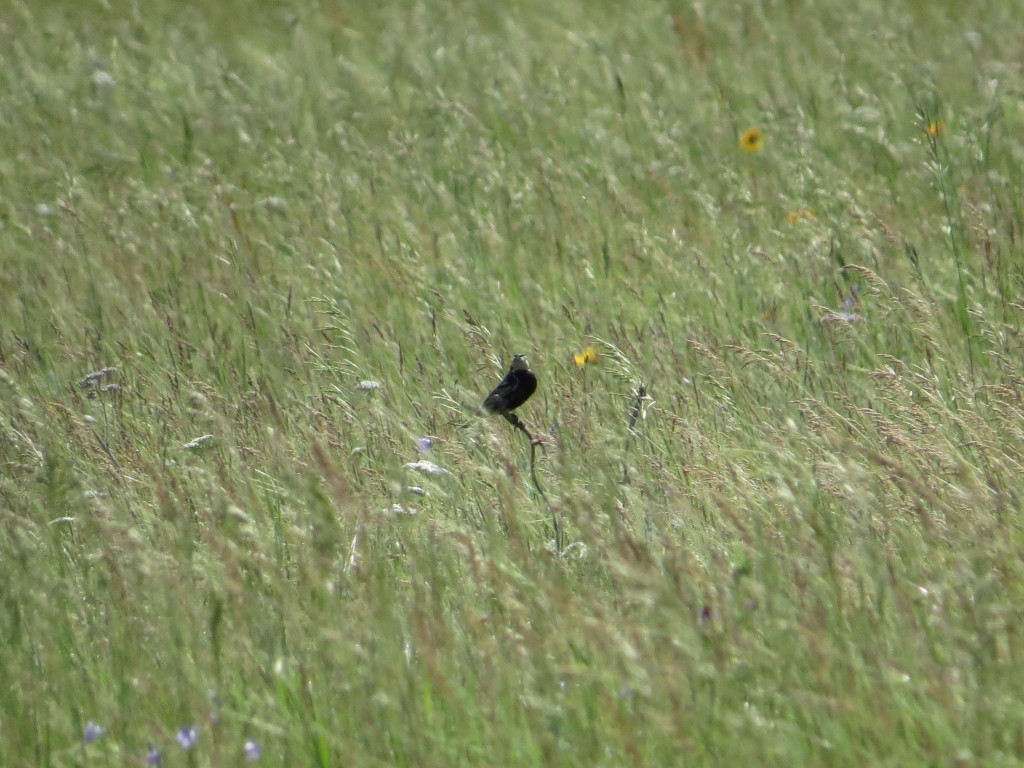
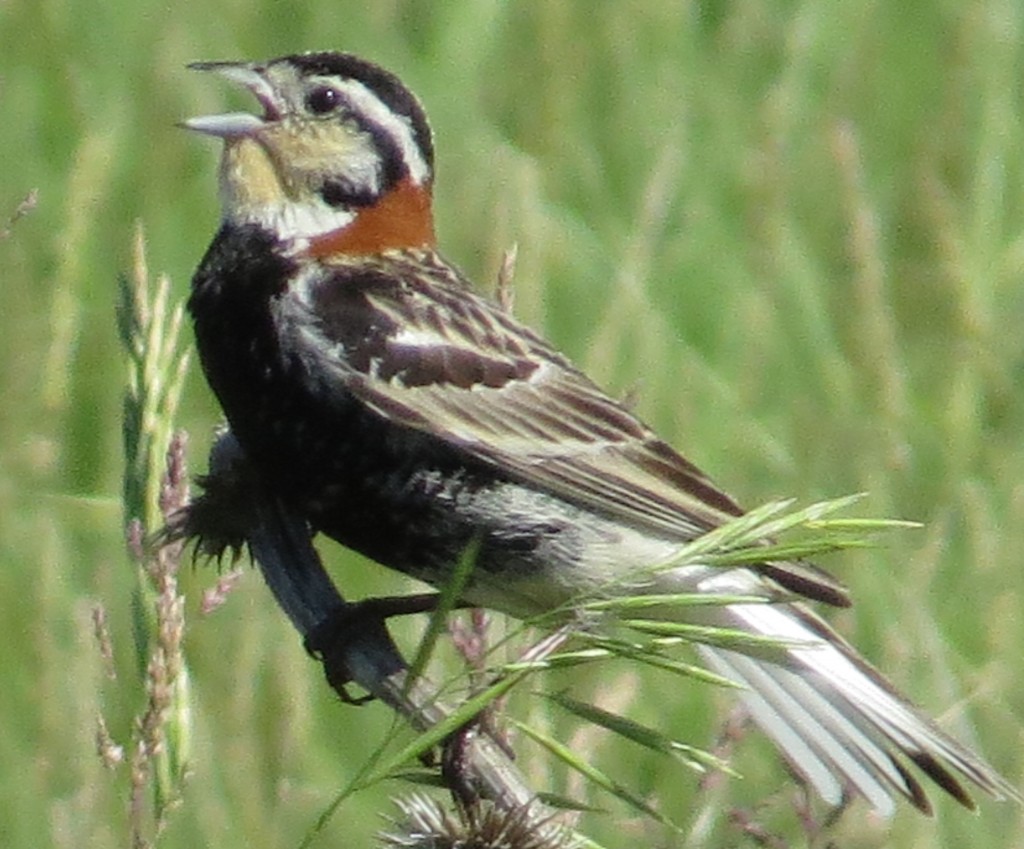
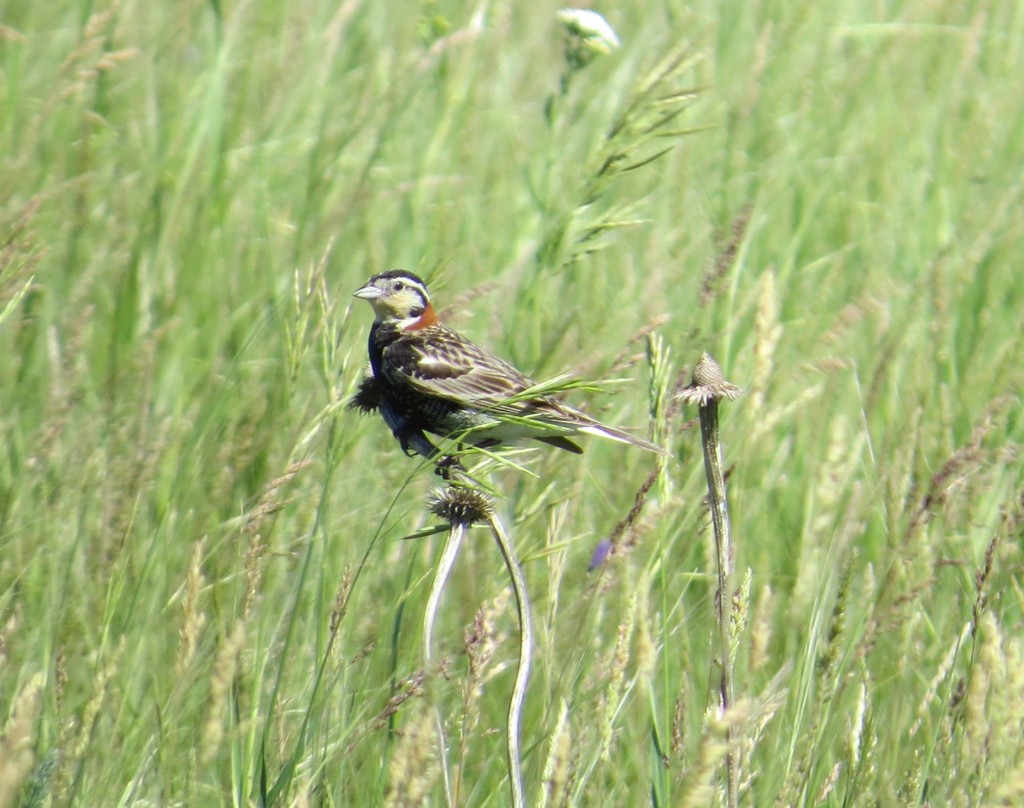
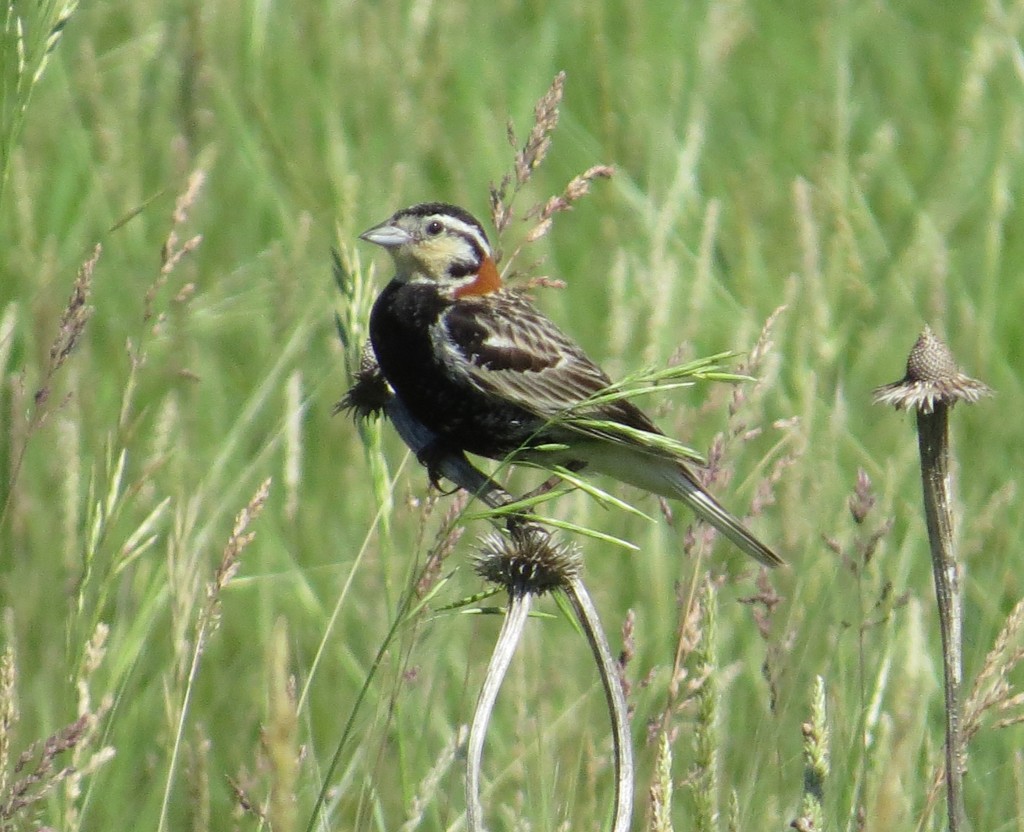
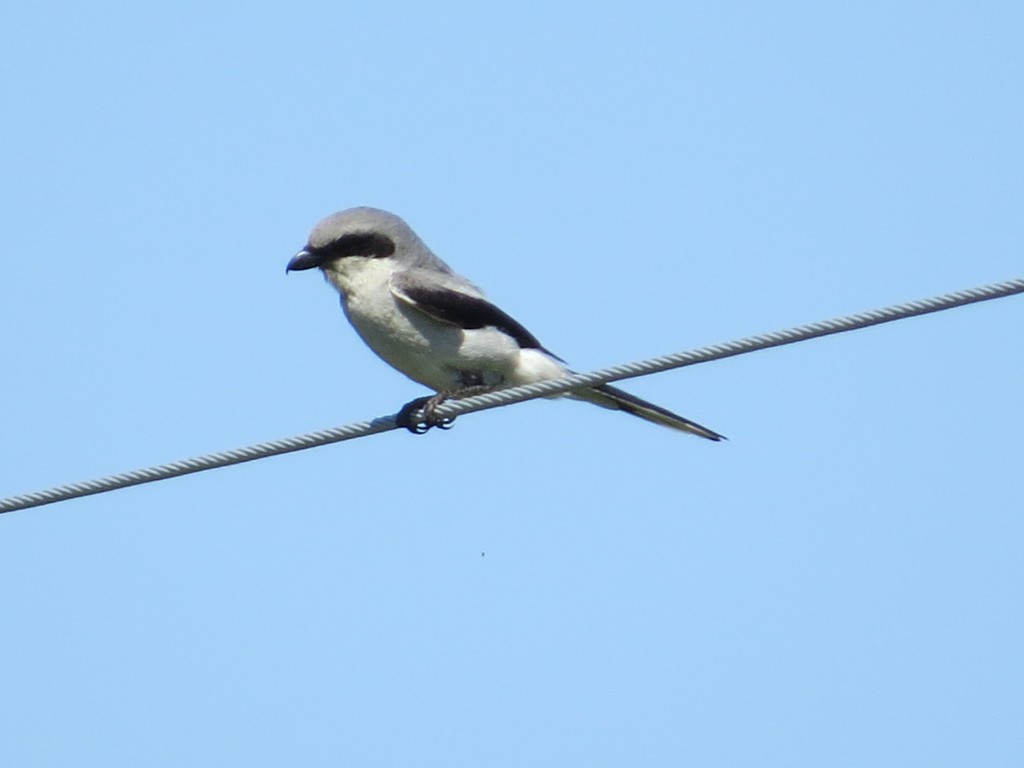
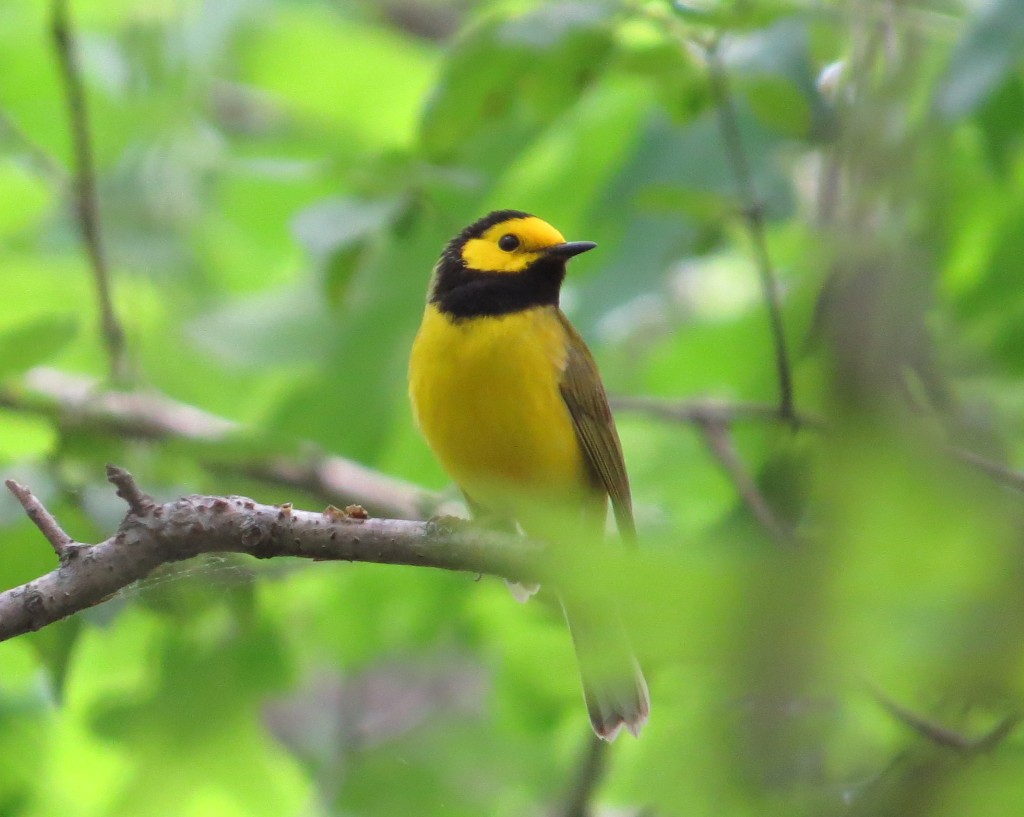
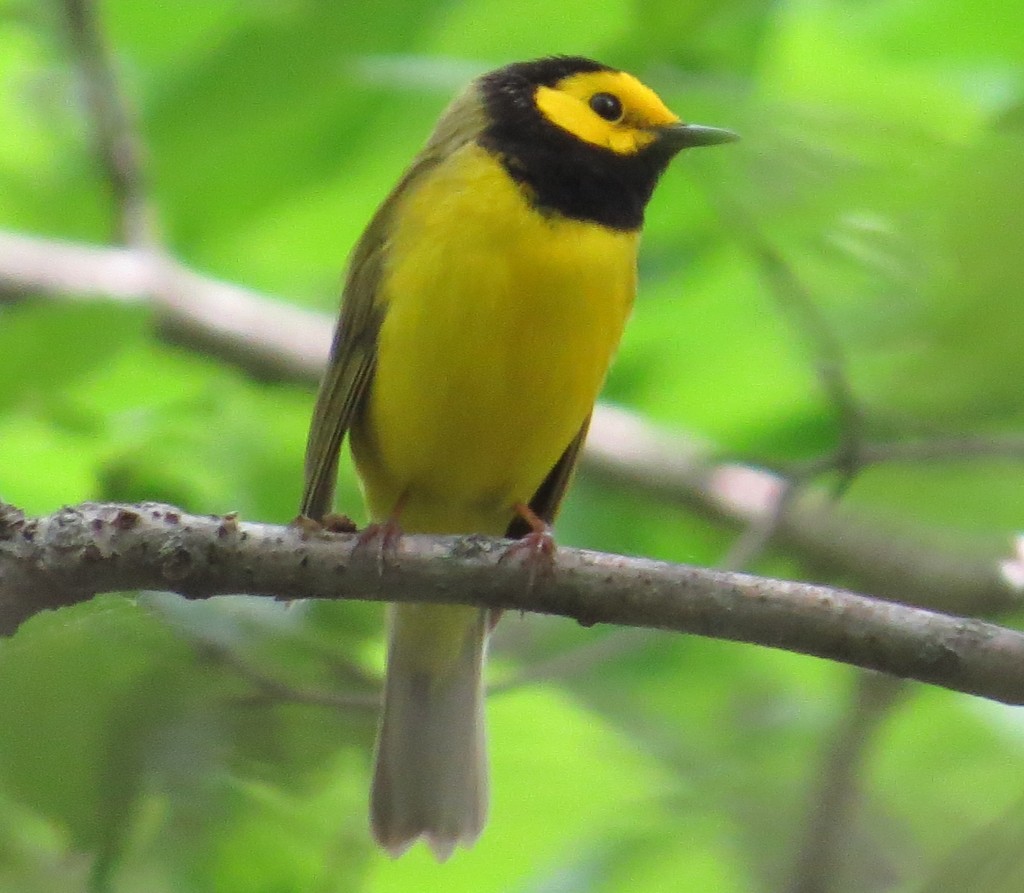
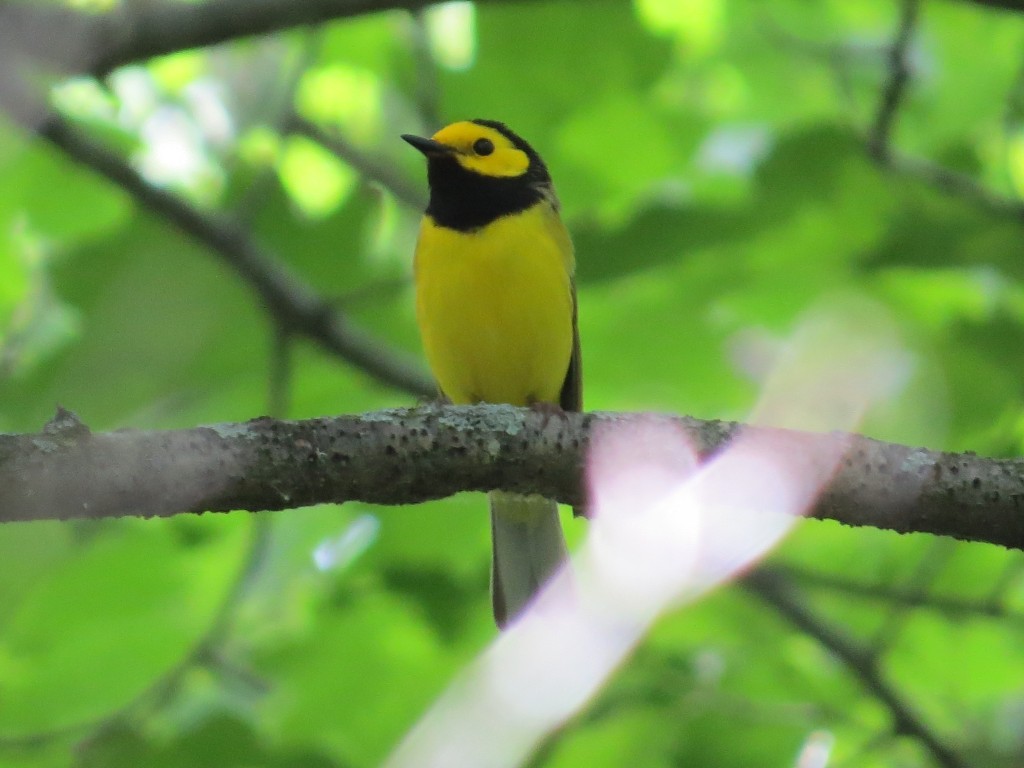
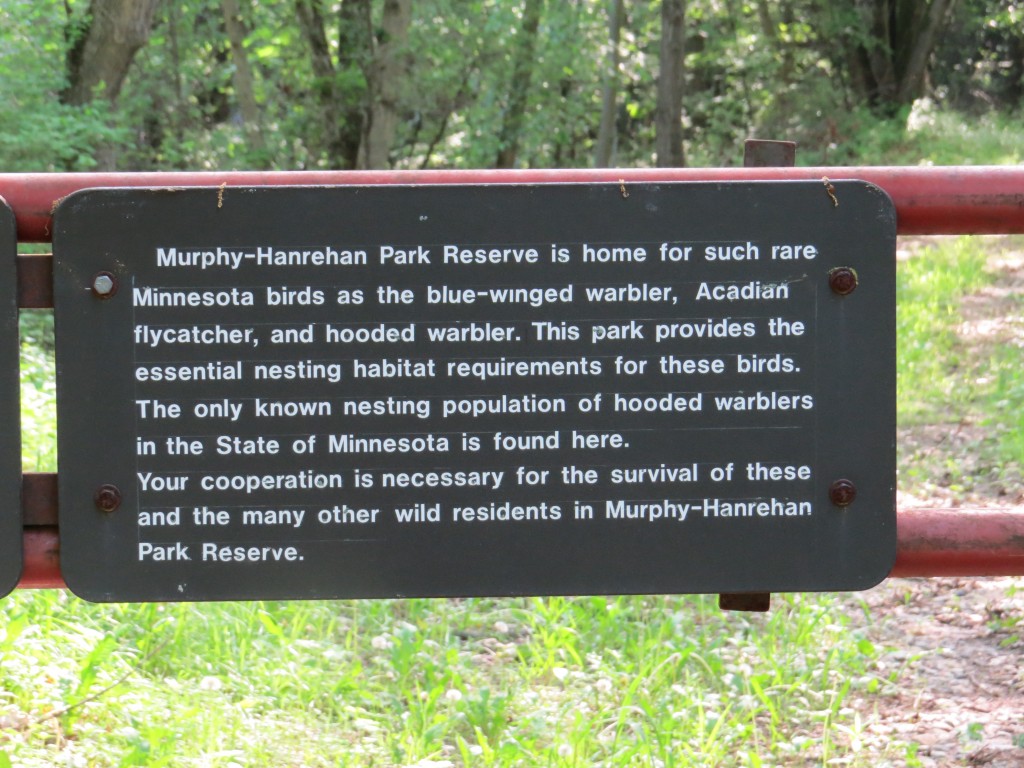
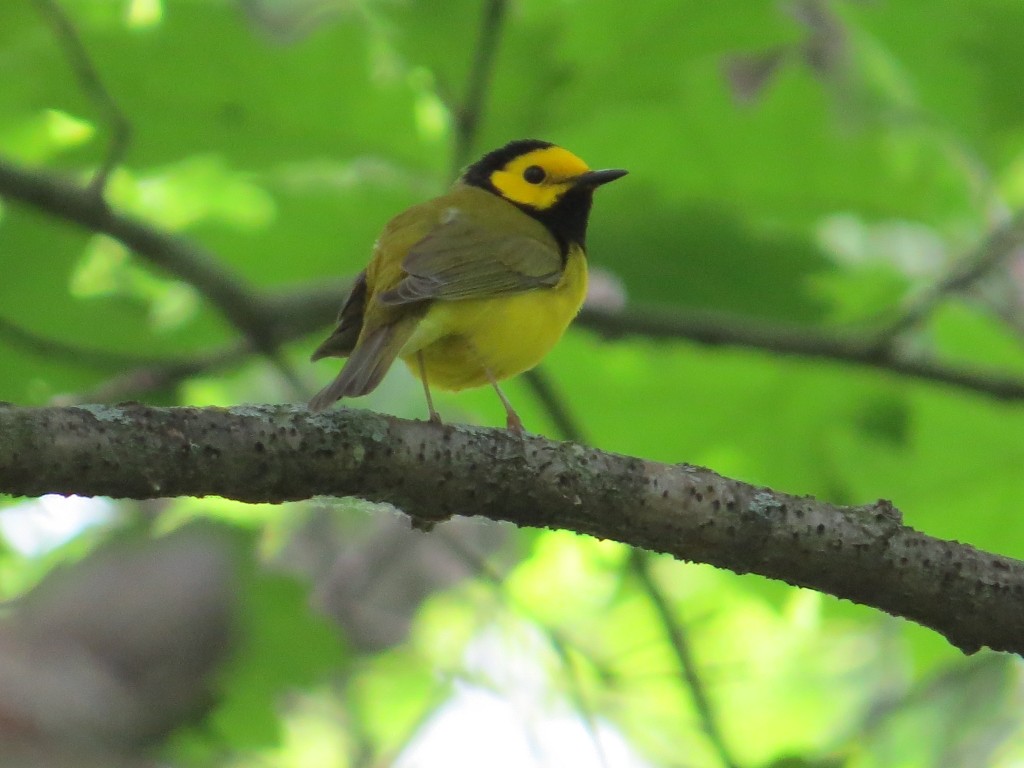
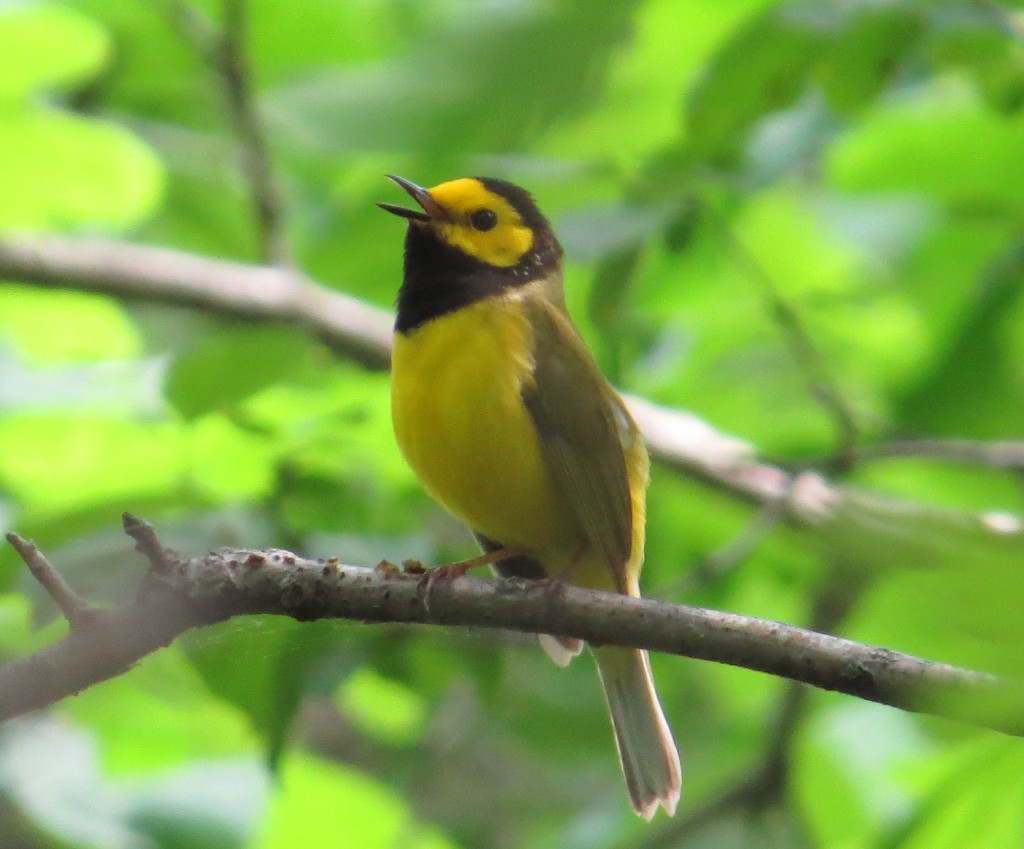 Another fun sighting was a Cerulean Warbler. This was my best look which is not an uncommon look at this tree-top dweller.
Another fun sighting was a Cerulean Warbler. This was my best look which is not an uncommon look at this tree-top dweller.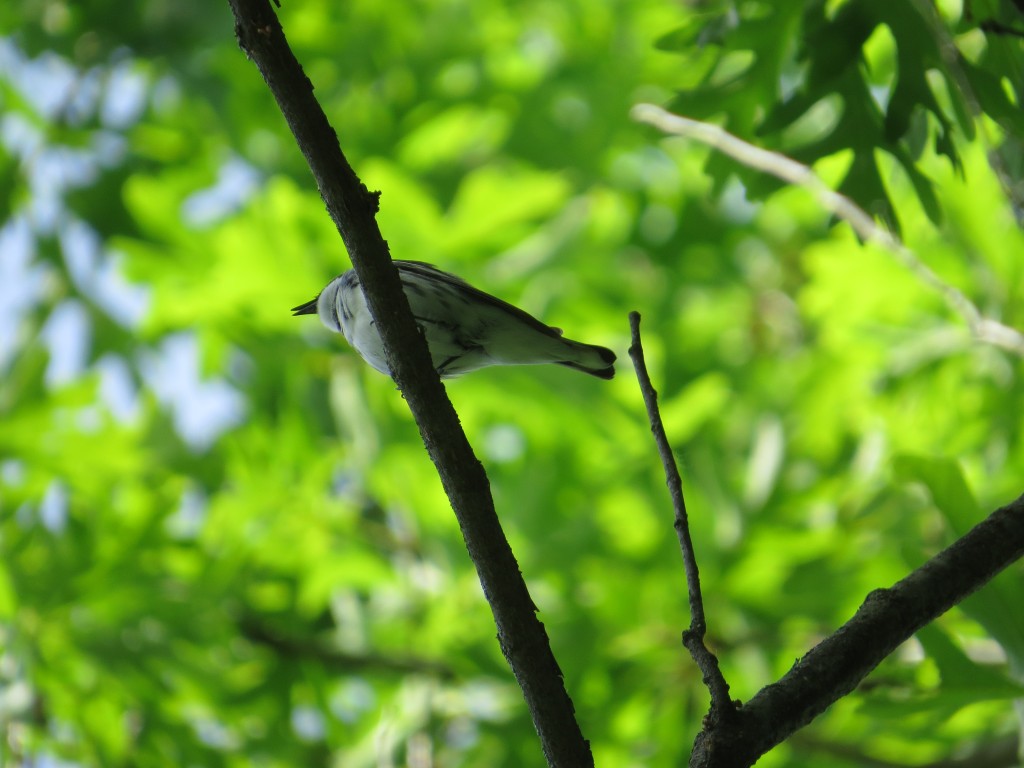
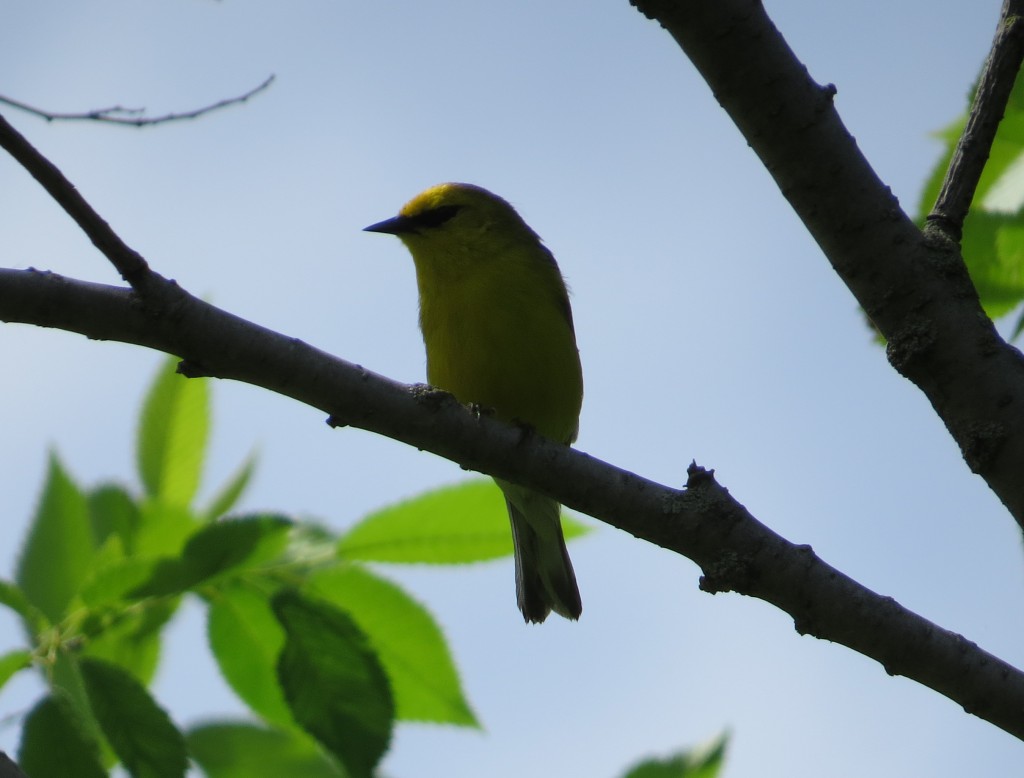
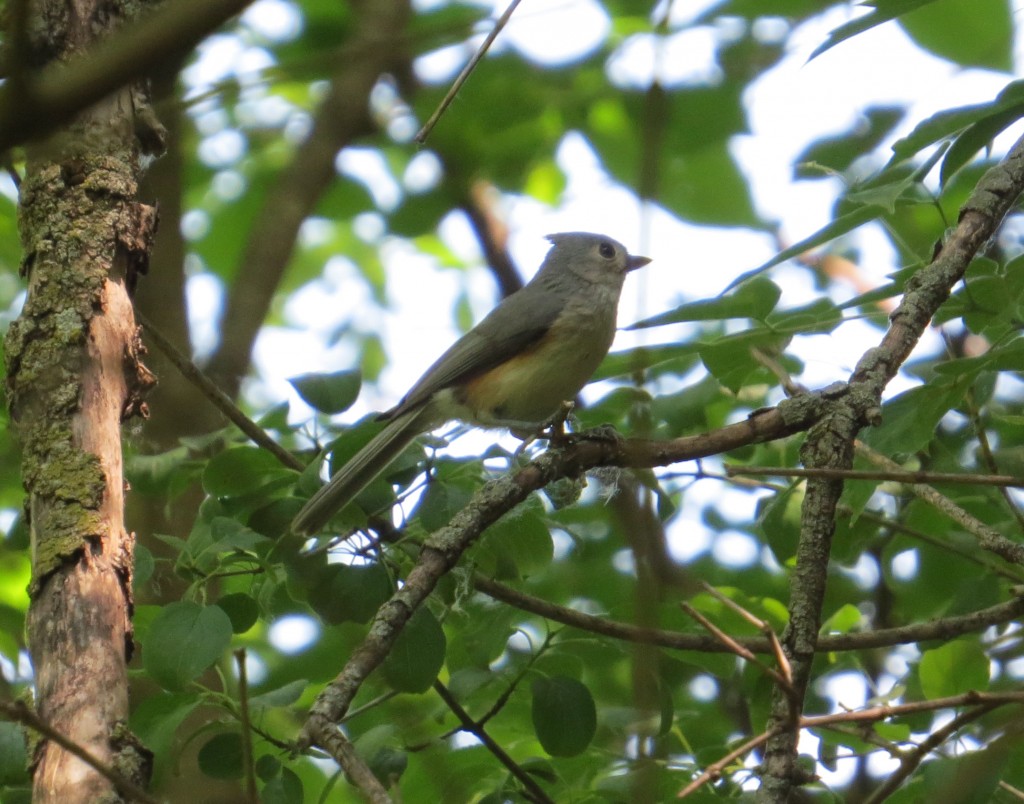
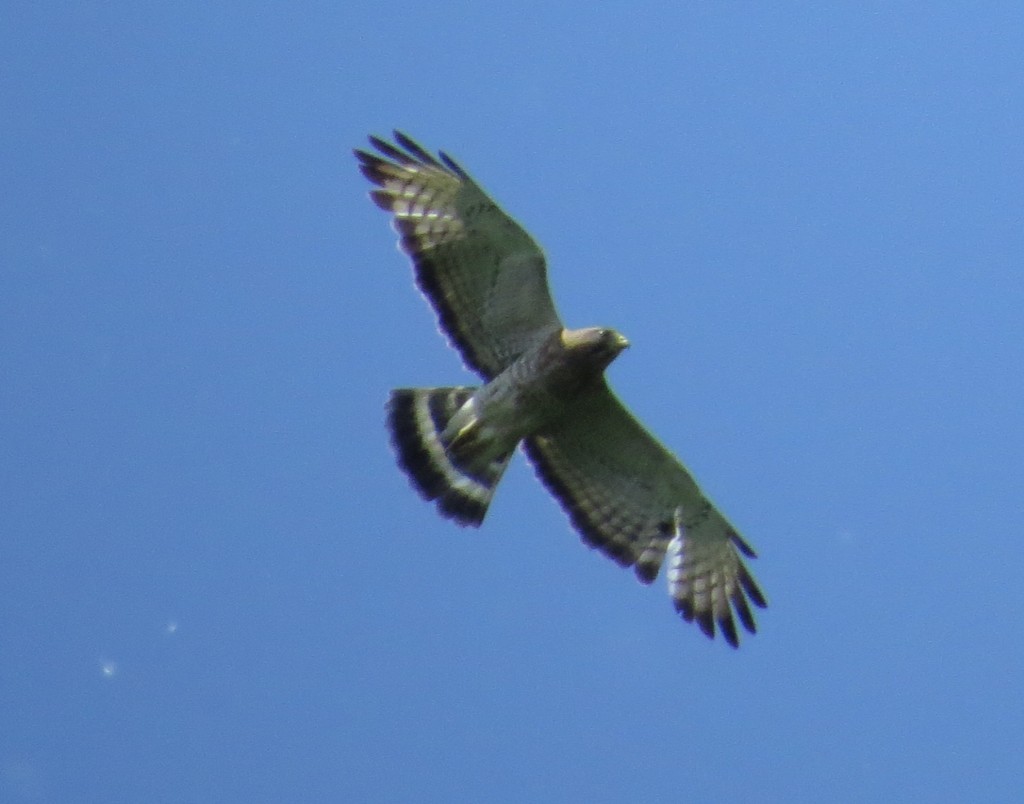

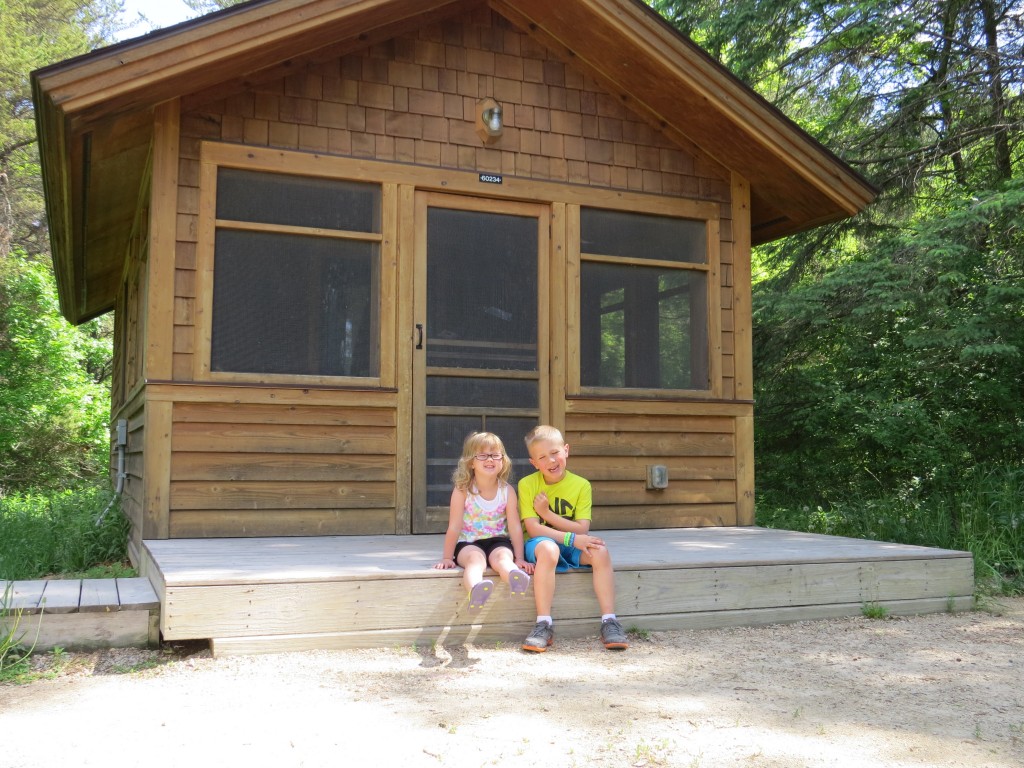
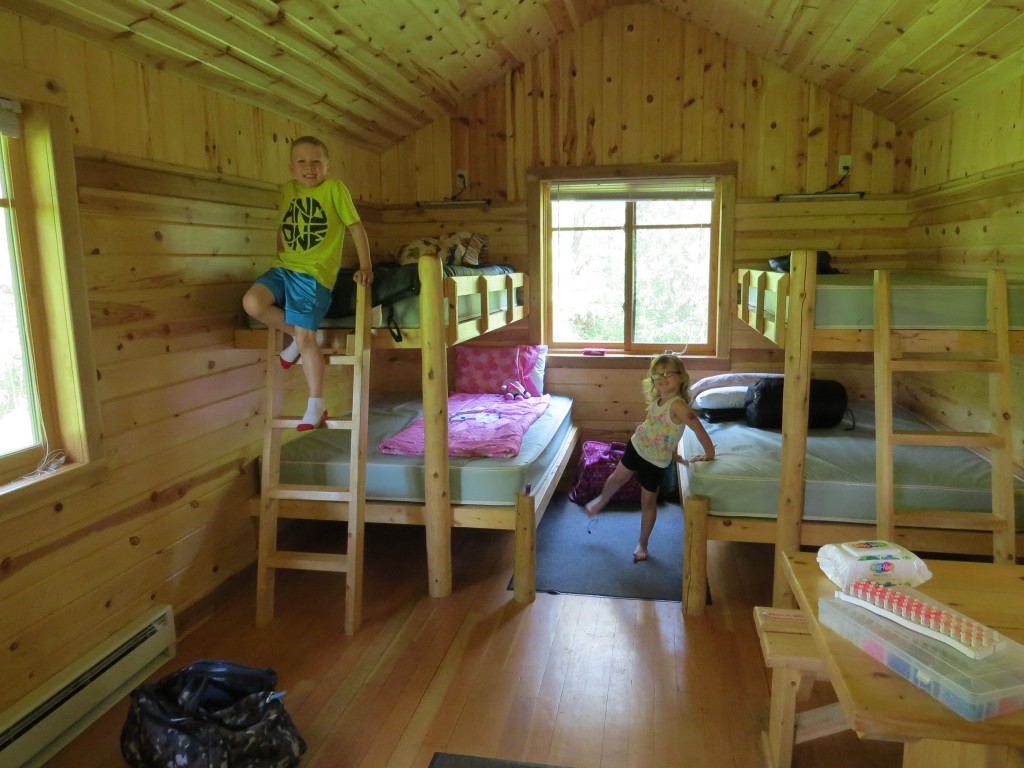
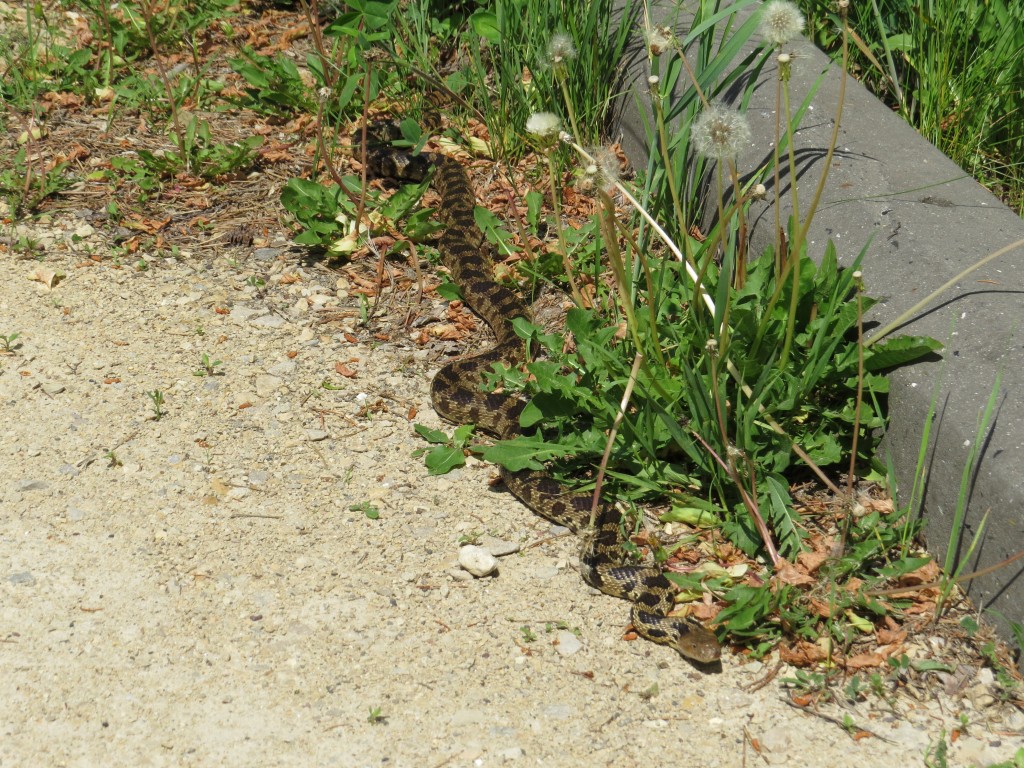
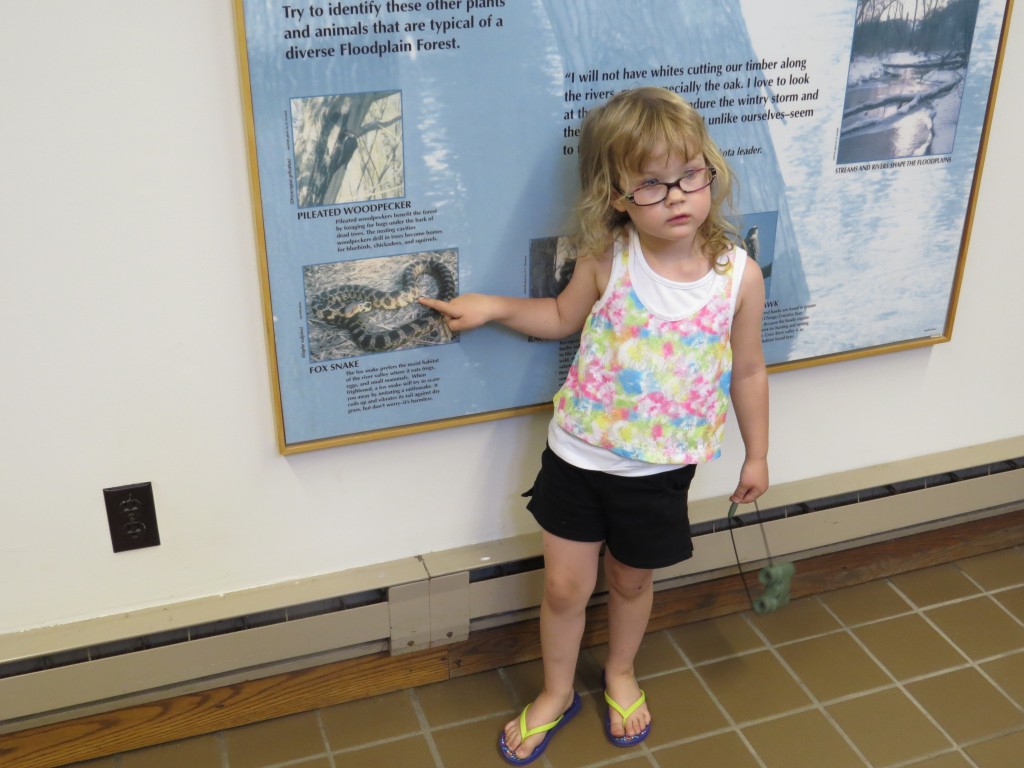
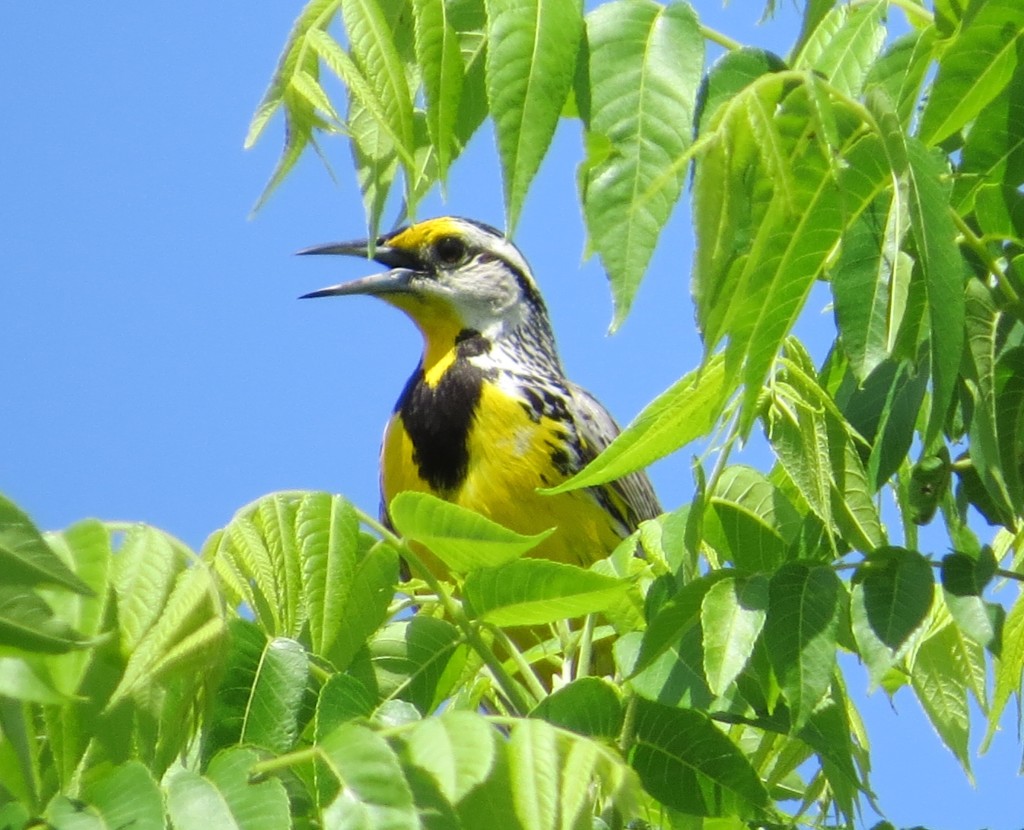
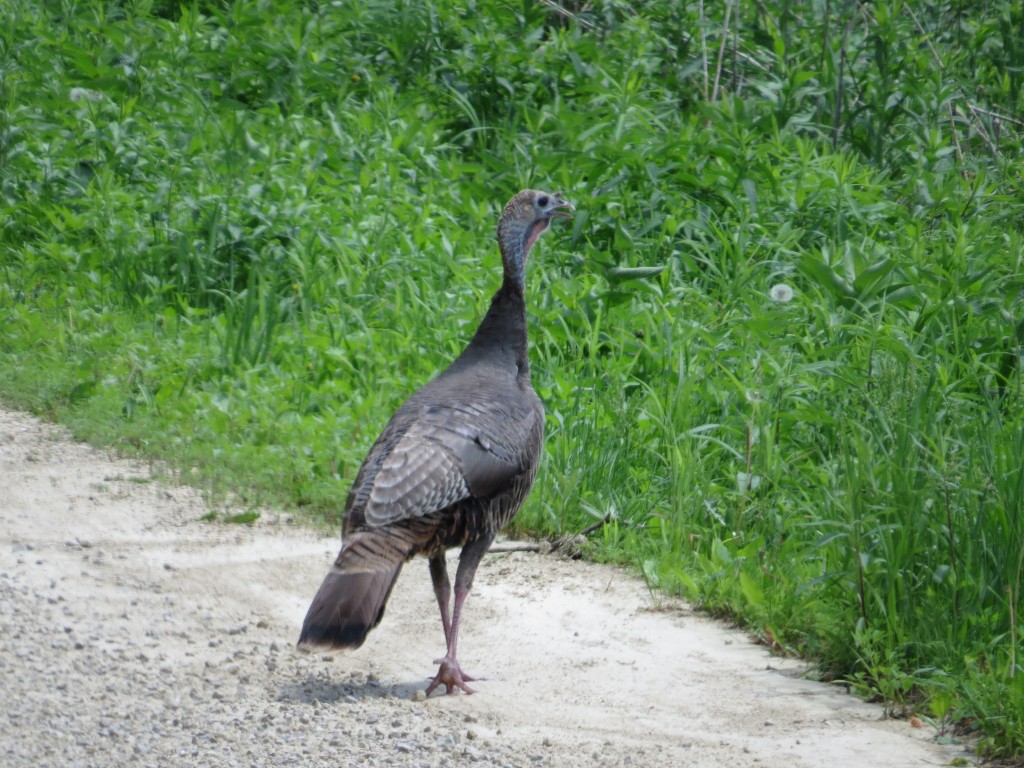
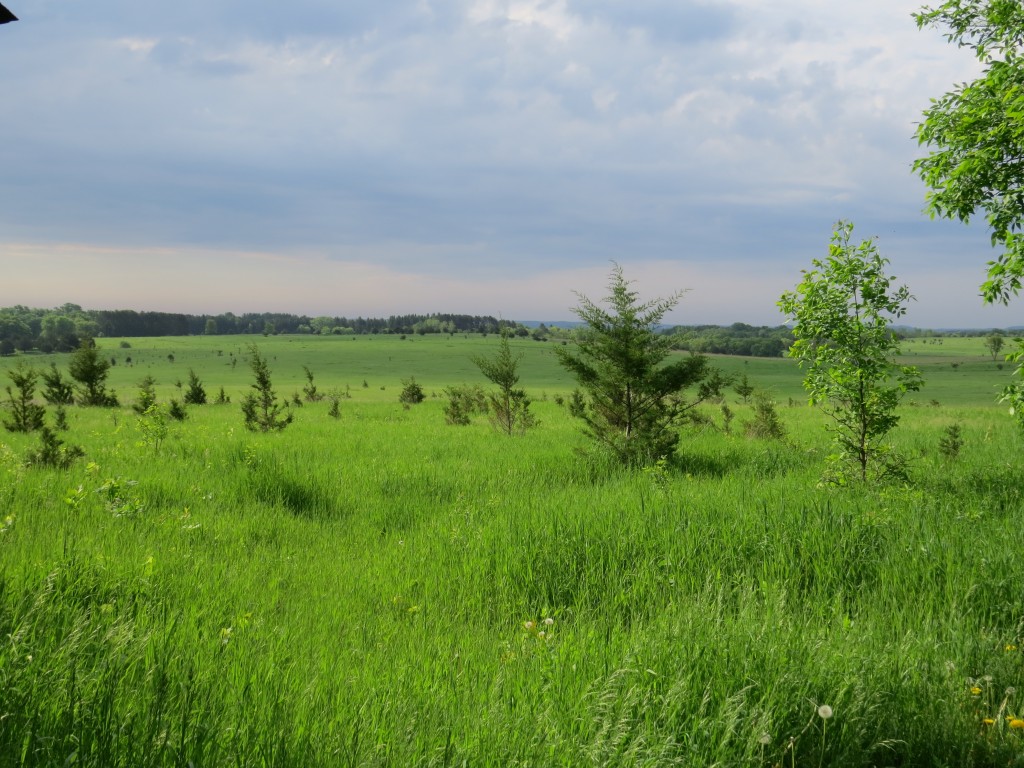
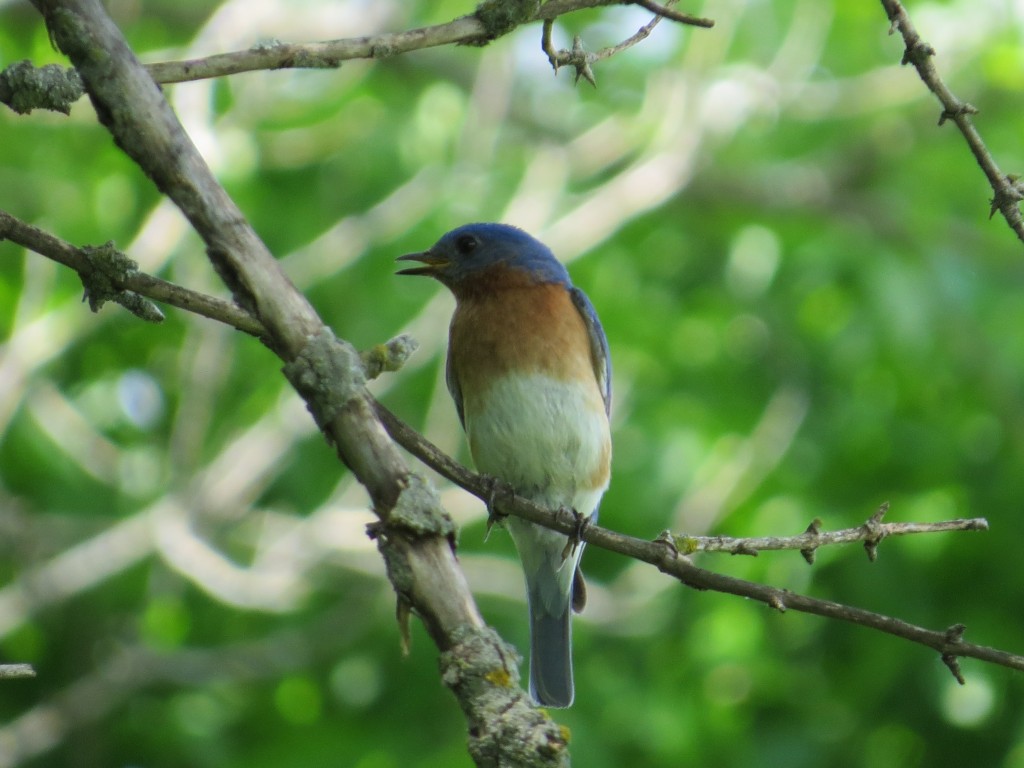
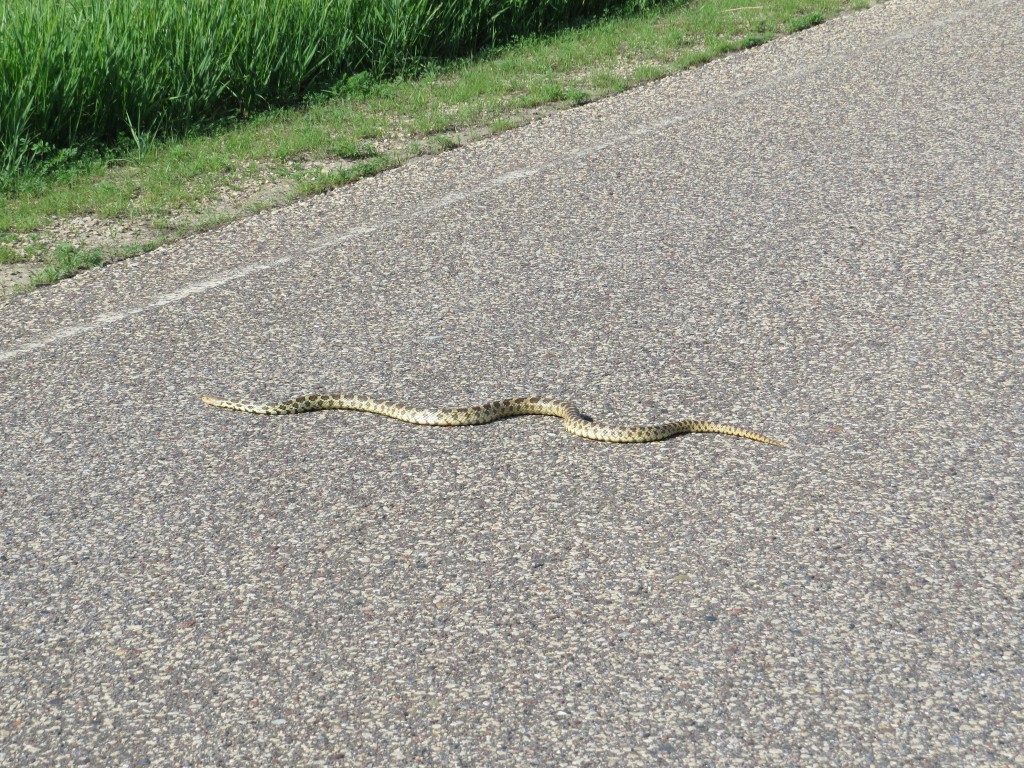 After this experience we finally made it to the trailhead. This time things went a lot smoother with a lot less complaining. The hike down the large hill was the most challenging as the sign shows, though Marin was convinced the sign meant it was a snake trail. Given our day, who could blame her? Here you can see Evan contemplating her observation.
After this experience we finally made it to the trailhead. This time things went a lot smoother with a lot less complaining. The hike down the large hill was the most challenging as the sign shows, though Marin was convinced the sign meant it was a snake trail. Given our day, who could blame her? Here you can see Evan contemplating her observation.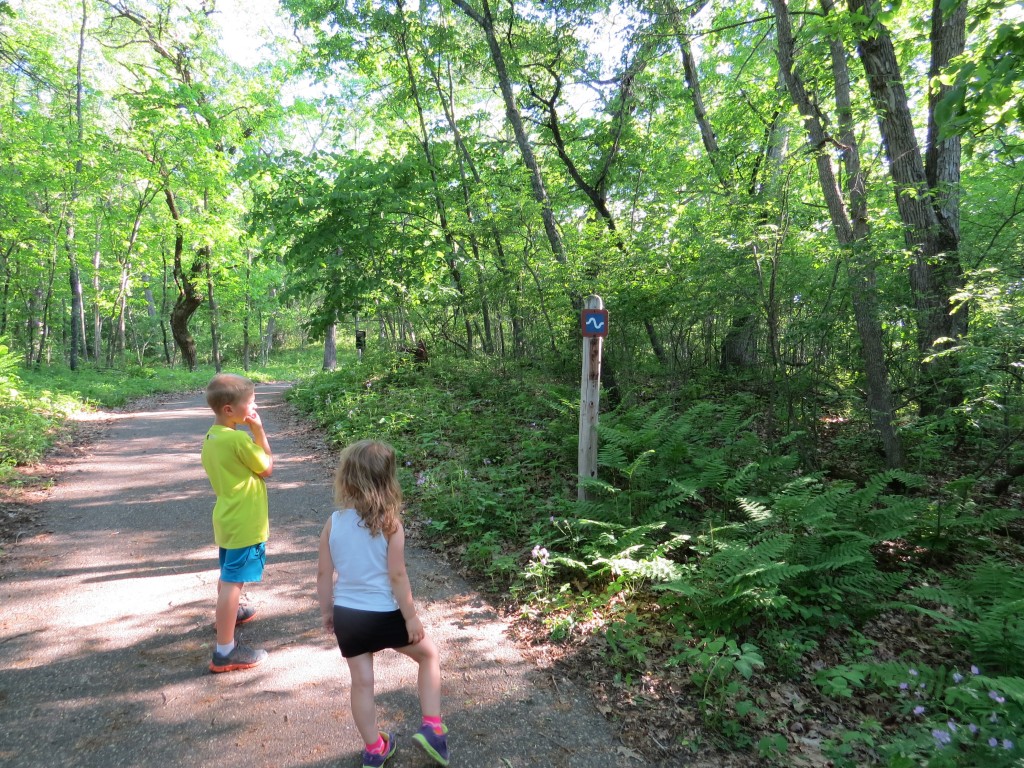 The river bottoms trail was flat and easy as it took us right next to the St. Croix and right along the base of an oak-wooded hillside where the Hooded Warblers were known to be. I knew the song well as its been my phone’s ring tone for some time, but I just wasn’t hearing it. Argh. Later on, though, as we passed by some flooded timber along the edge of the river, I heard the distinctive call of the Prothonotary Warbler! Not the main target, but good enough! After a little while we got to lay our eyes on it. What a thrill it was to see it for the first time!
The river bottoms trail was flat and easy as it took us right next to the St. Croix and right along the base of an oak-wooded hillside where the Hooded Warblers were known to be. I knew the song well as its been my phone’s ring tone for some time, but I just wasn’t hearing it. Argh. Later on, though, as we passed by some flooded timber along the edge of the river, I heard the distinctive call of the Prothonotary Warbler! Not the main target, but good enough! After a little while we got to lay our eyes on it. What a thrill it was to see it for the first time!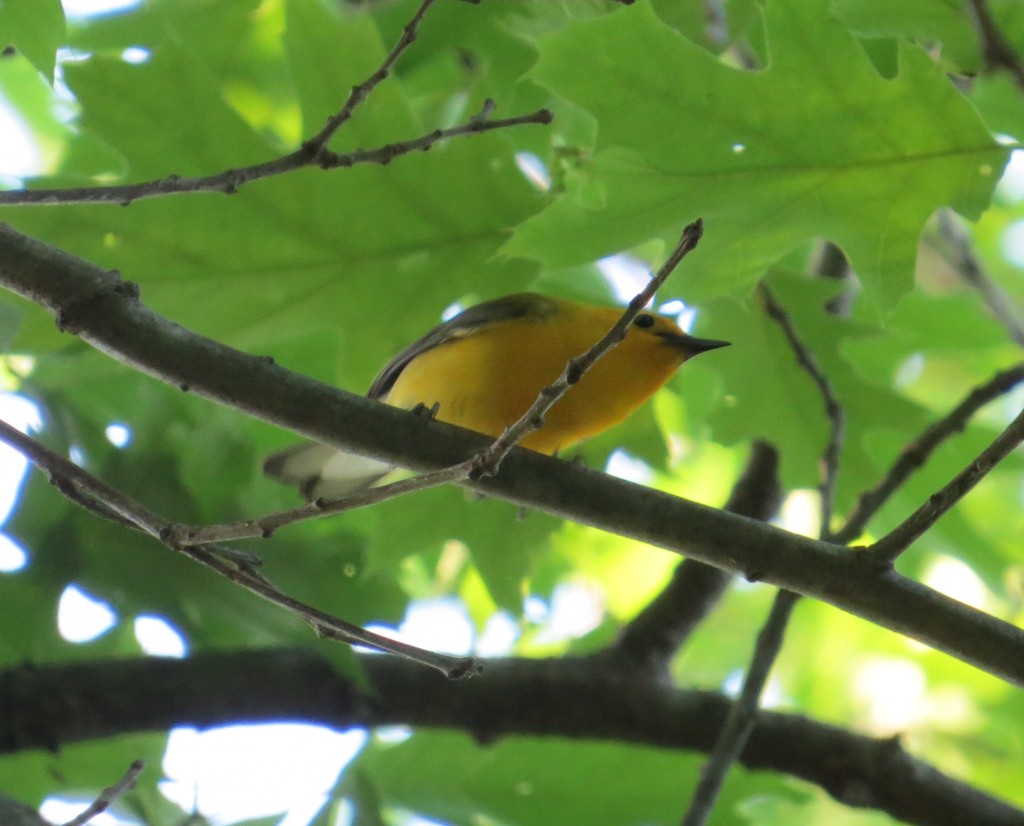
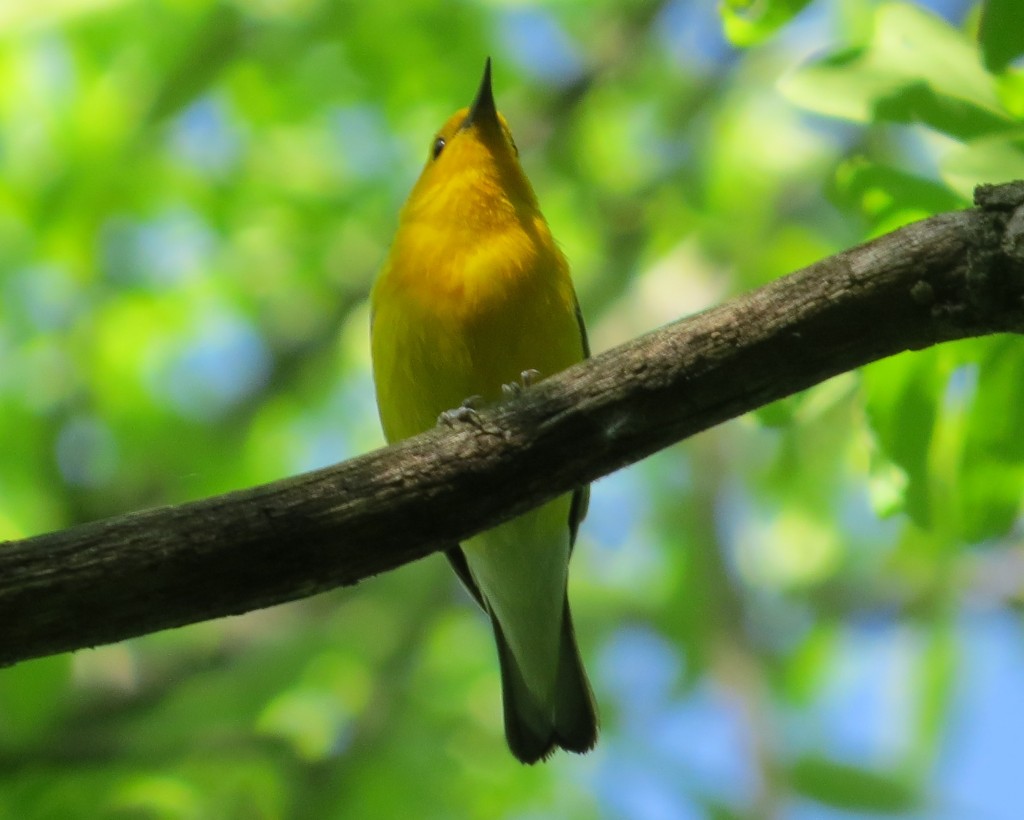
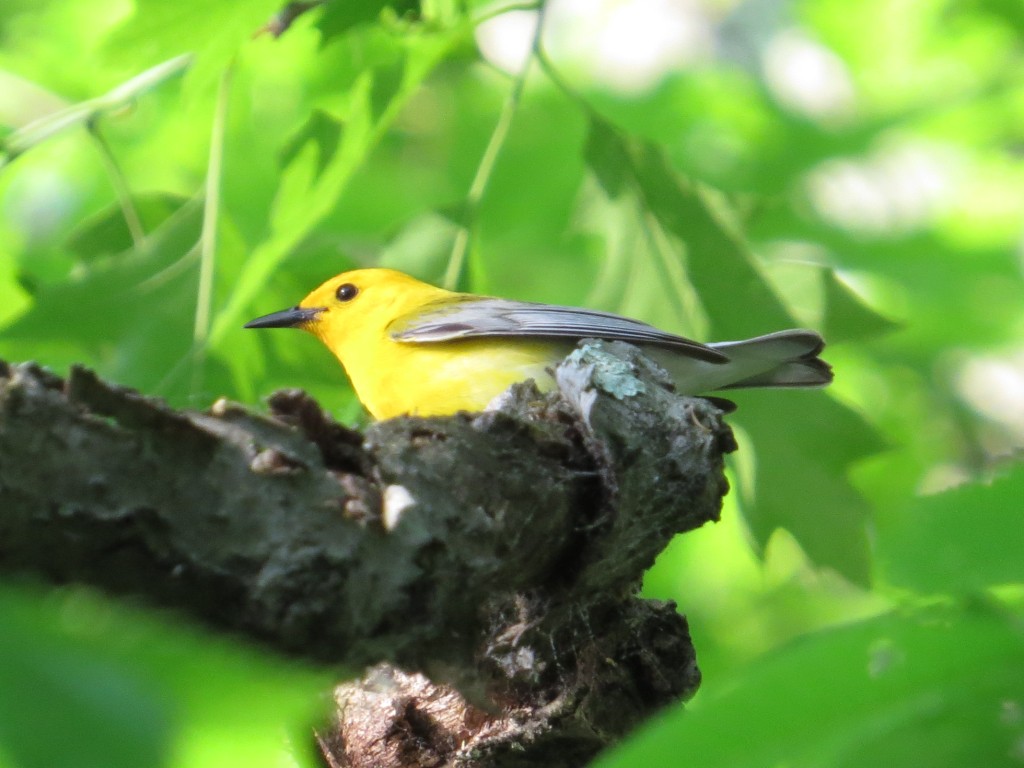
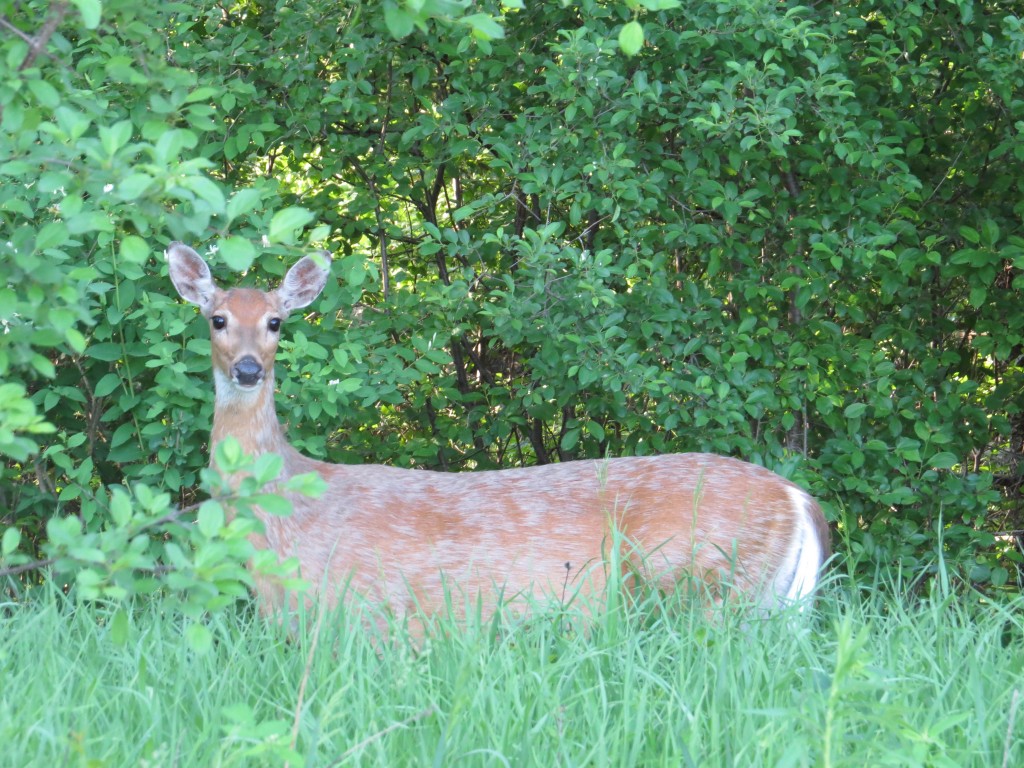
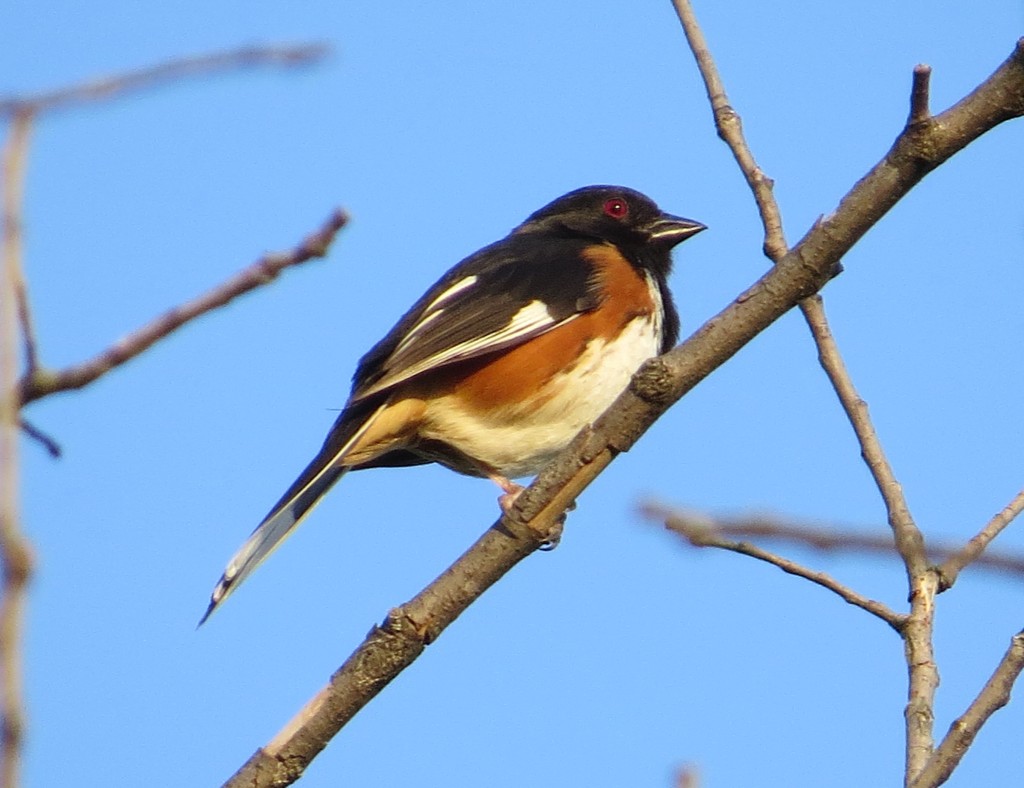
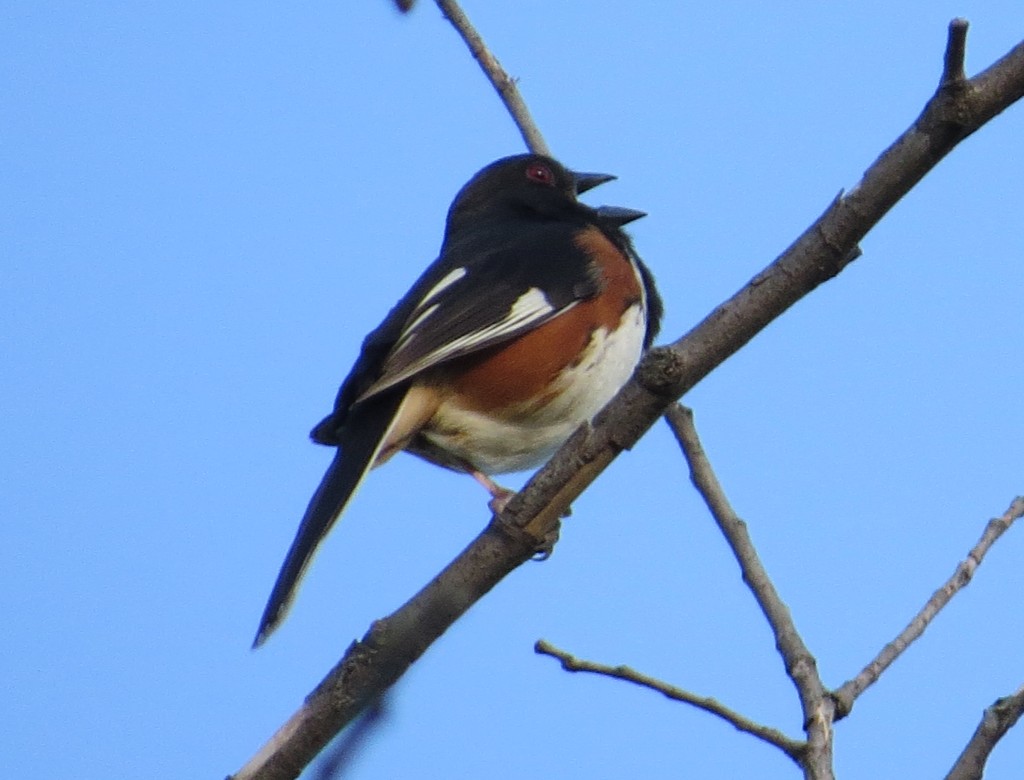
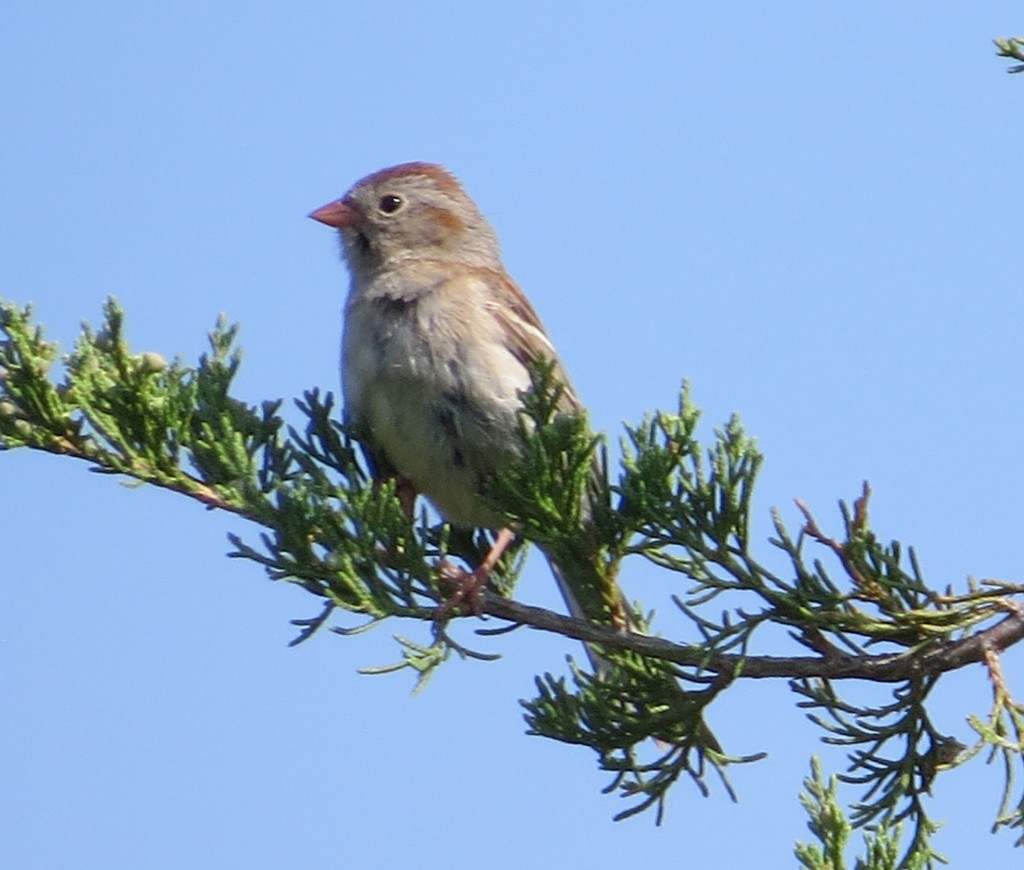
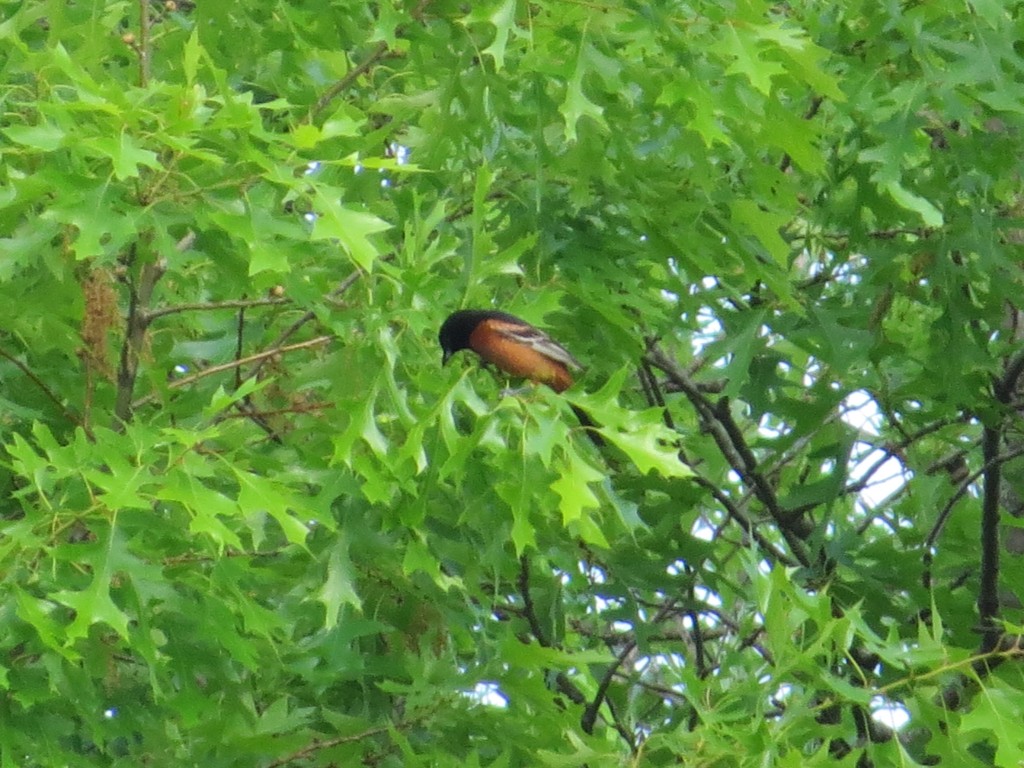
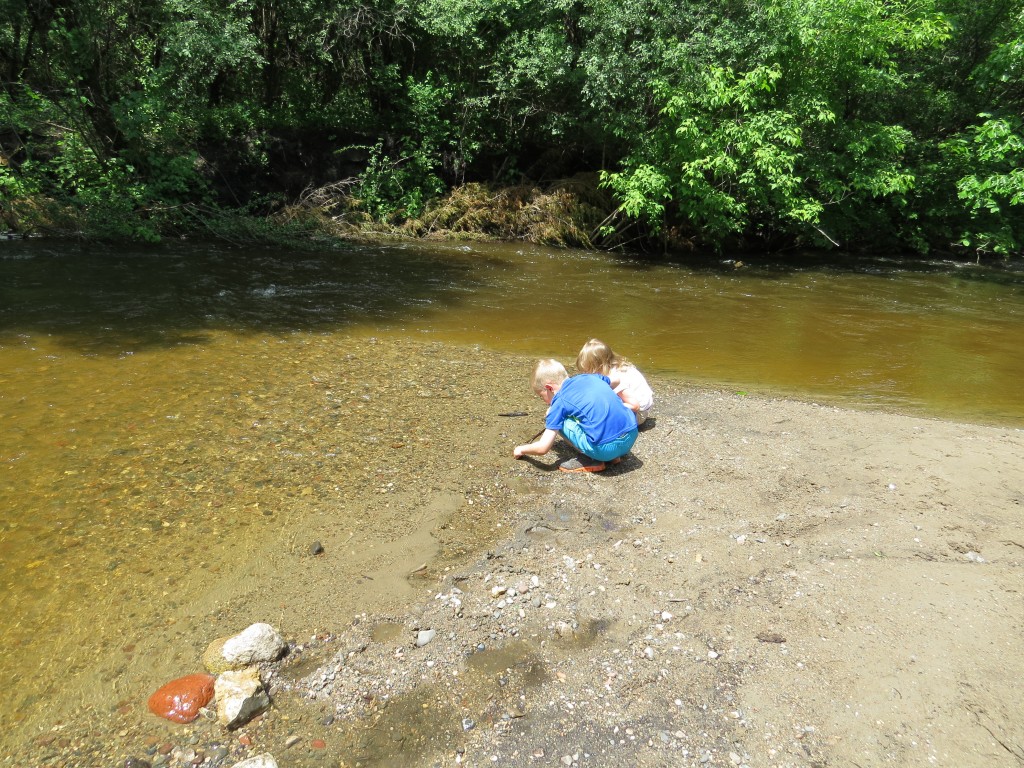
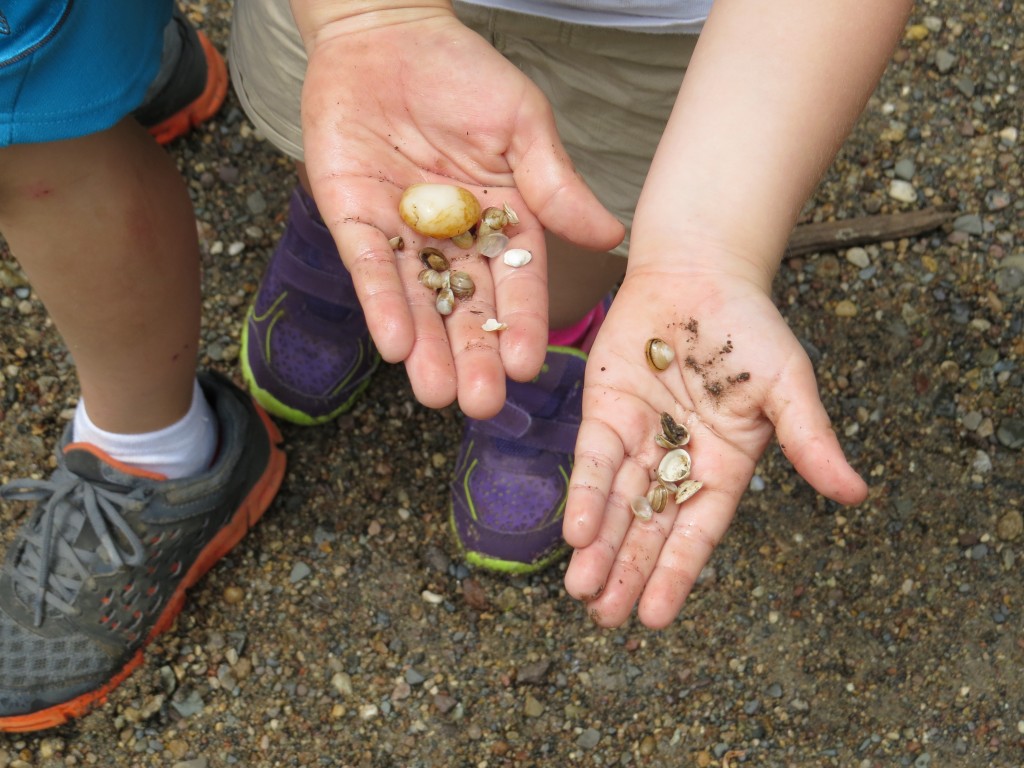
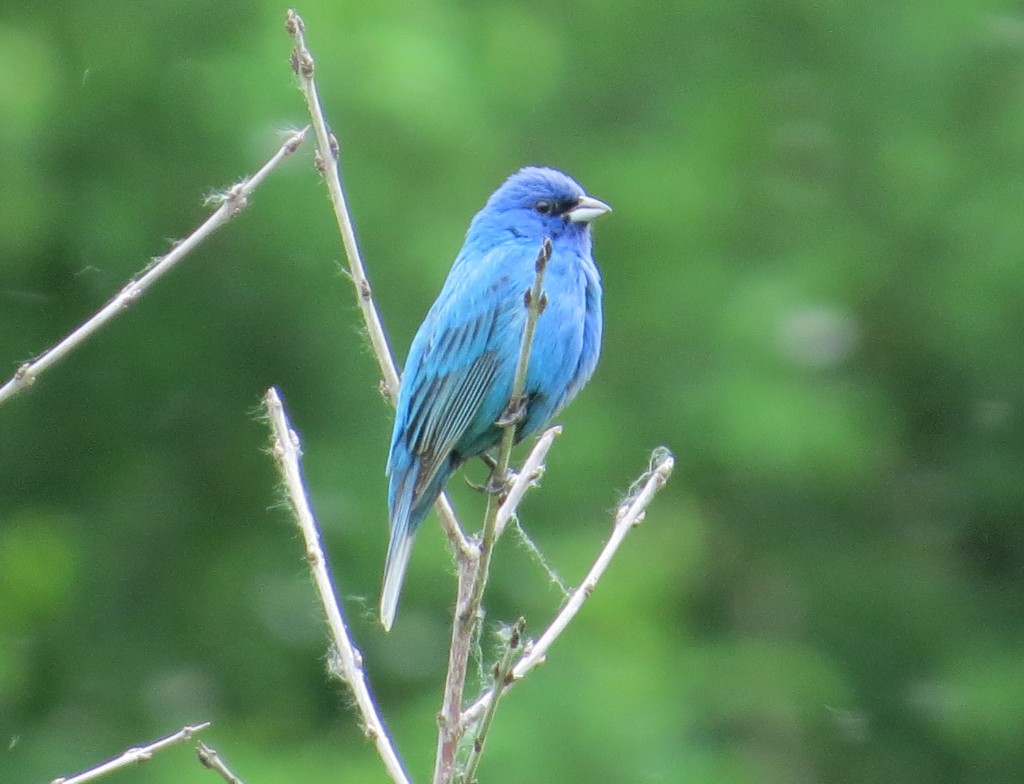
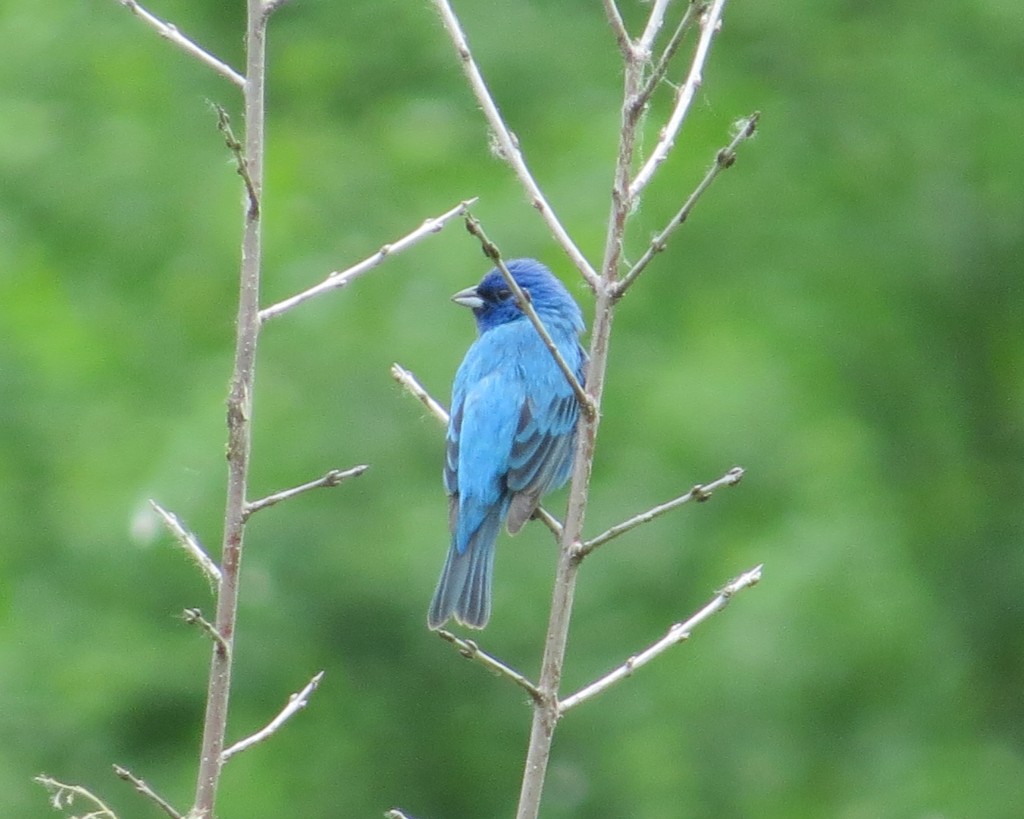
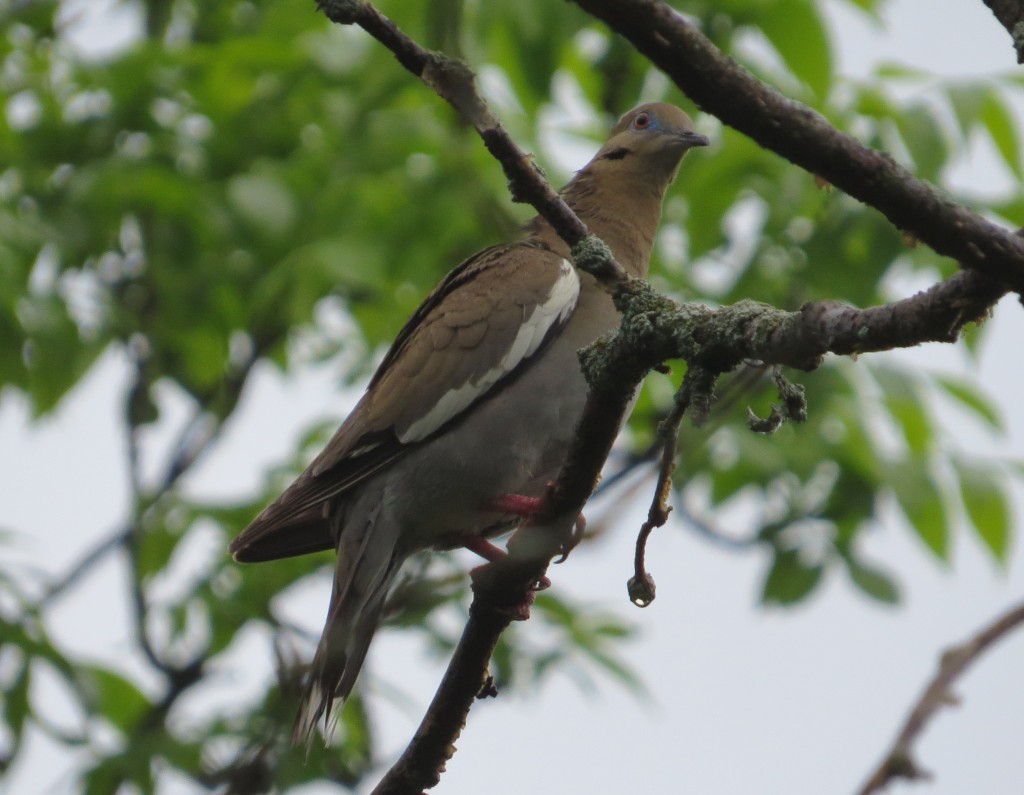
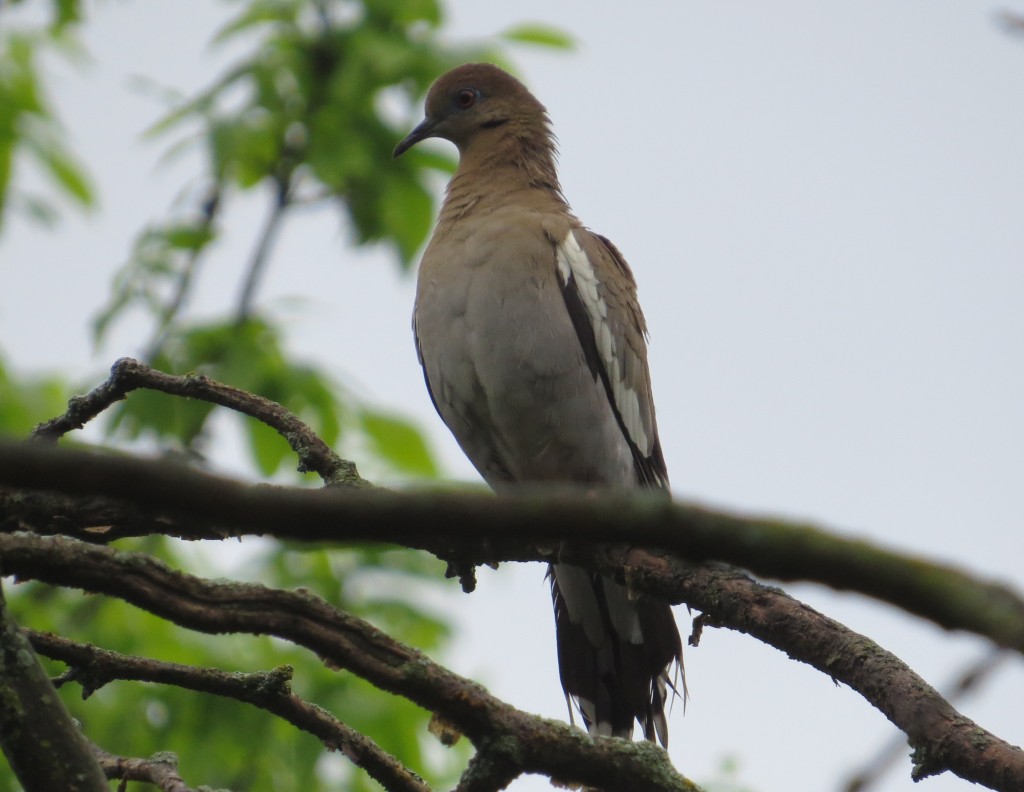 After our lightning-fast, dynamic sighting, we knocked on the door to thank Charlene, the birder and homeowner who made this amazing discovery. Charlene was the epitomy of Minnesota-nice, offering us coffee and donuts and showing us a plat book and telling us where to find other great birds in the area. It’s always a pleasure to meet a friendly birder in the field.
After our lightning-fast, dynamic sighting, we knocked on the door to thank Charlene, the birder and homeowner who made this amazing discovery. Charlene was the epitomy of Minnesota-nice, offering us coffee and donuts and showing us a plat book and telling us where to find other great birds in the area. It’s always a pleasure to meet a friendly birder in the field.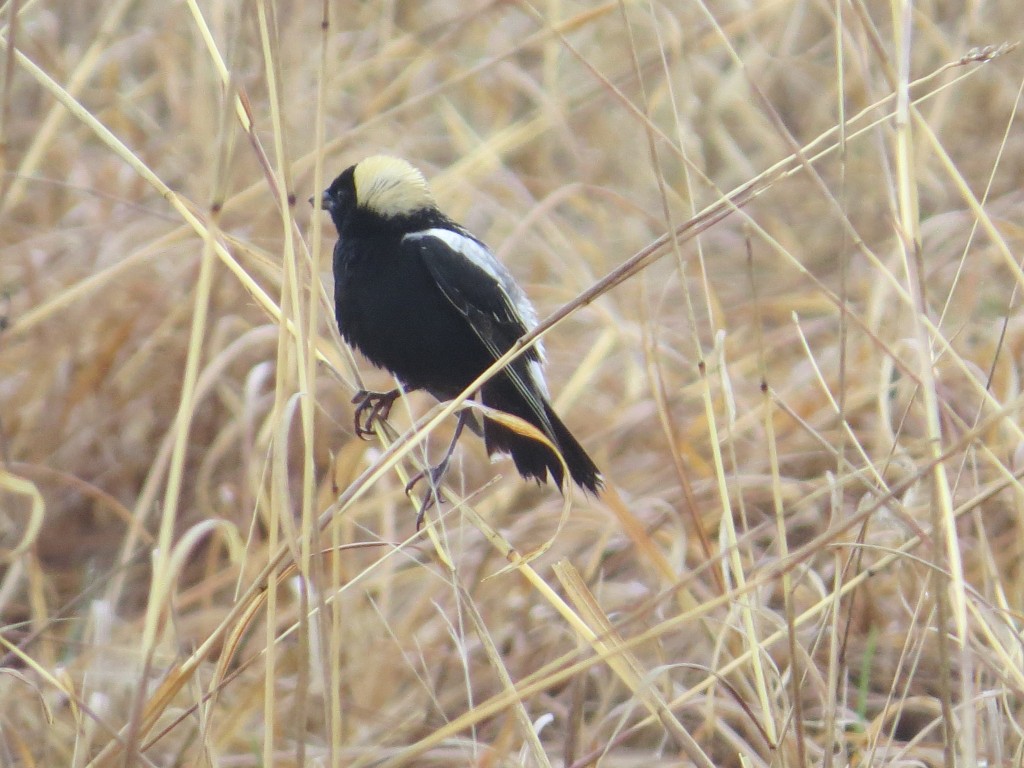
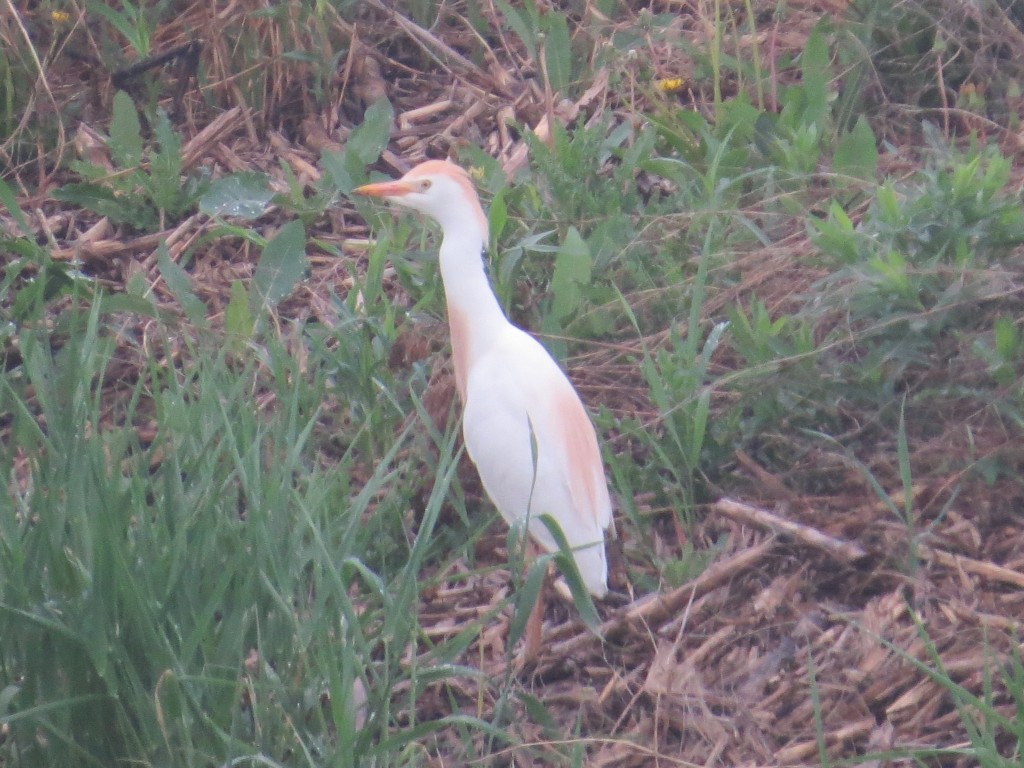
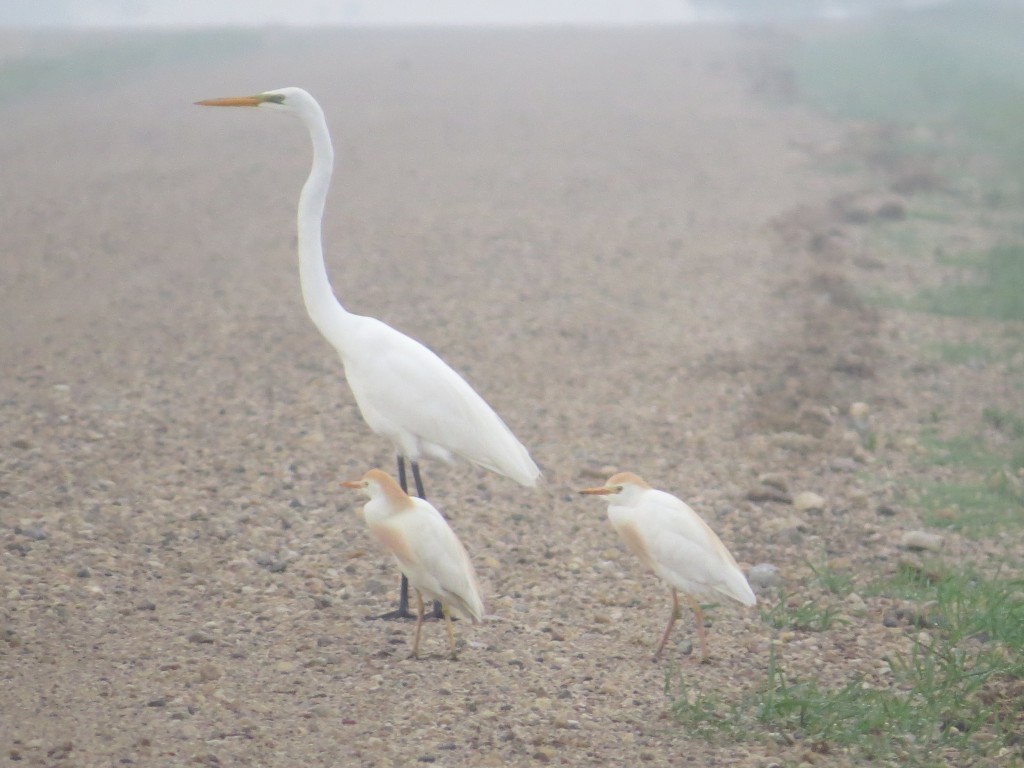
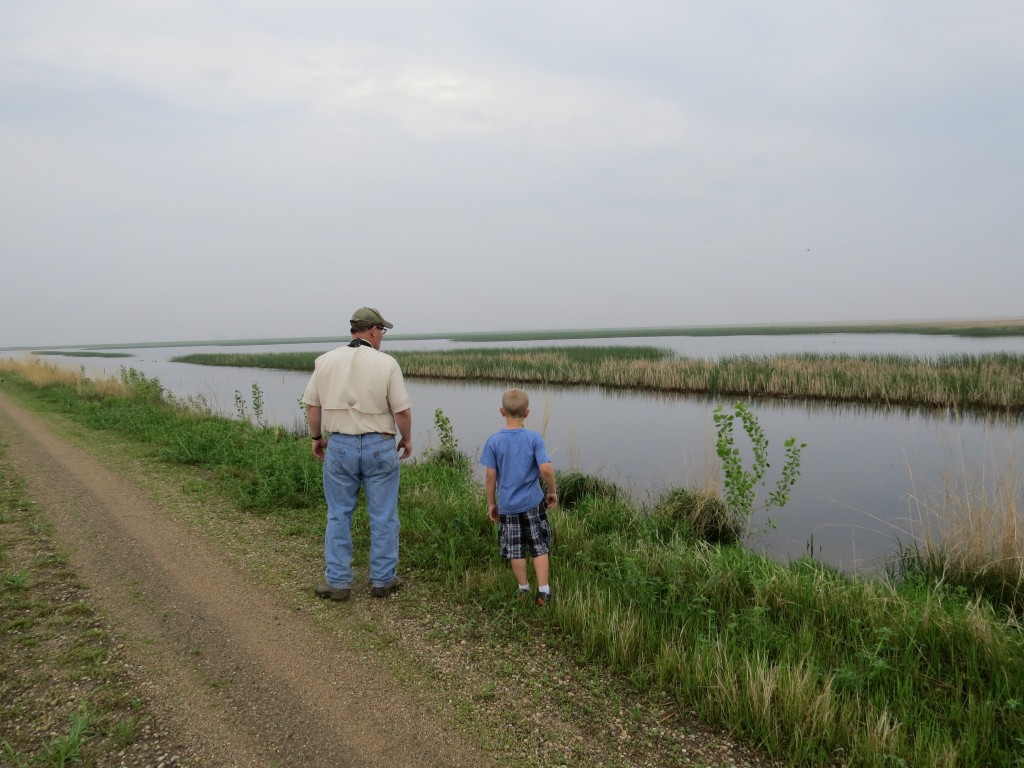
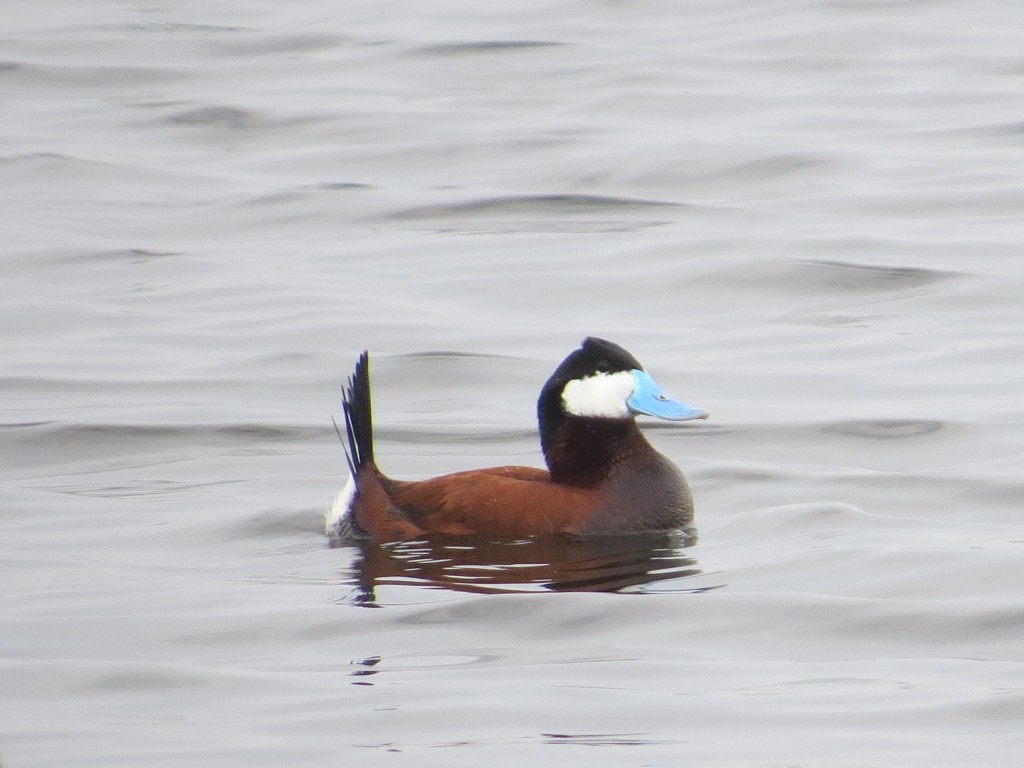
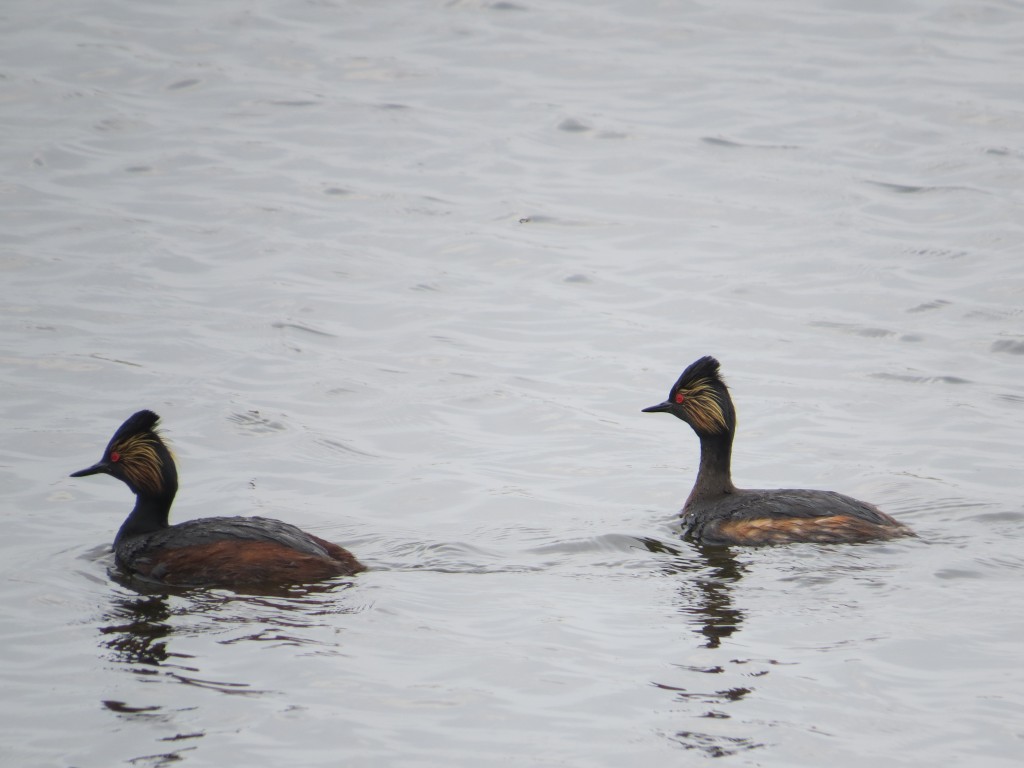
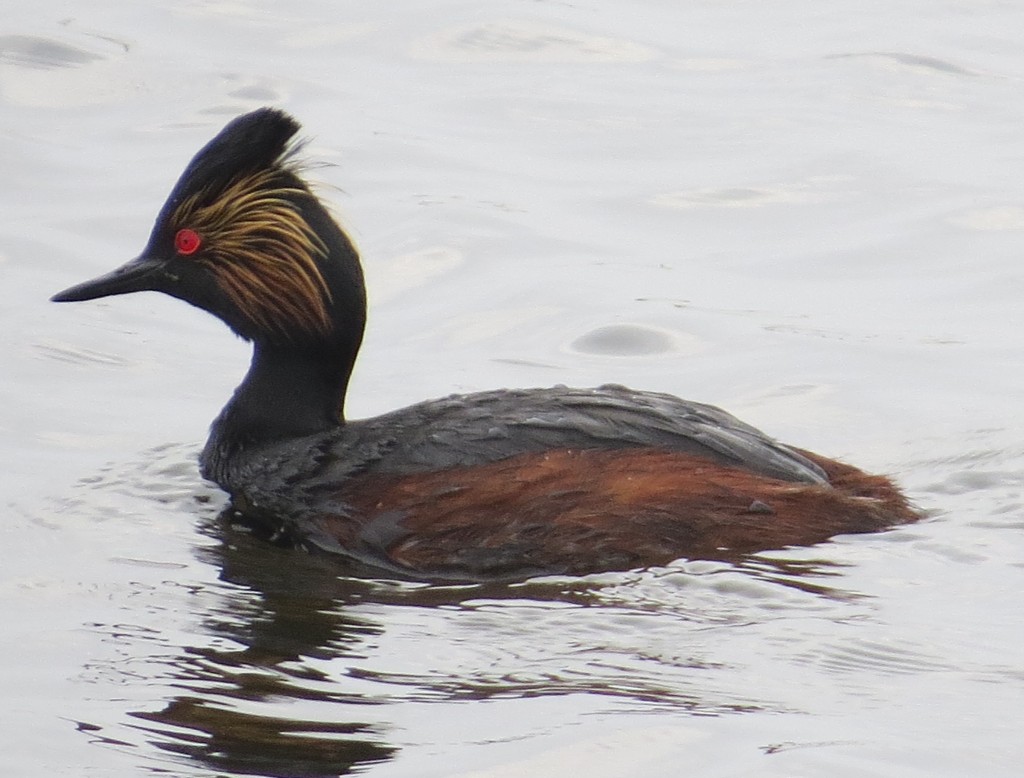
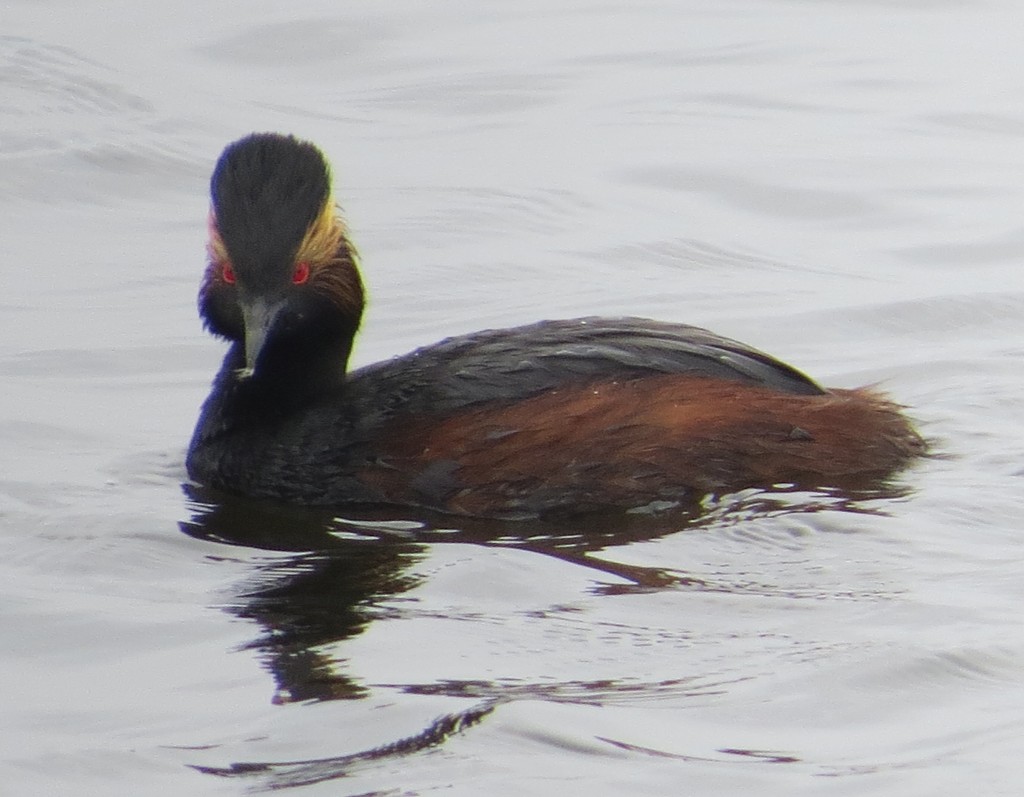 As much as we tried we could not turn up a Black-crowned Night Heron. I guess we can’t win it all, plus there was still more good birding ahead. Our next stop was the sewage ponds at the city of Herman where two Black-necked Stilts have decided to nest. Because of the work of some dedicated birders who brought this to the city’s attention, the city has agreed to not mow around this pond until the birds are done nesting. In fact, the townsfolk are pretty excited over the hub-bub at their local sewage ponds.
As much as we tried we could not turn up a Black-crowned Night Heron. I guess we can’t win it all, plus there was still more good birding ahead. Our next stop was the sewage ponds at the city of Herman where two Black-necked Stilts have decided to nest. Because of the work of some dedicated birders who brought this to the city’s attention, the city has agreed to not mow around this pond until the birds are done nesting. In fact, the townsfolk are pretty excited over the hub-bub at their local sewage ponds.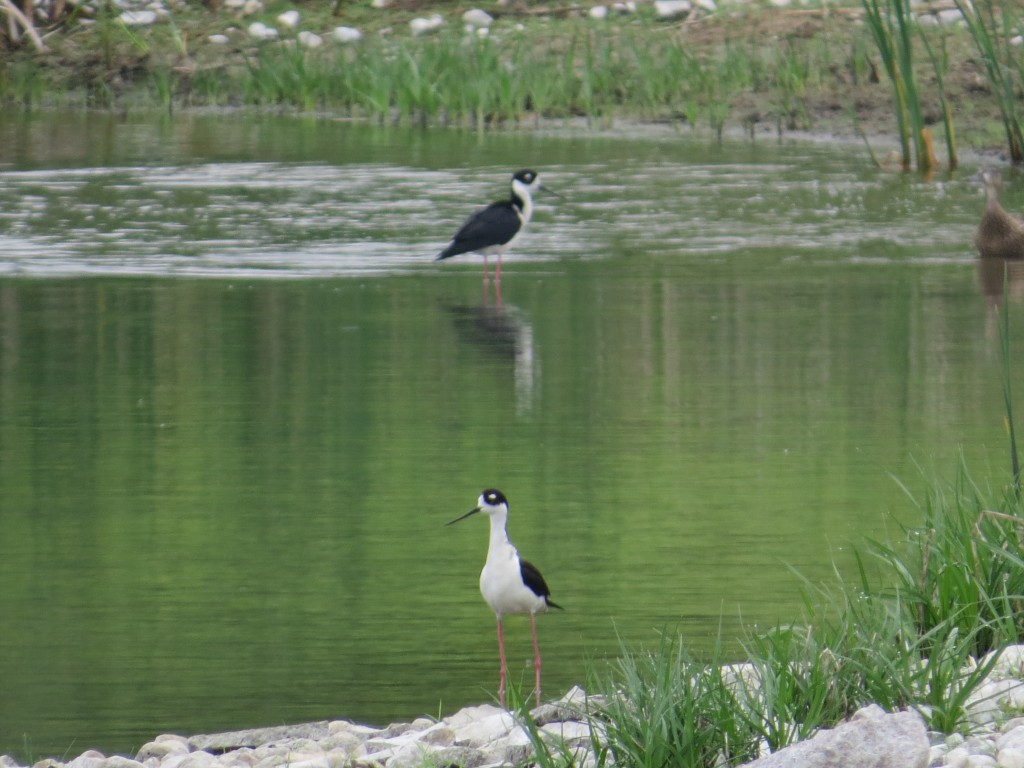
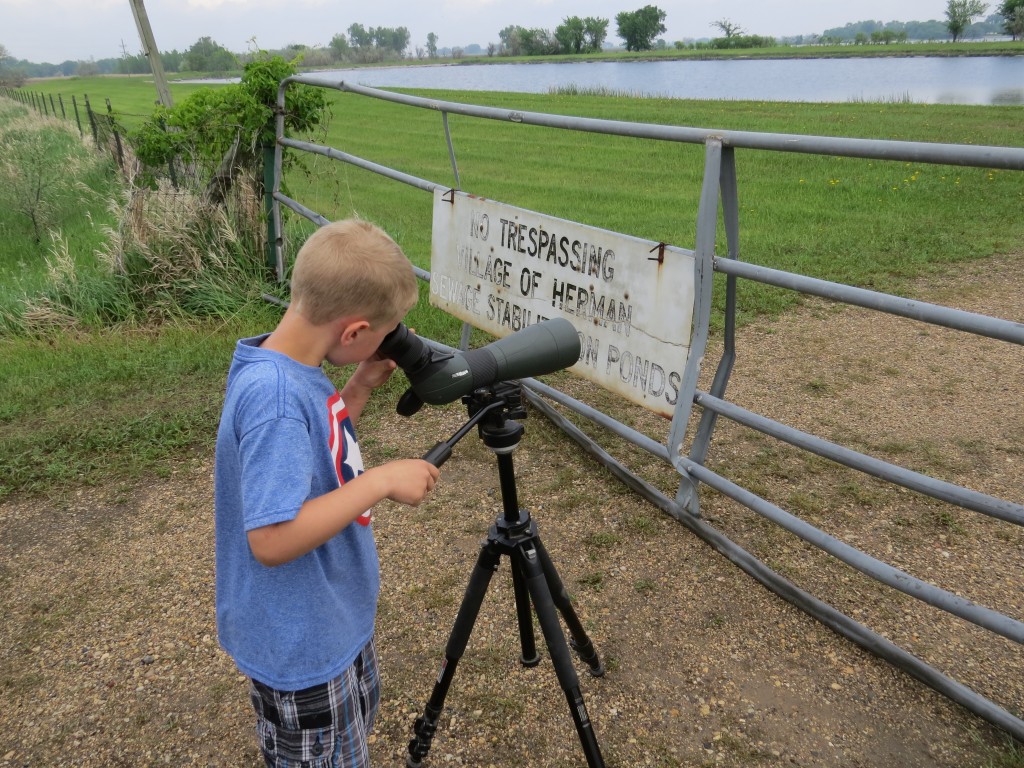 It was fun to see the female sit on the nest which has one confirmed egg.
It was fun to see the female sit on the nest which has one confirmed egg.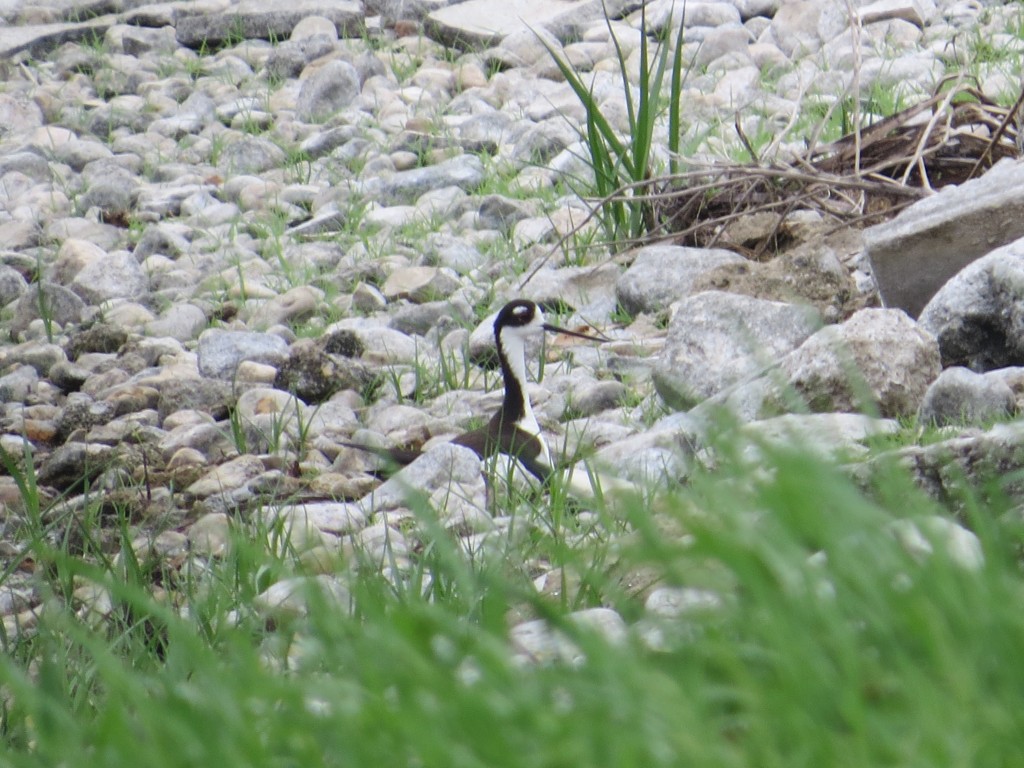
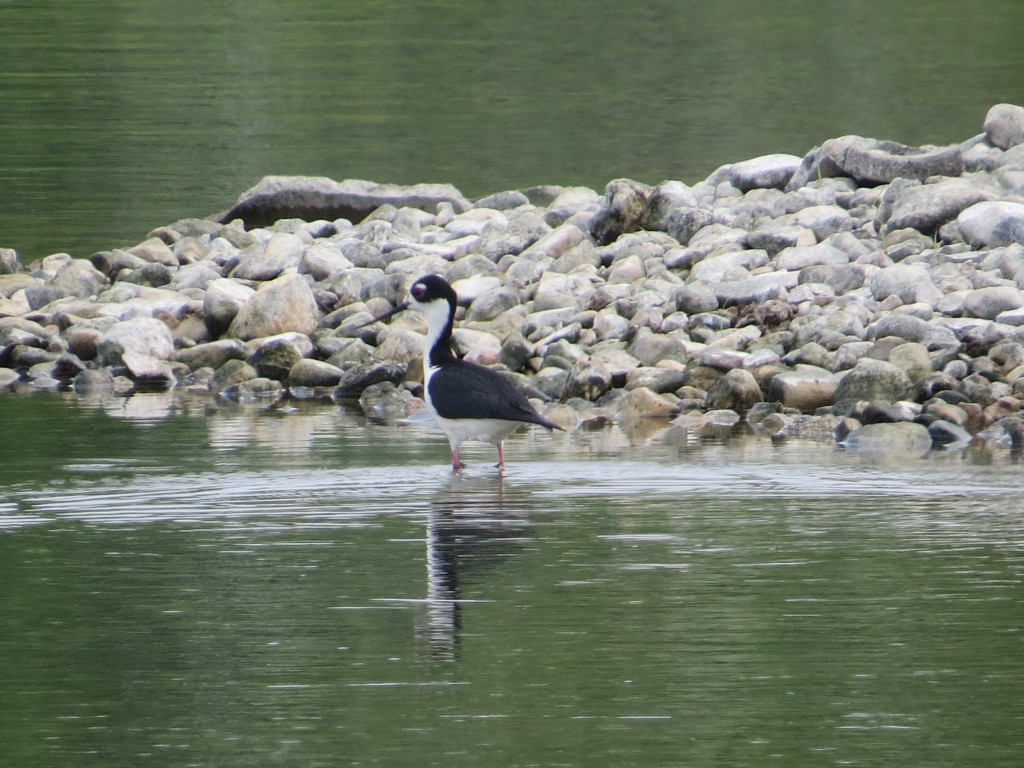
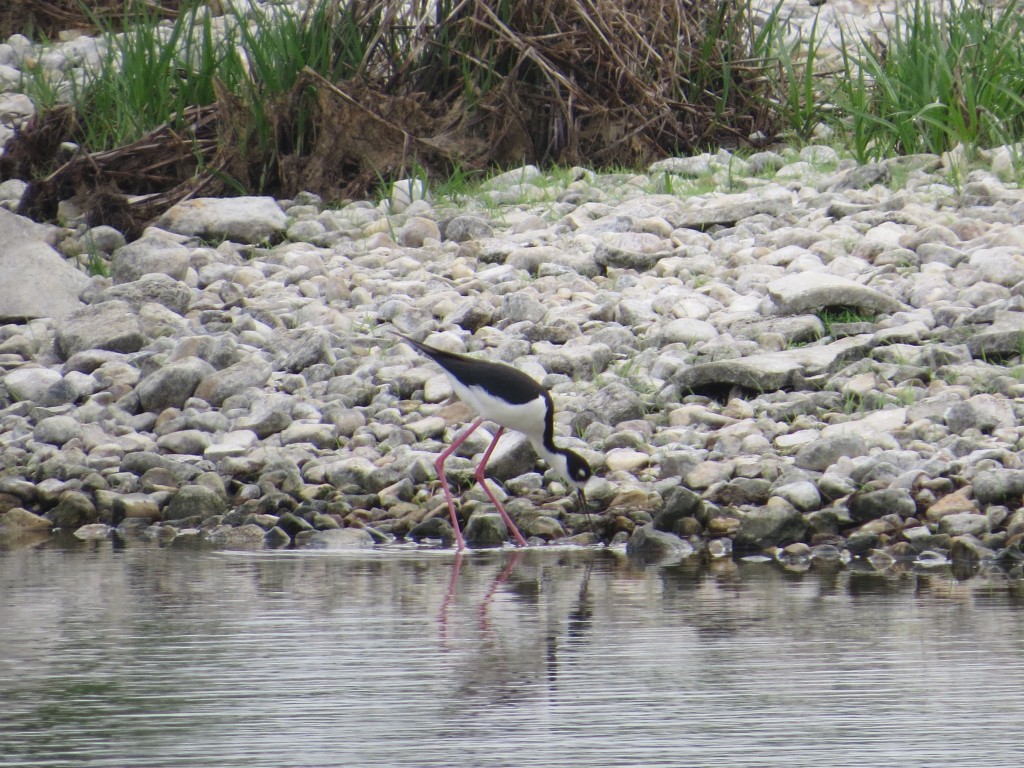
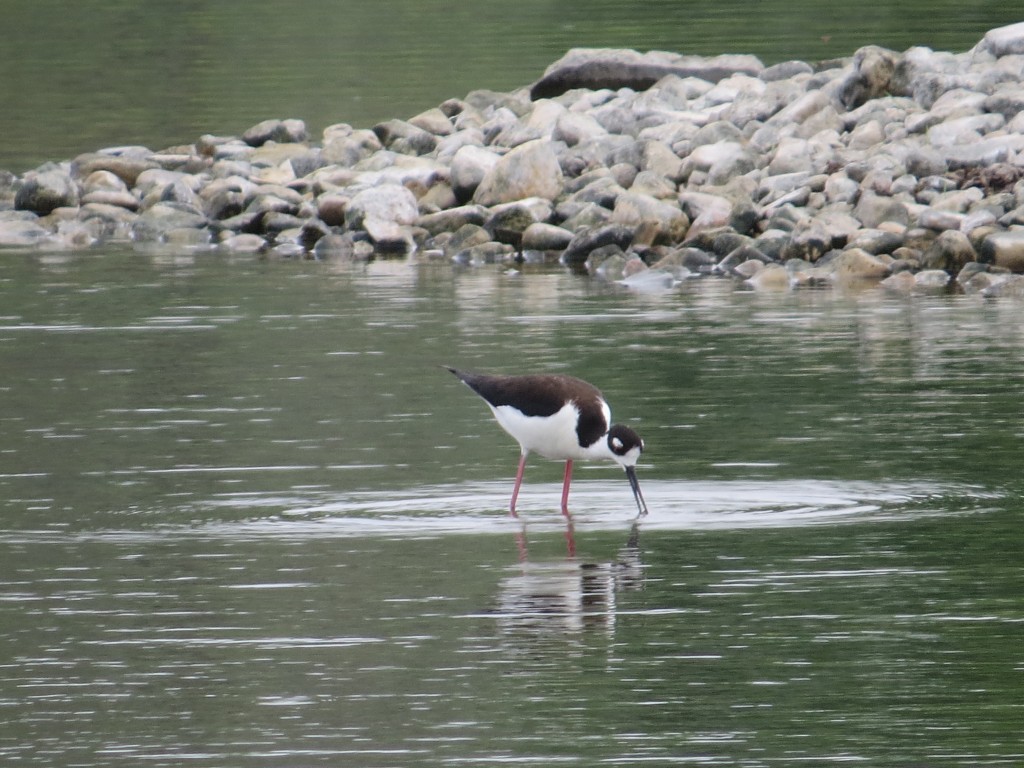
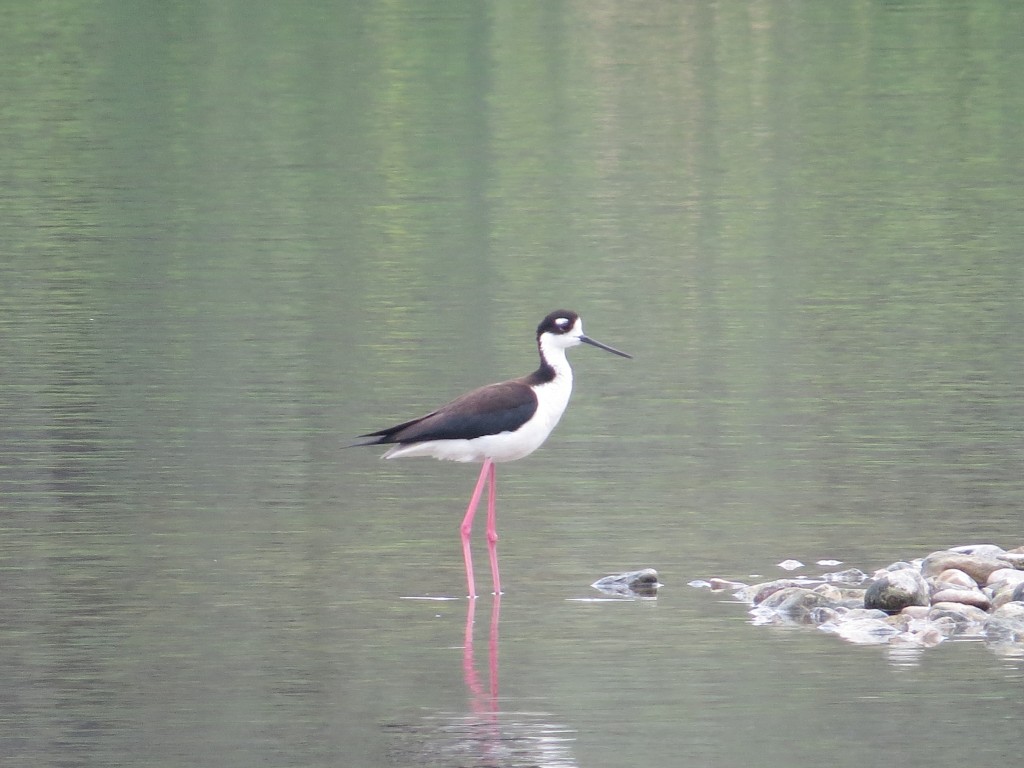
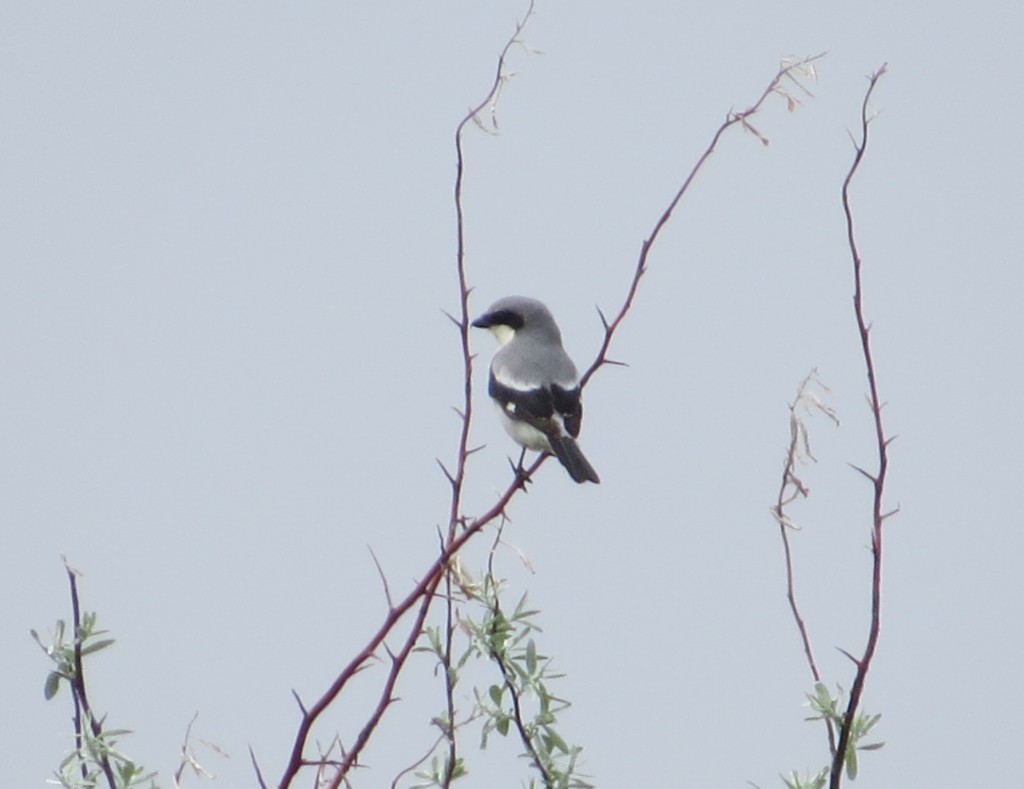
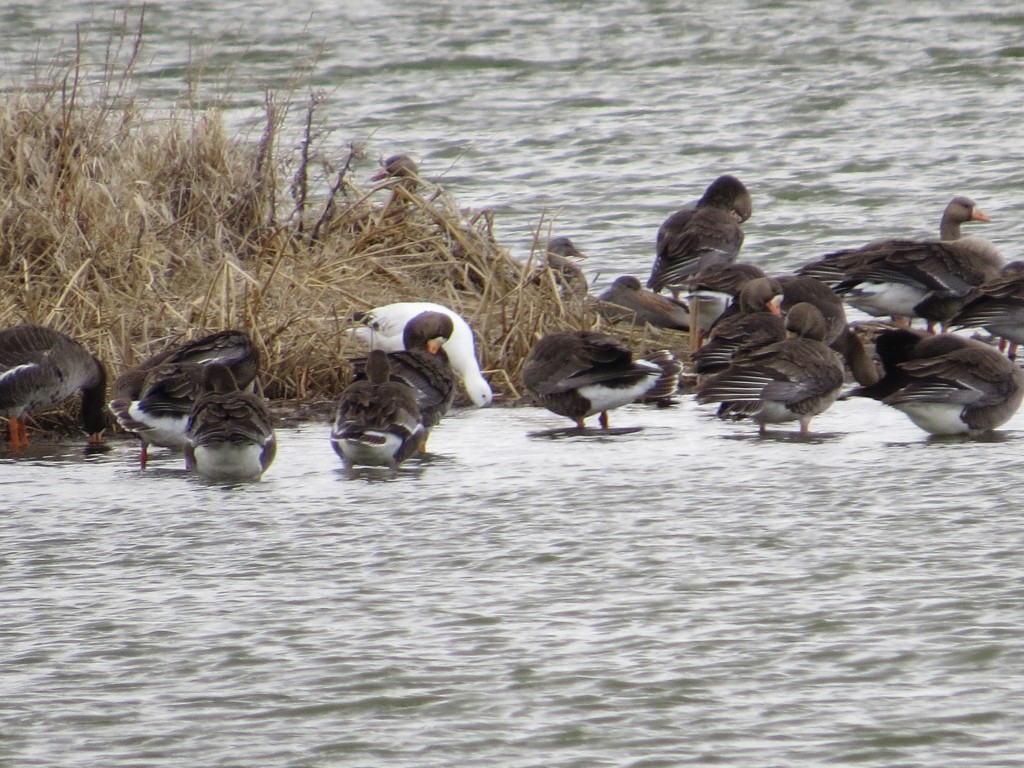
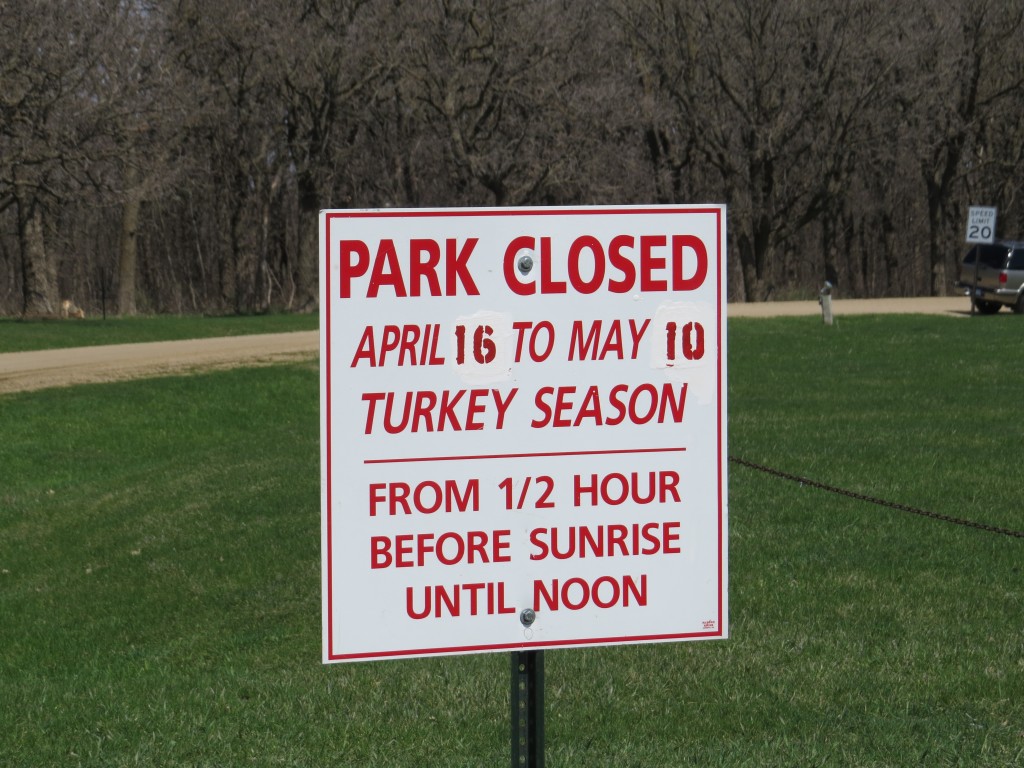 My goodness did those kids play hard and long in the chilly, windy weather. I was content to let them do so. Melissa was ill and bed-ridden all day back home, and I figured we’d have a better shot at those ibises on the return trip the closer it got to evening.
My goodness did those kids play hard and long in the chilly, windy weather. I was content to let them do so. Melissa was ill and bed-ridden all day back home, and I figured we’d have a better shot at those ibises on the return trip the closer it got to evening.
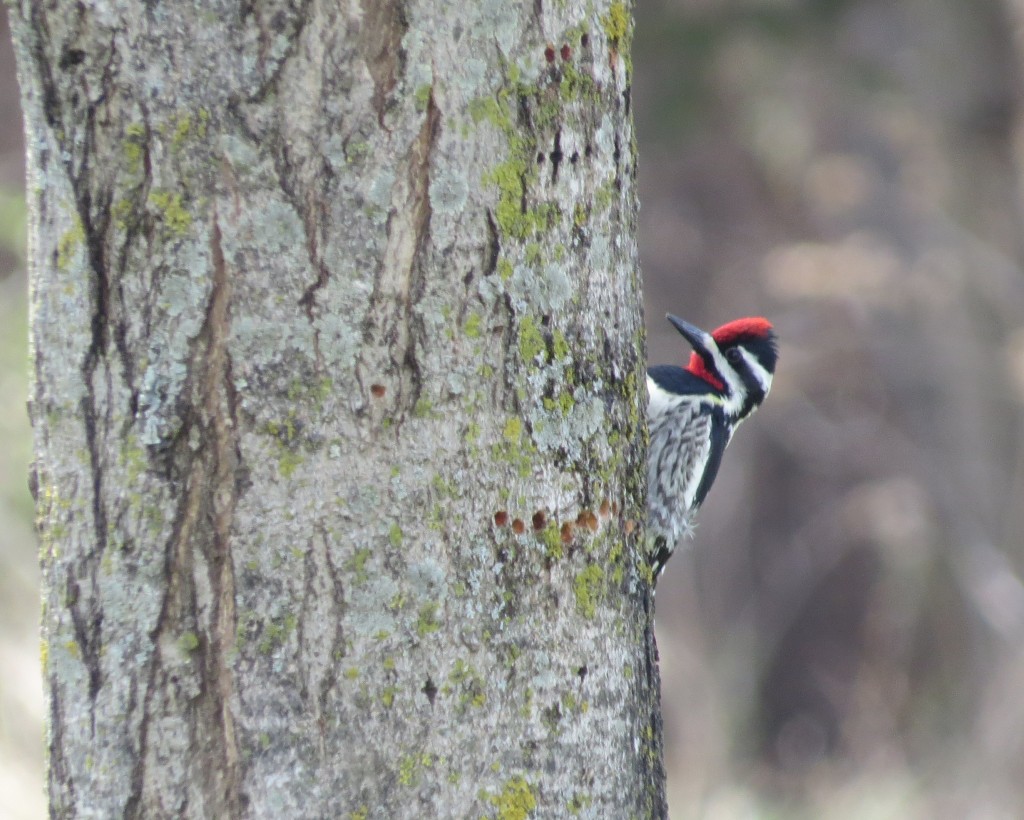
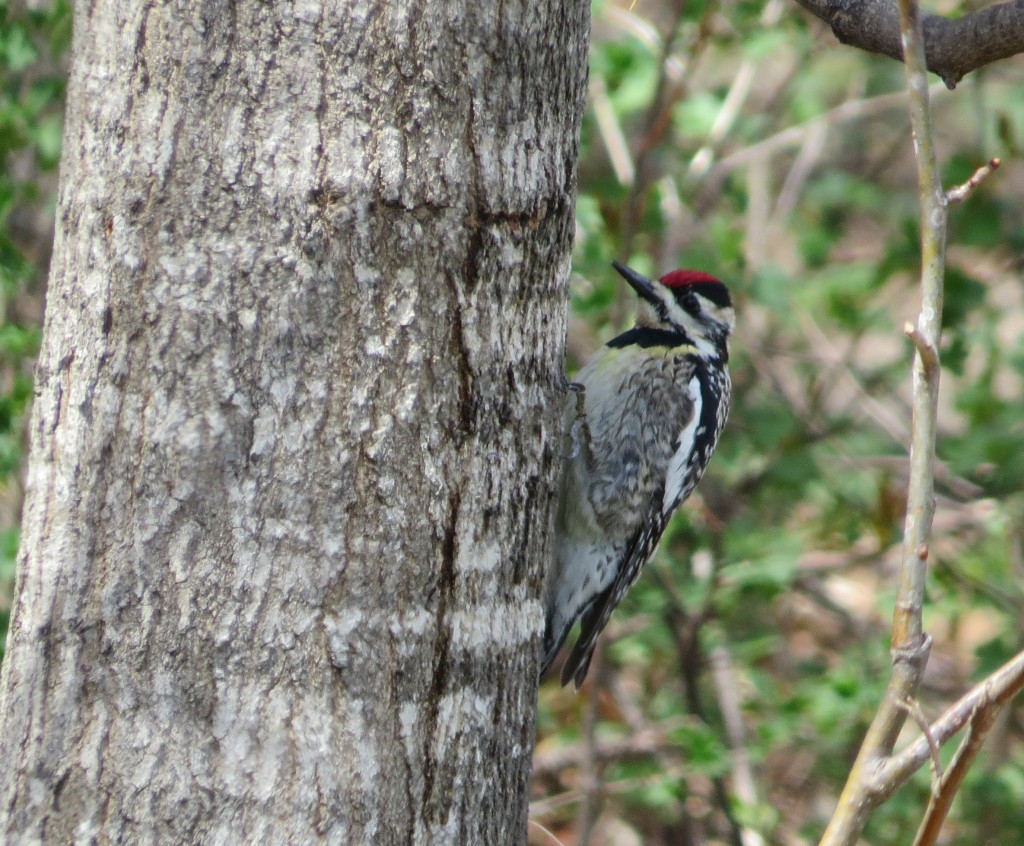 It was pretty neat to see him working so hard at his name-sake – sucking sap.
It was pretty neat to see him working so hard at his name-sake – sucking sap.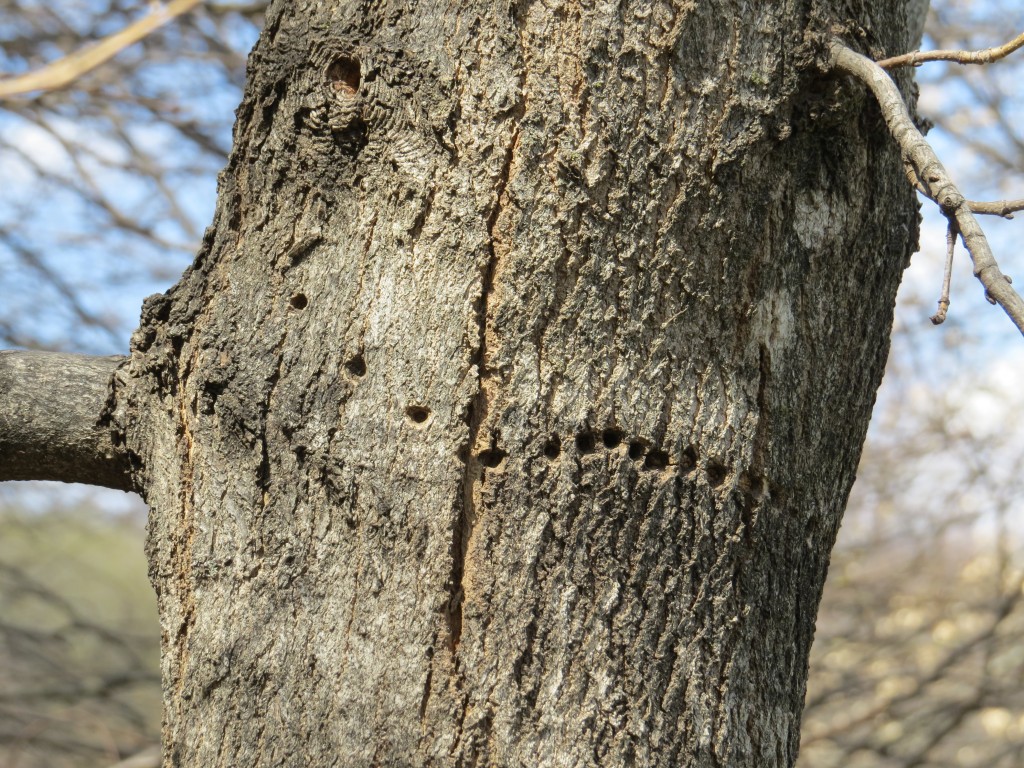 So, the blog post could very well have ended right here since we struck out on all three targets. Thankfully, though, it doesn’t.
So, the blog post could very well have ended right here since we struck out on all three targets. Thankfully, though, it doesn’t.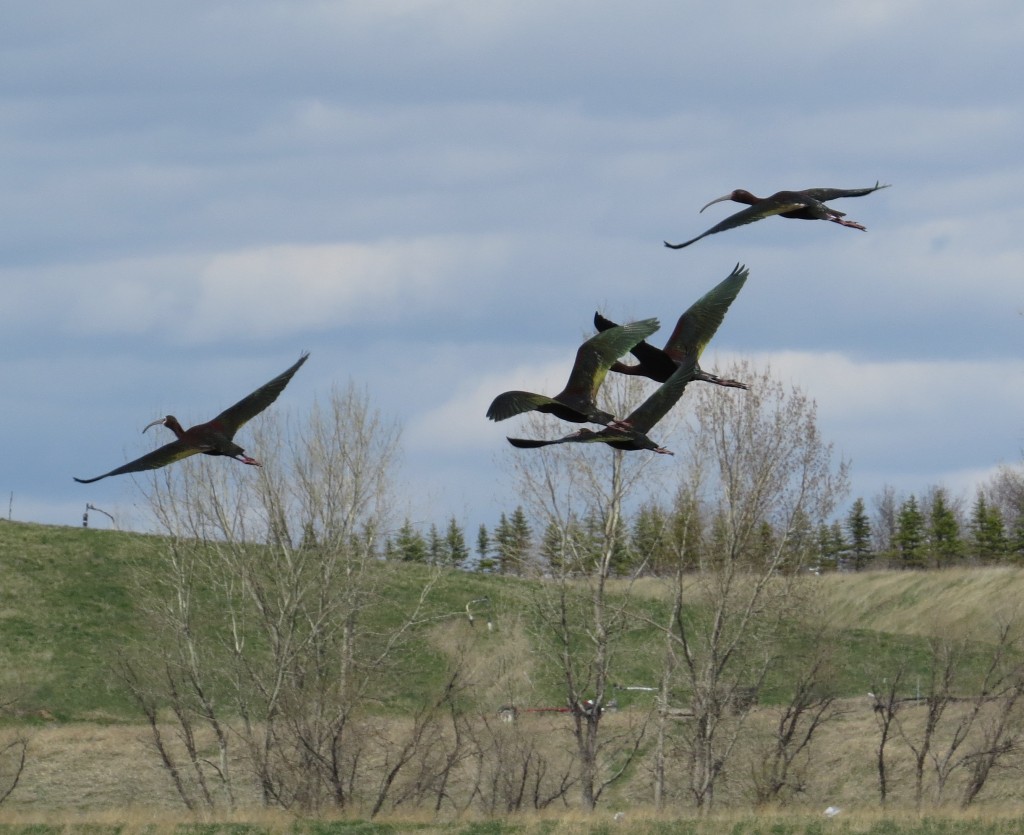
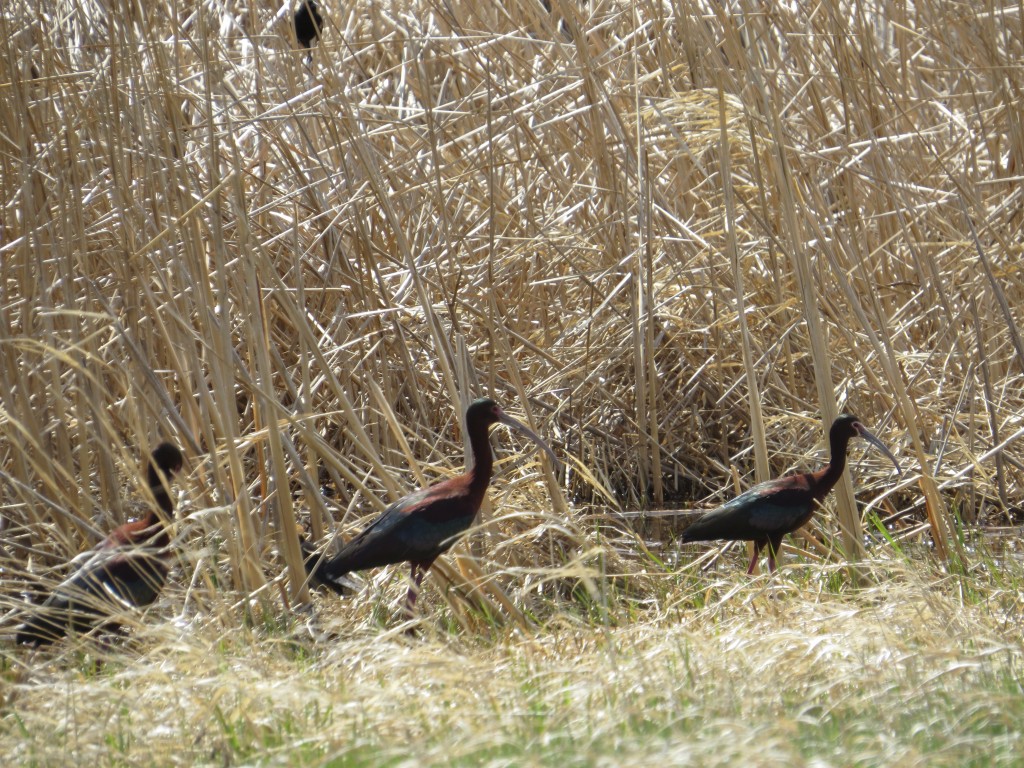
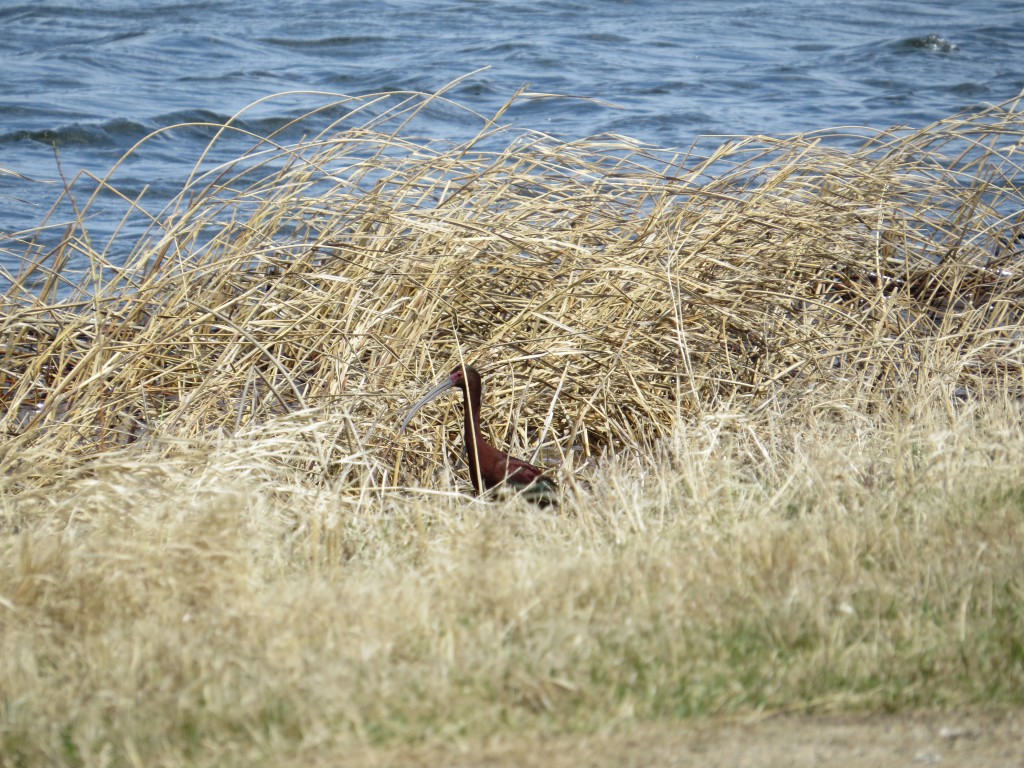 We spent a good deal of time driving up and creeping on these birds only to have them flush a short distance and always together as a group of five.
We spent a good deal of time driving up and creeping on these birds only to have them flush a short distance and always together as a group of five.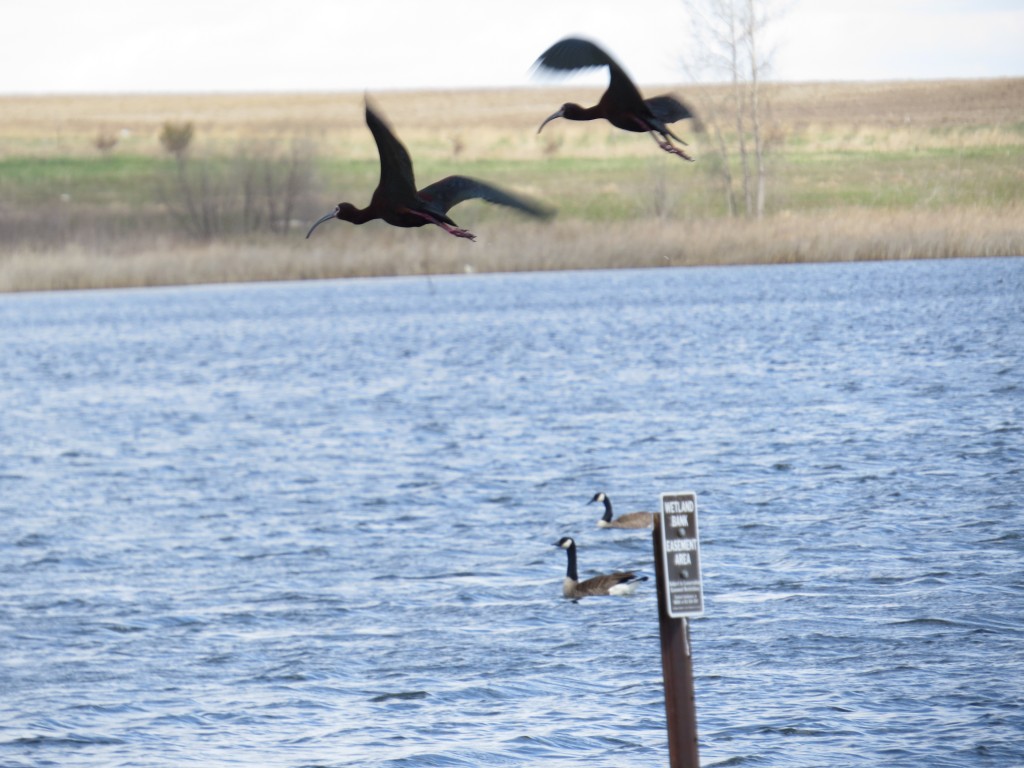
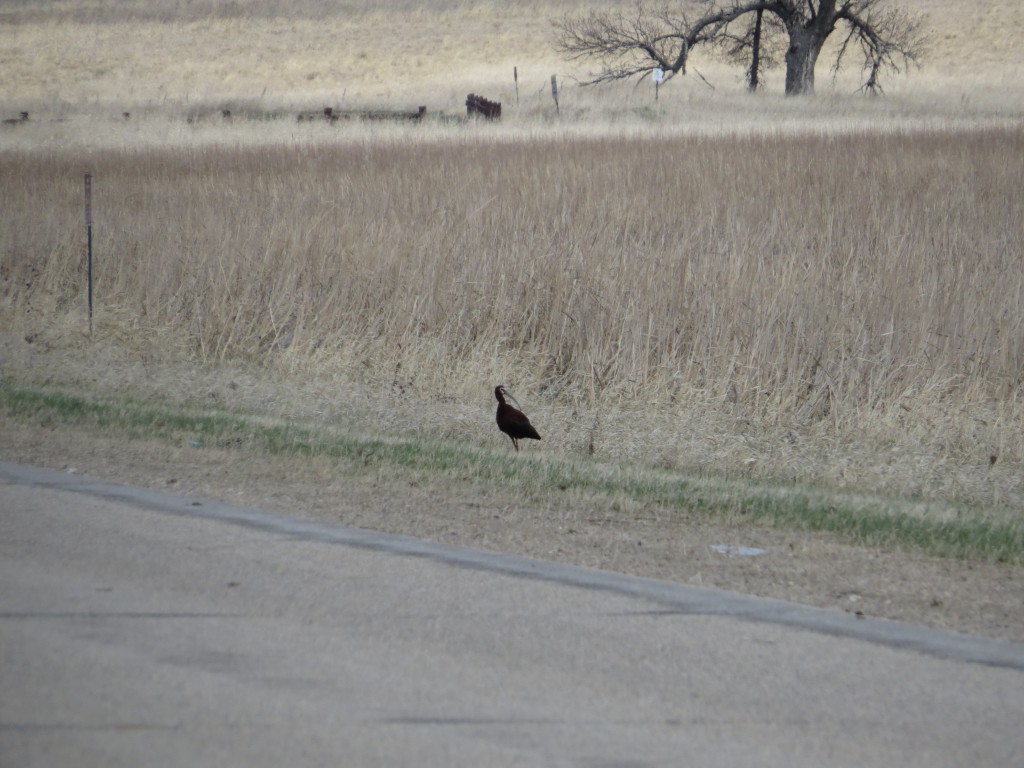 What a life bird this was. A small colony of them nest in South Dakota, so we do get them as scarce visitors every spring in Minnesota. I remember thinking last year what a strange bird this was and even more strange that it can be seen in our state.
What a life bird this was. A small colony of them nest in South Dakota, so we do get them as scarce visitors every spring in Minnesota. I remember thinking last year what a strange bird this was and even more strange that it can be seen in our state.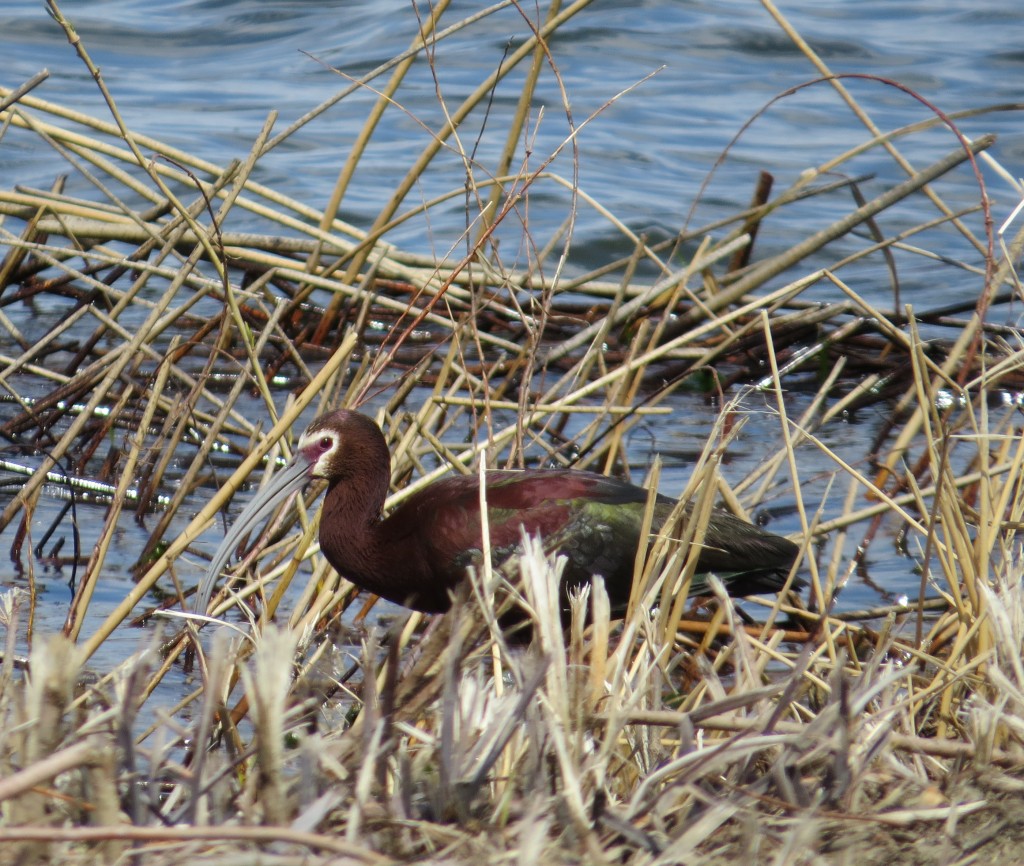
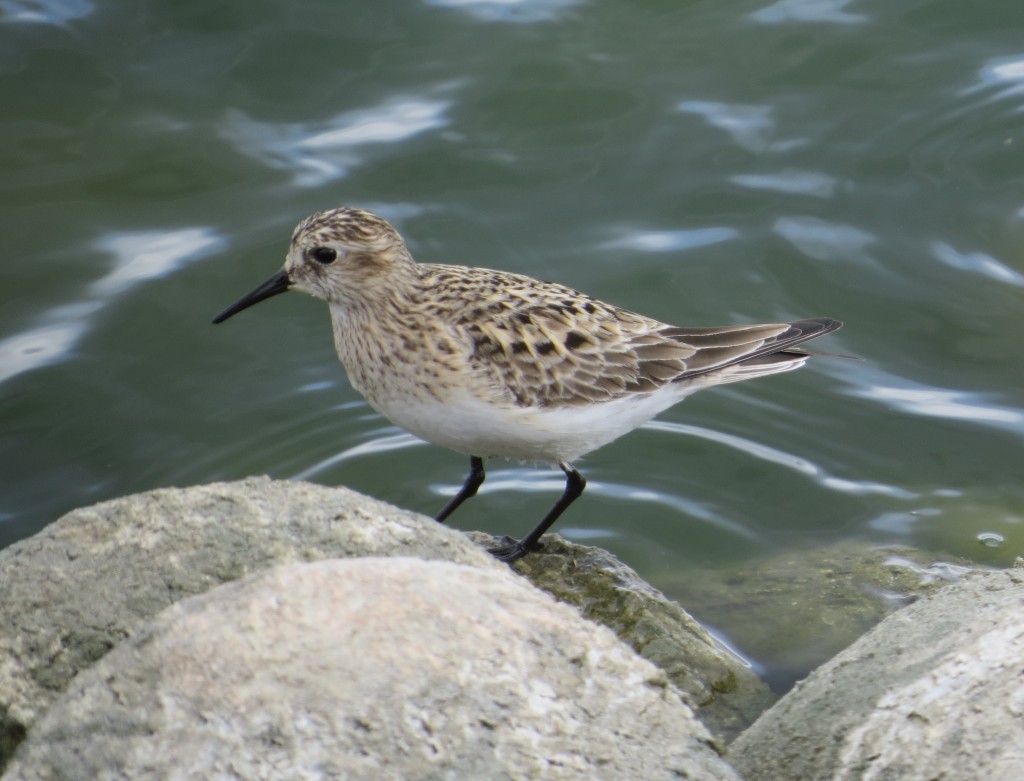
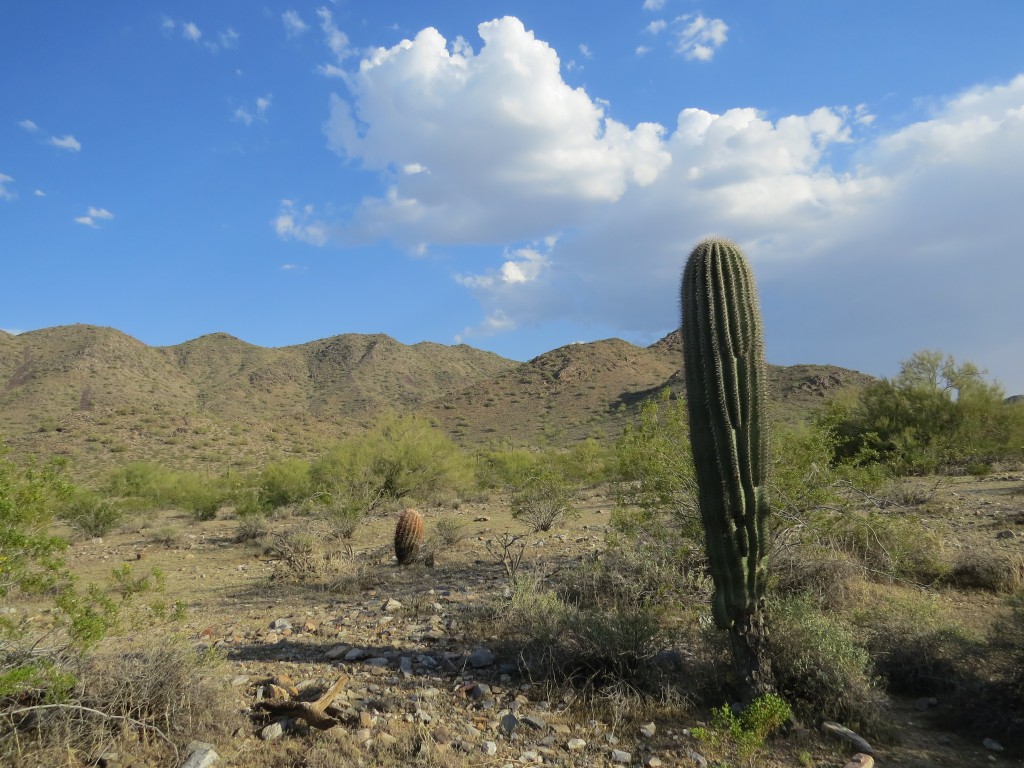 Every now and then my virtual birding world intersects with our actual birding activities. More than once I have found myself in the company of another birder trying to see a rare bird only to find out that person is some birding legend whose reports I have read. The Arizona trip would be put us in the company of just such a birder – but not by chance. Through my venture with
Every now and then my virtual birding world intersects with our actual birding activities. More than once I have found myself in the company of another birder trying to see a rare bird only to find out that person is some birding legend whose reports I have read. The Arizona trip would be put us in the company of just such a birder – but not by chance. Through my venture with 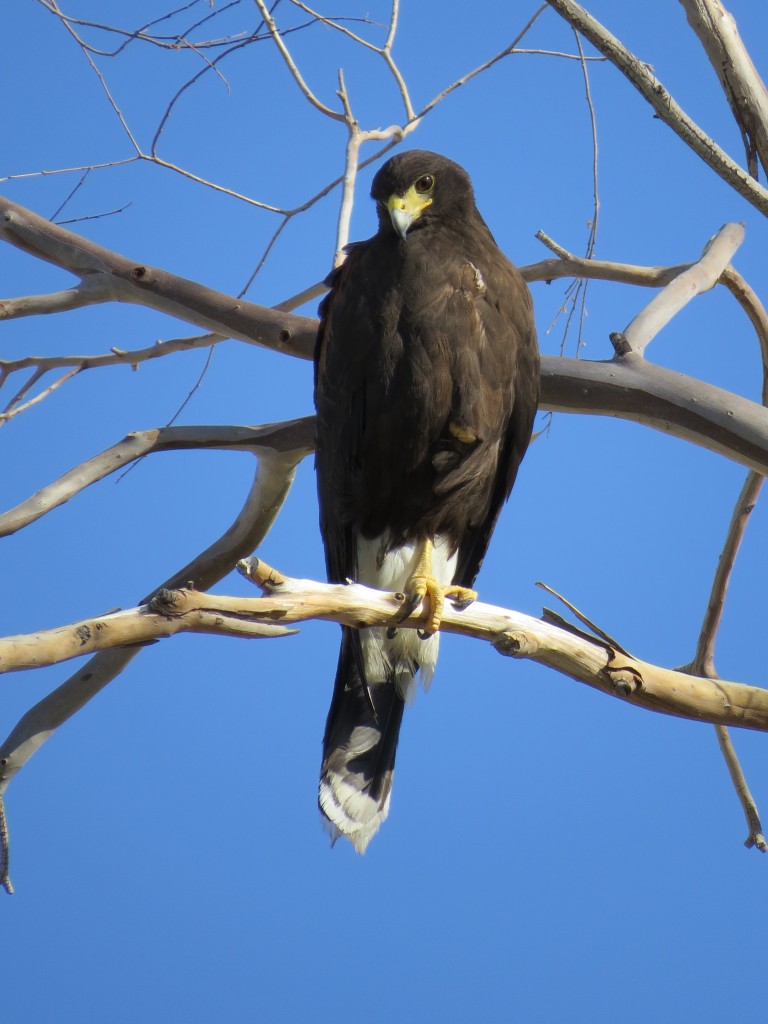
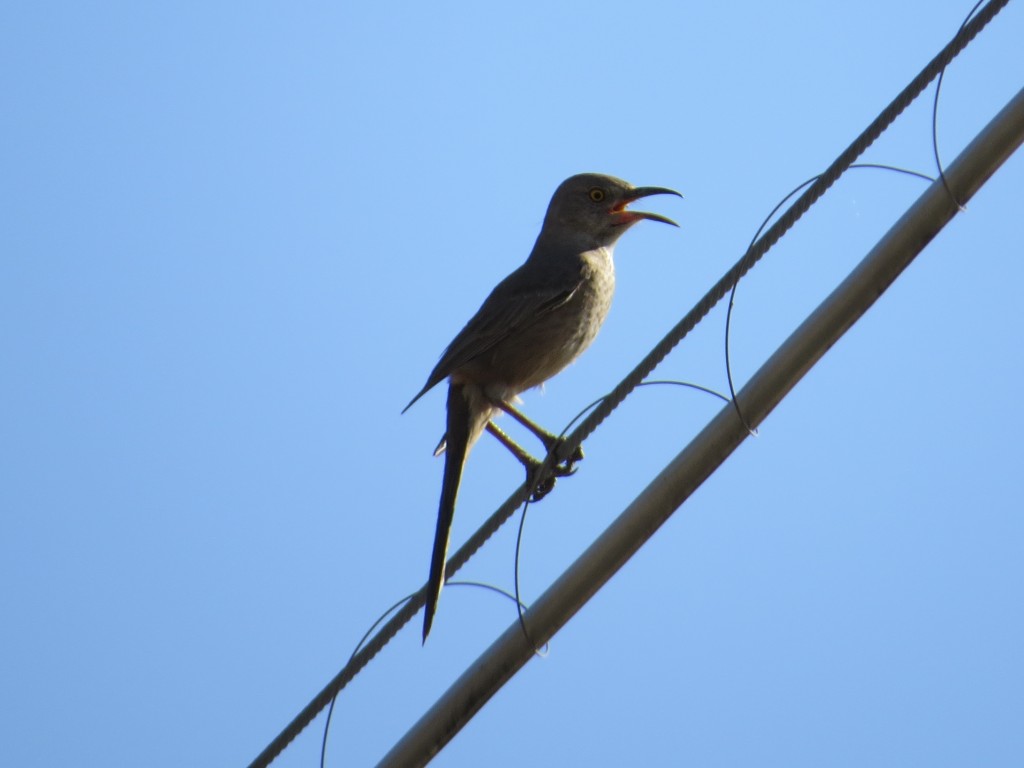
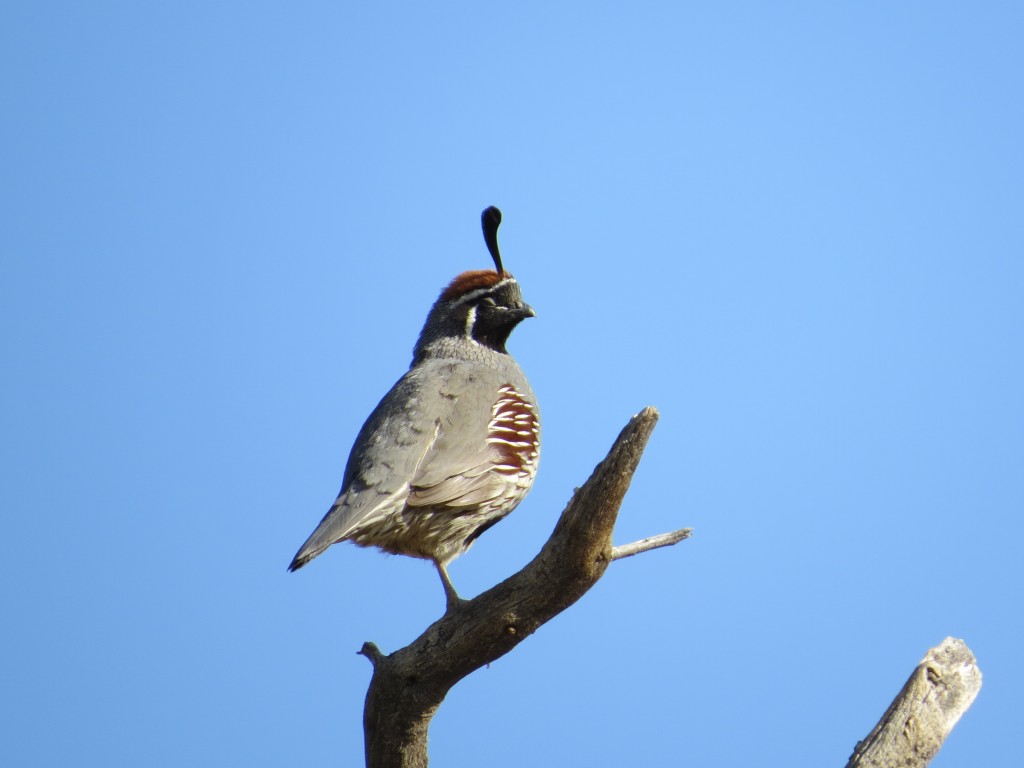
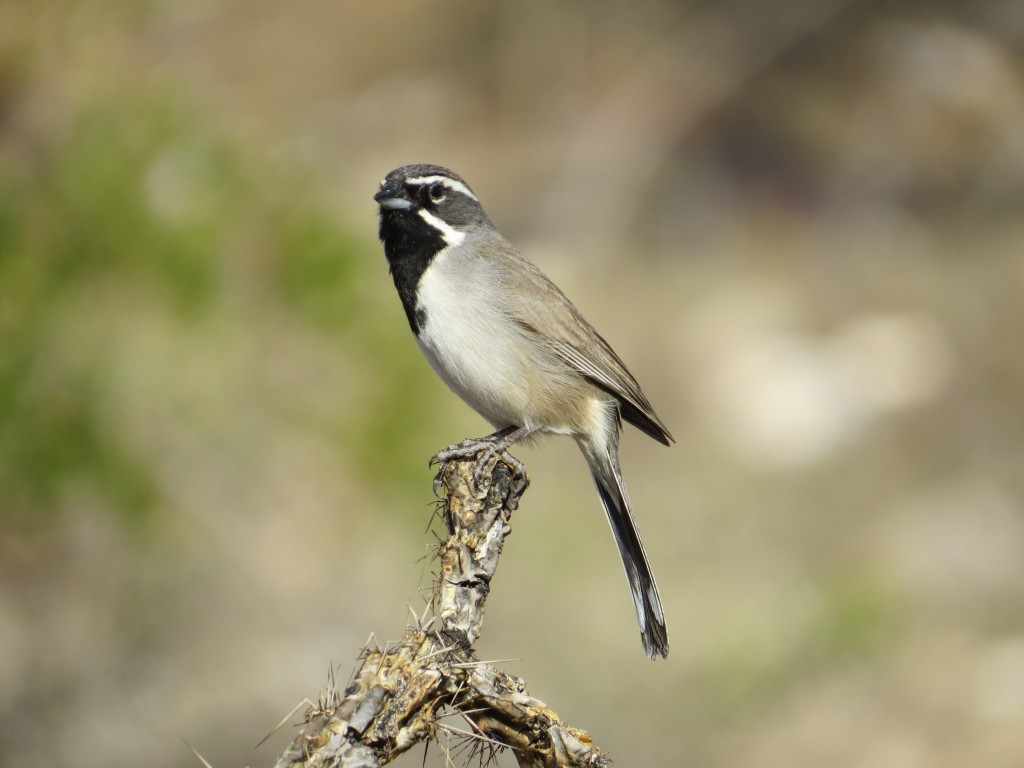
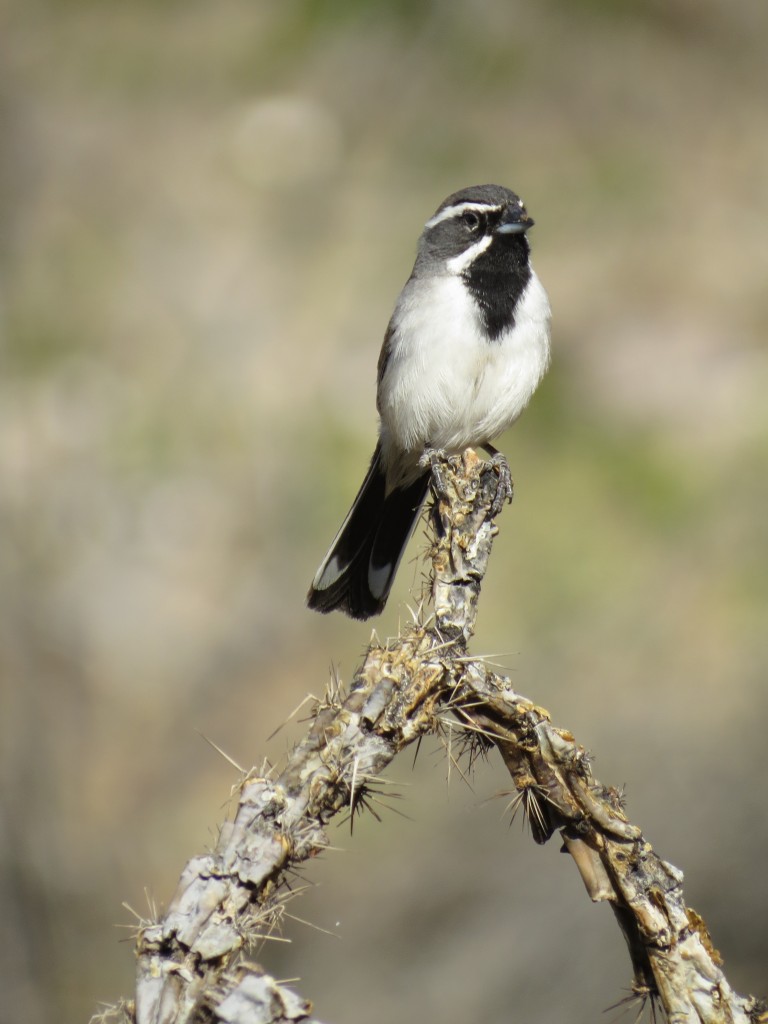
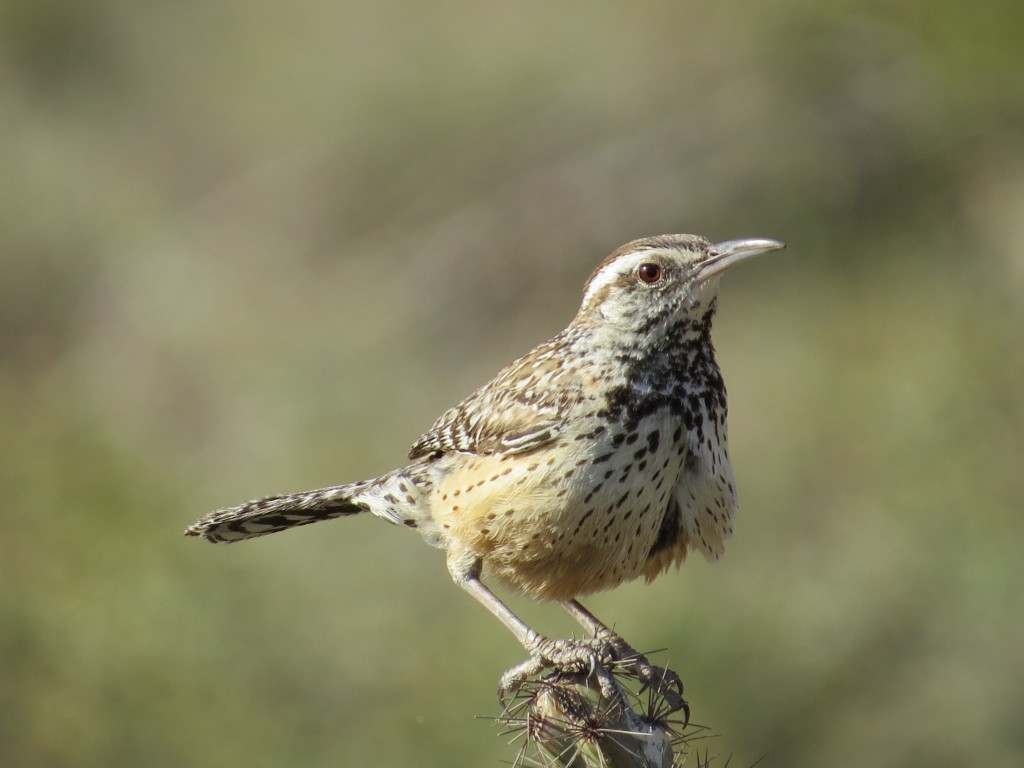
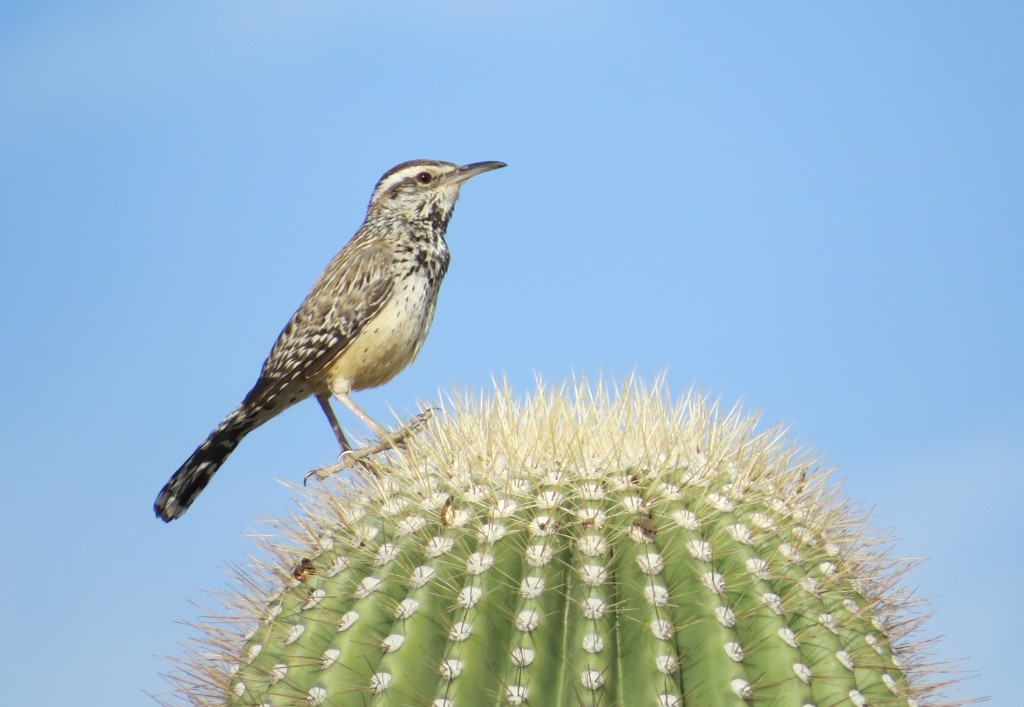
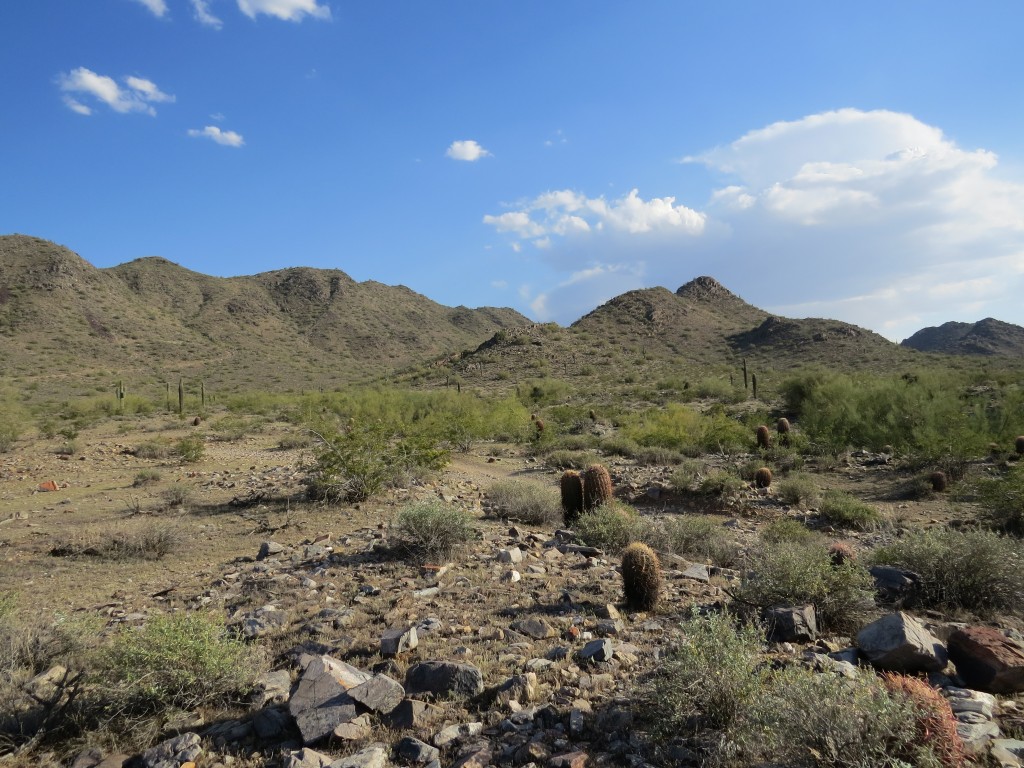
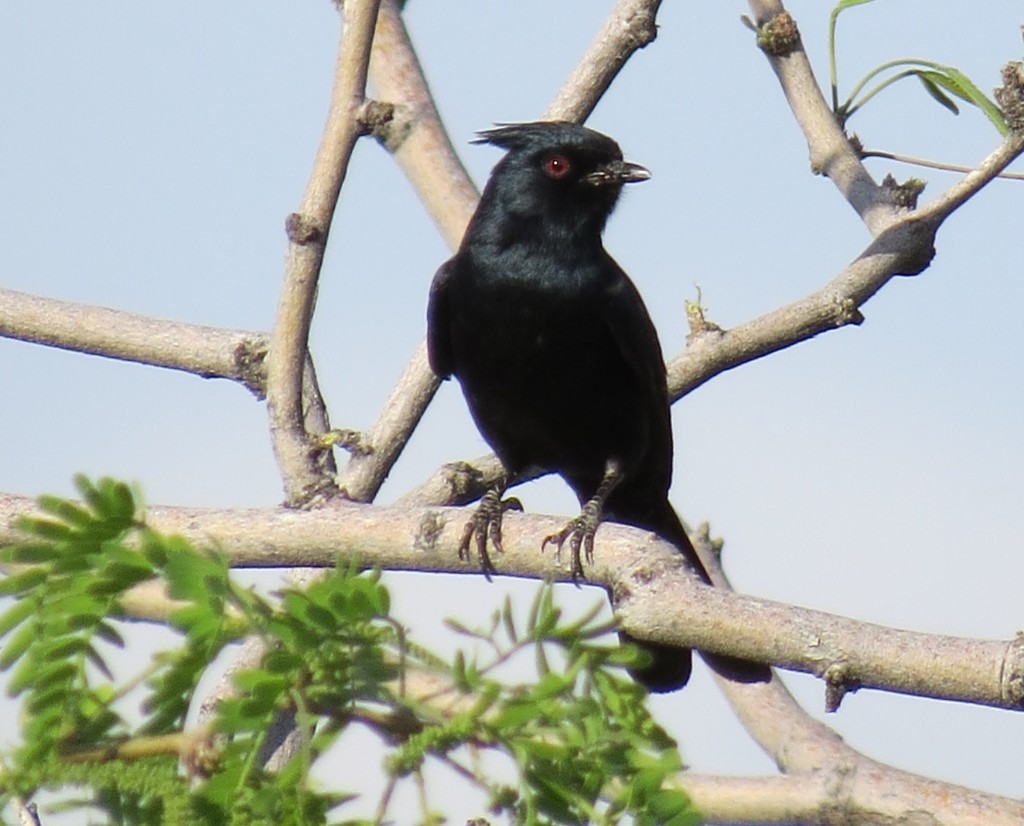
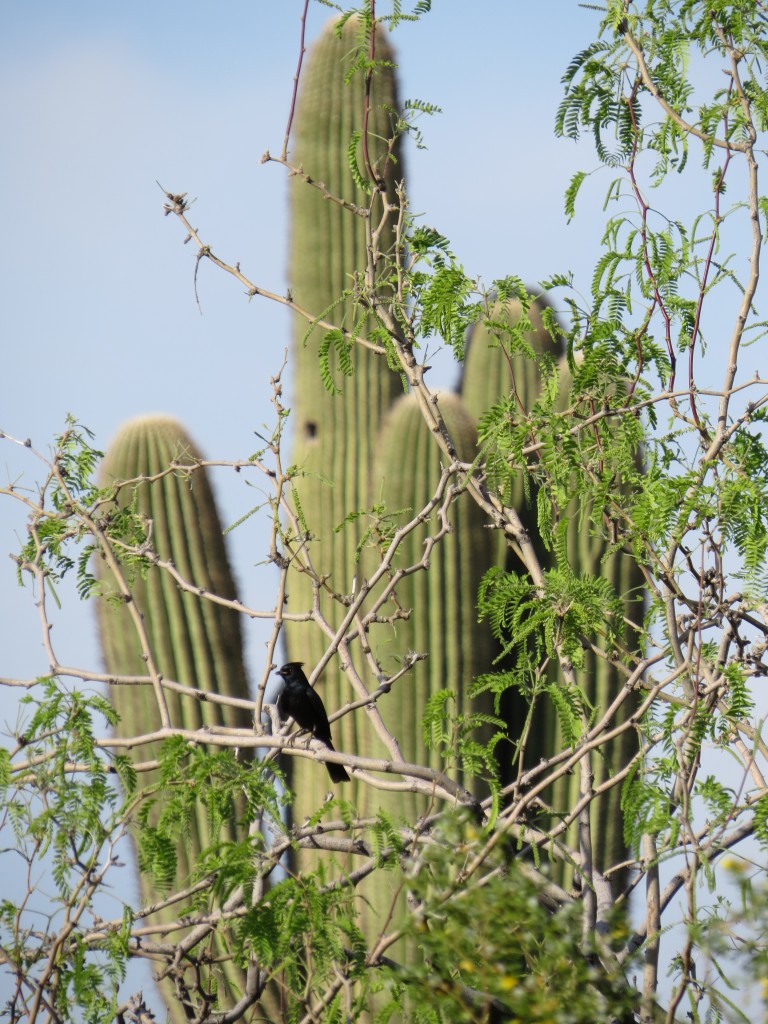
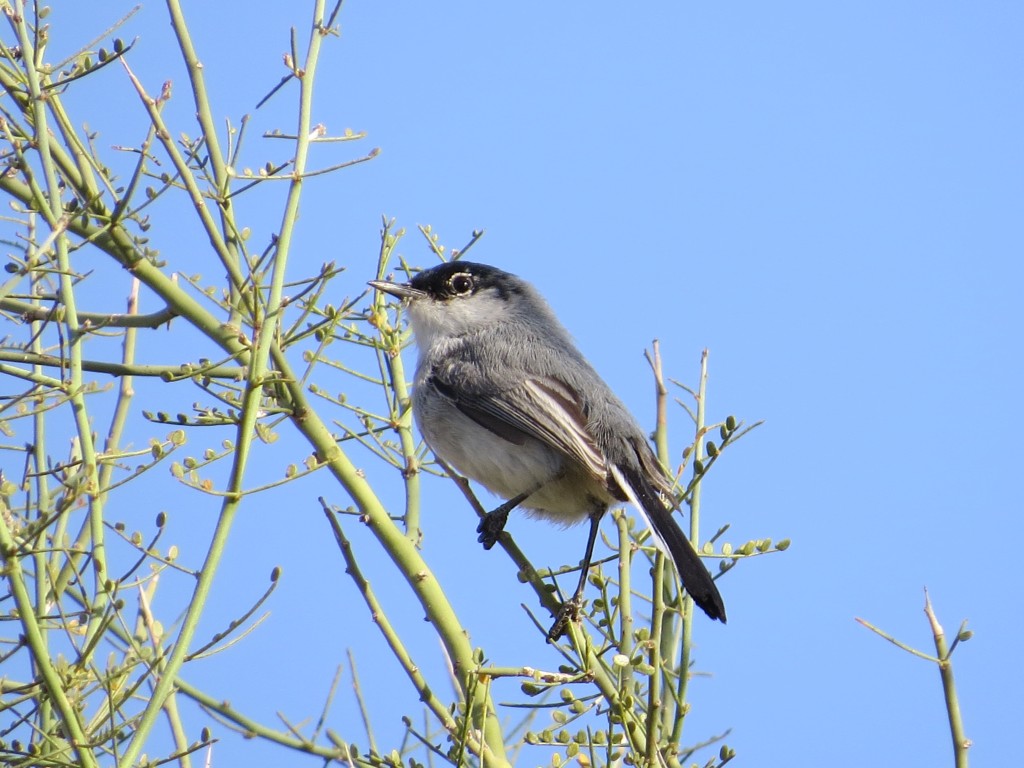
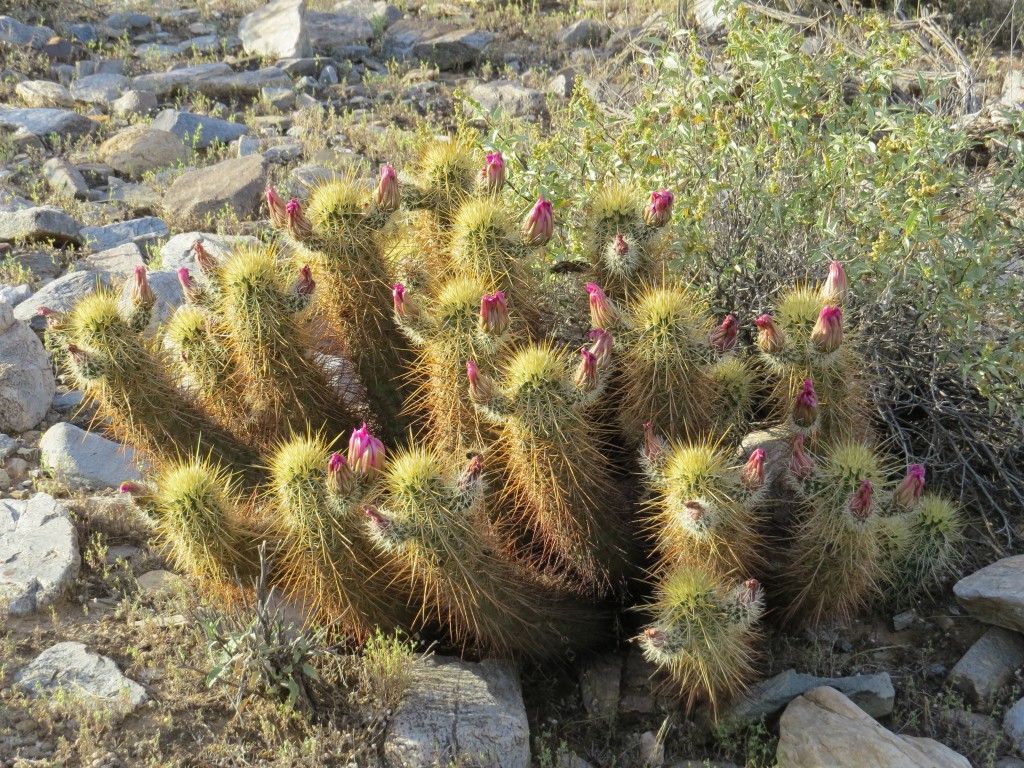
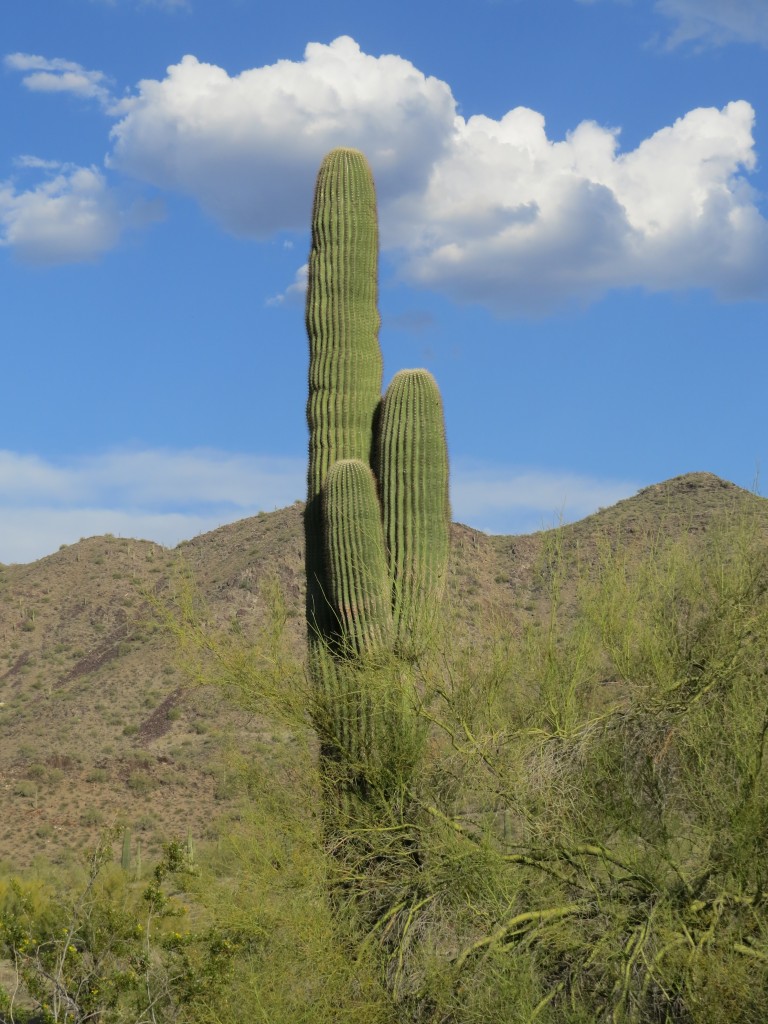
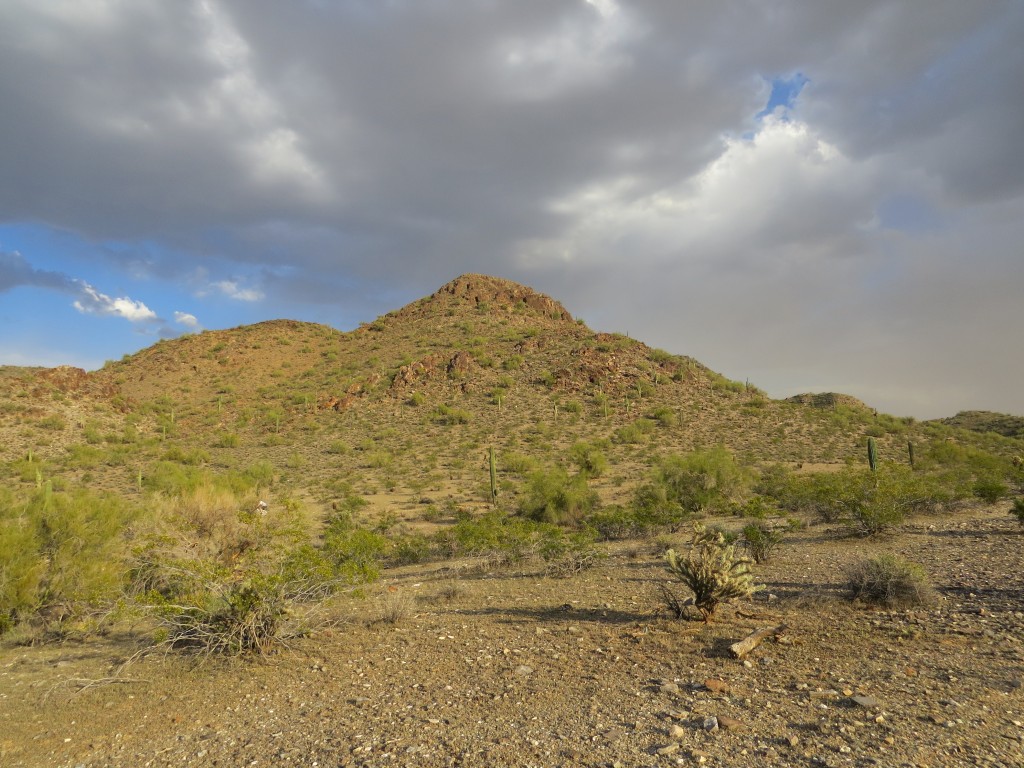 Our fearless guide kept watch for the next lifer.
Our fearless guide kept watch for the next lifer.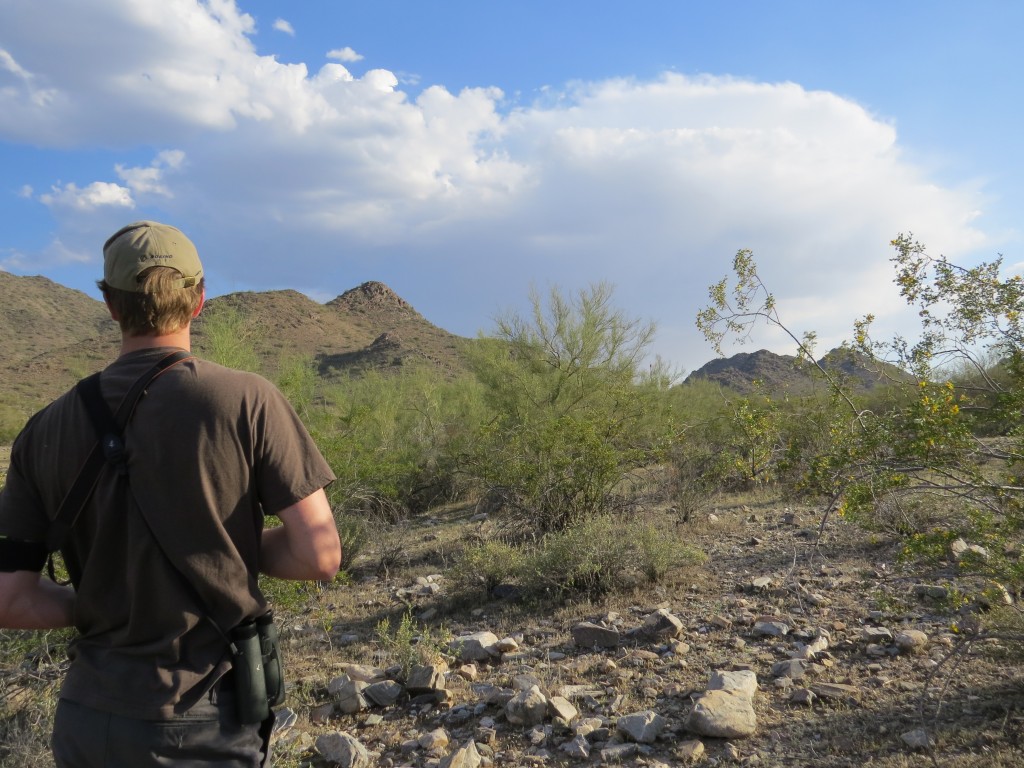 The next bird wasn’t a lifer nor a good photo op, but it’s a nice bird in my book, so it deserves a photo post – the Loggerhead Shrike.
The next bird wasn’t a lifer nor a good photo op, but it’s a nice bird in my book, so it deserves a photo post – the Loggerhead Shrike.